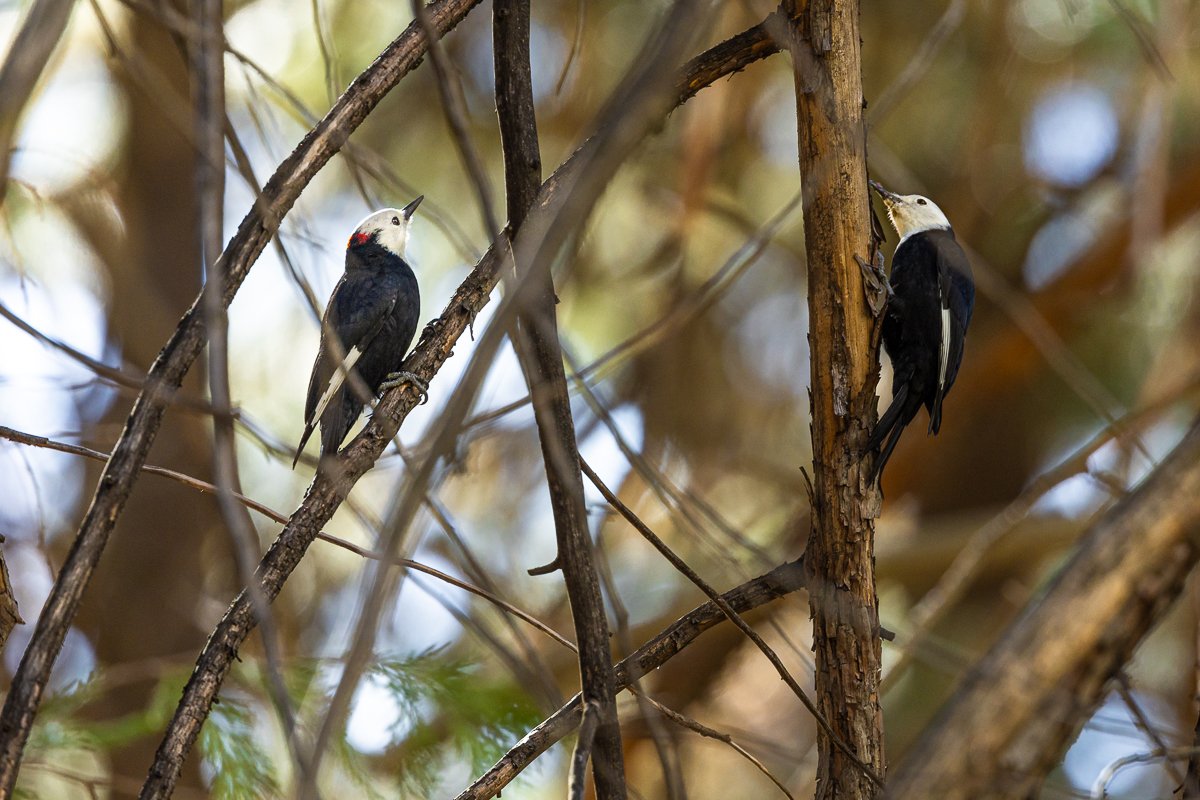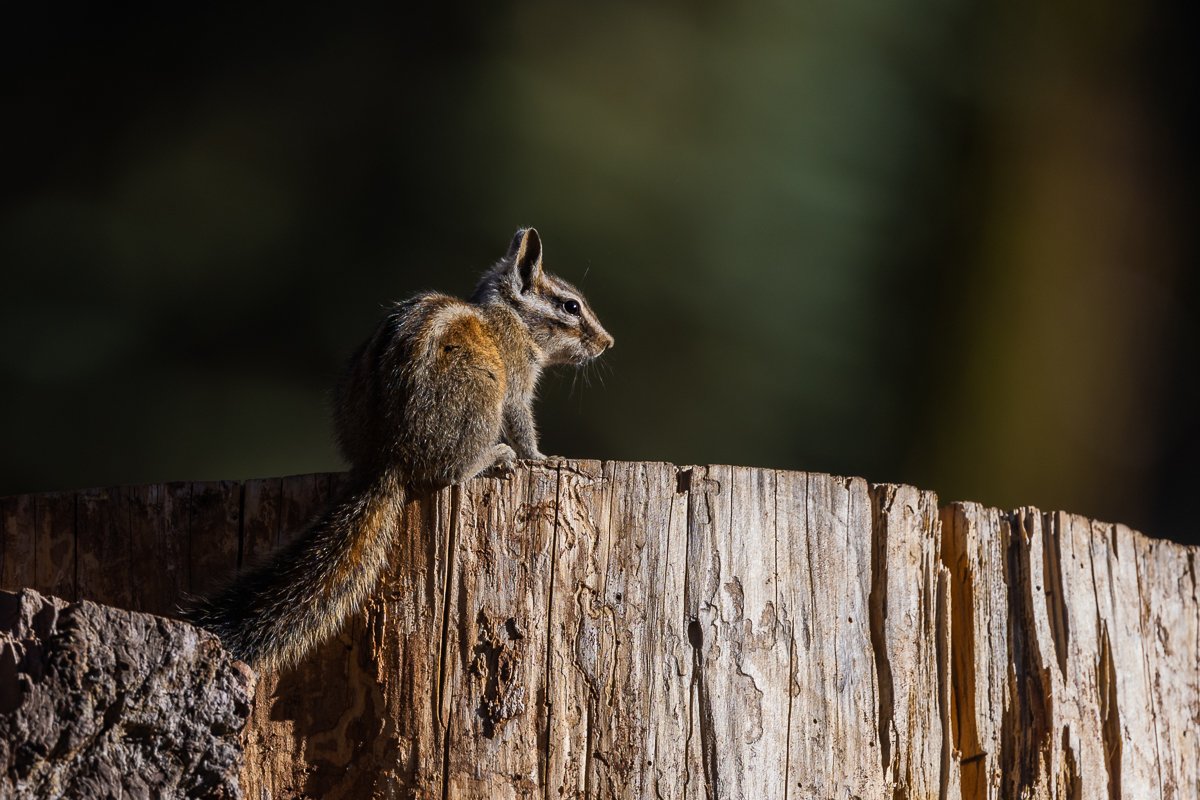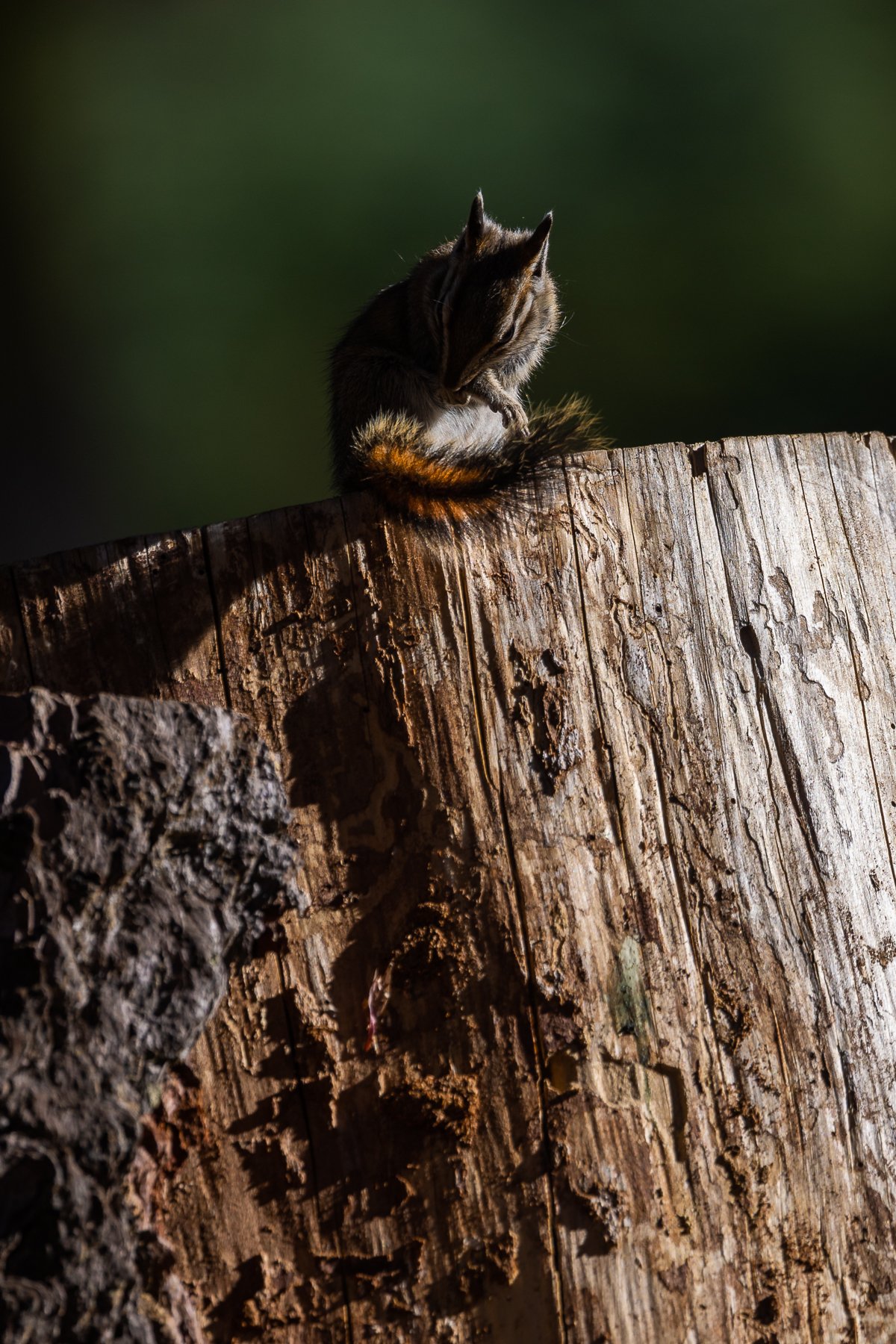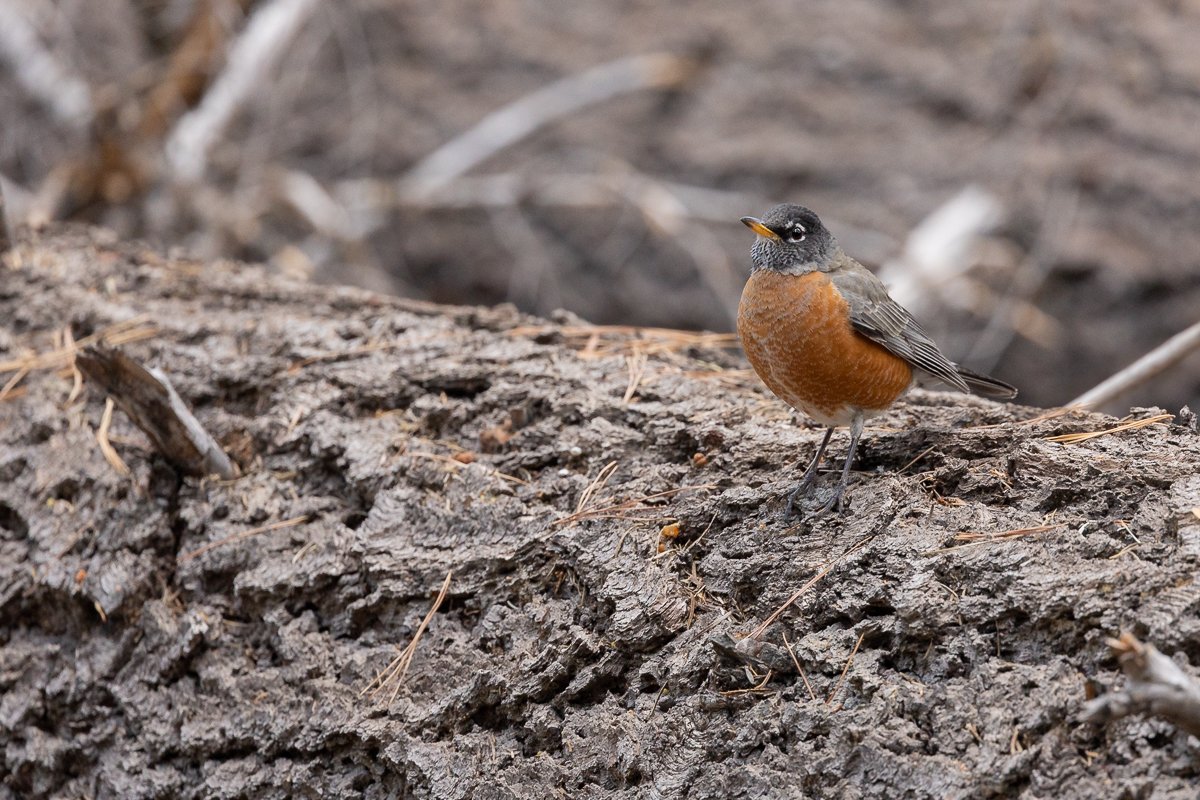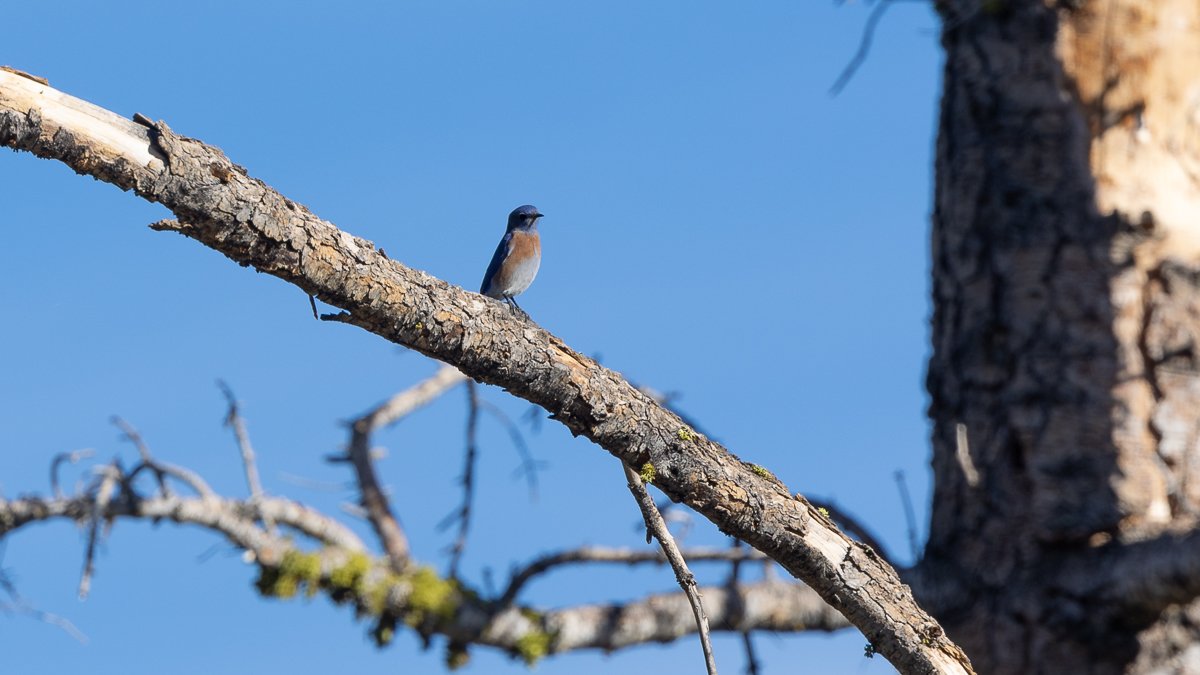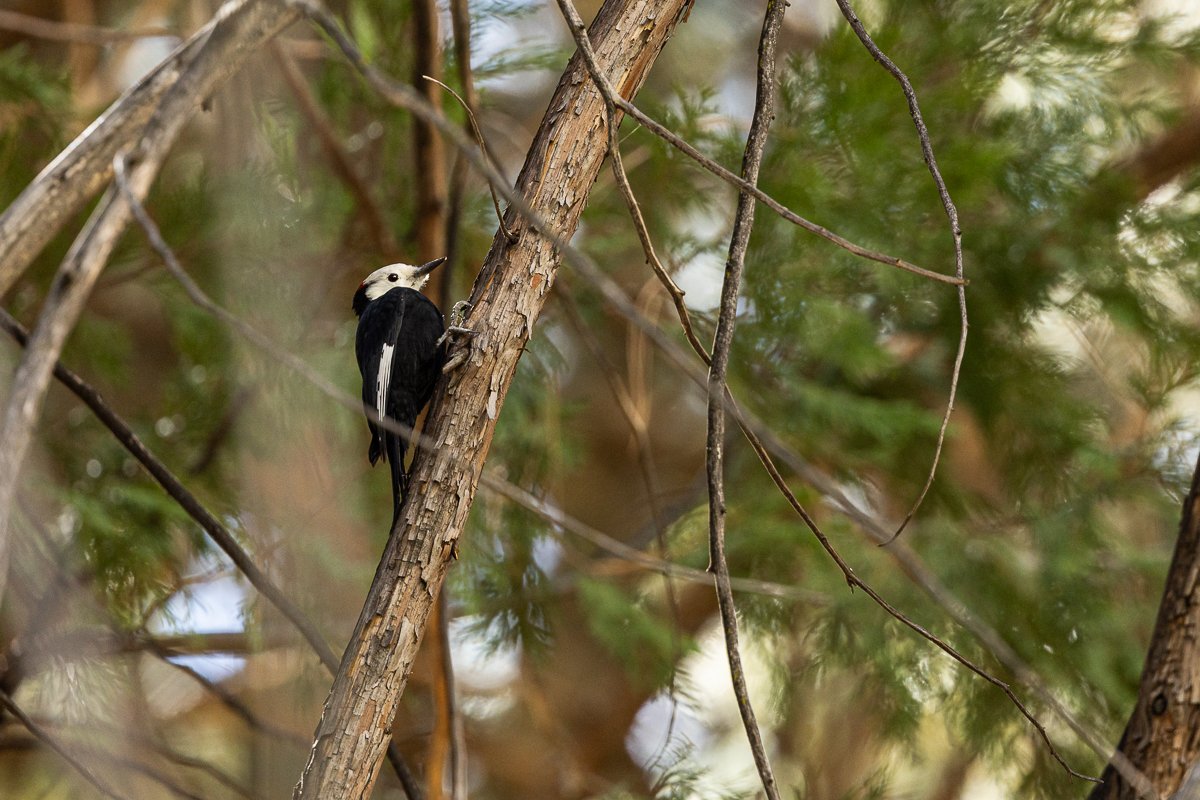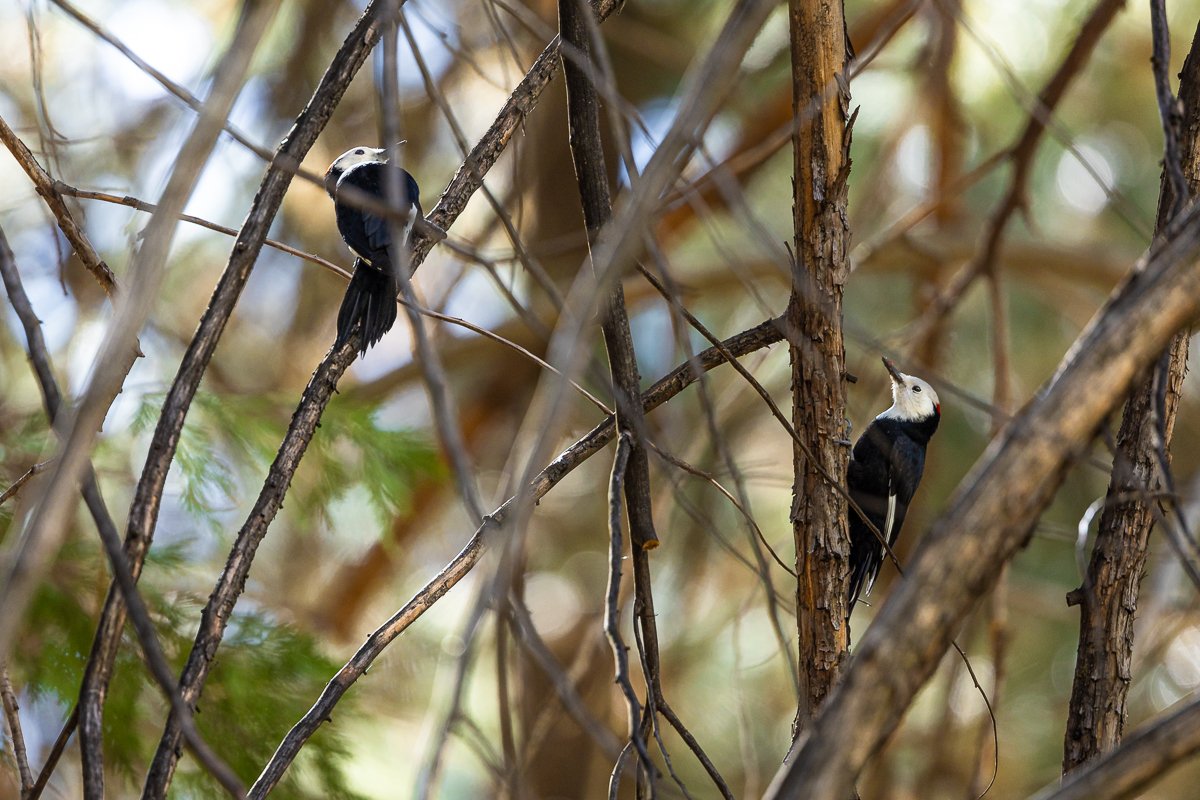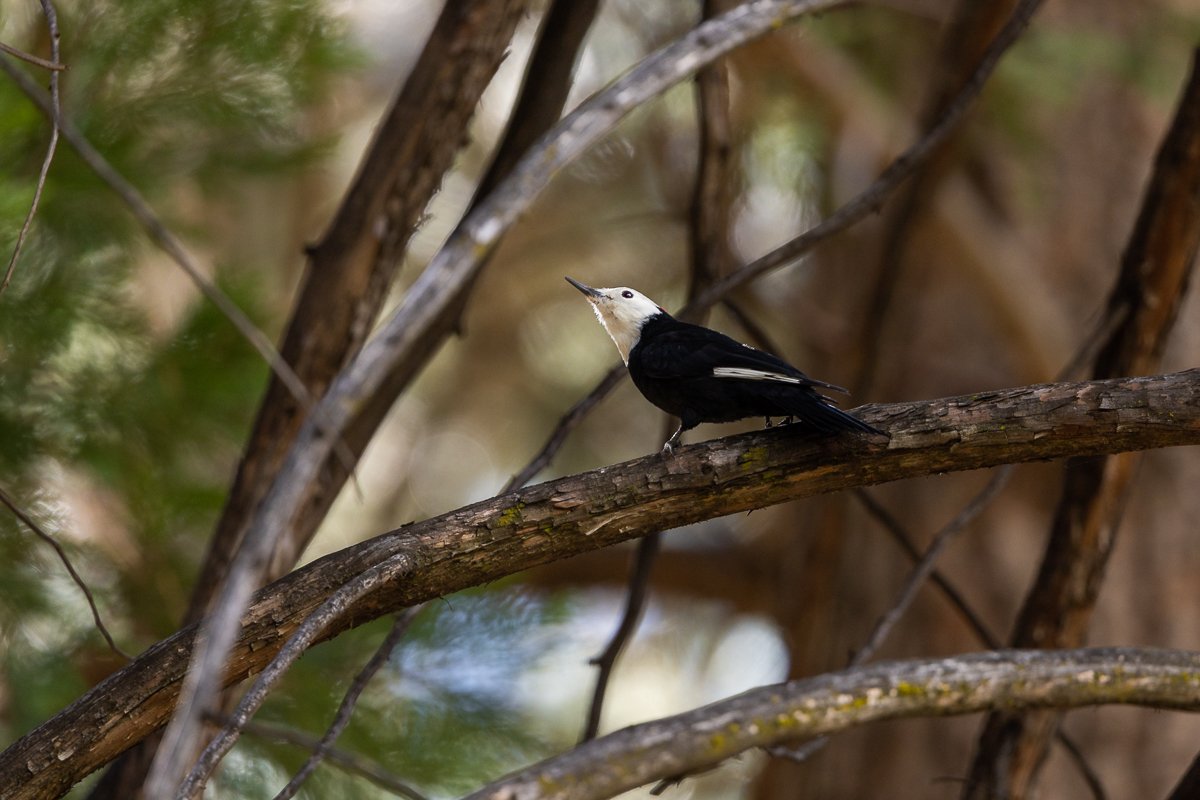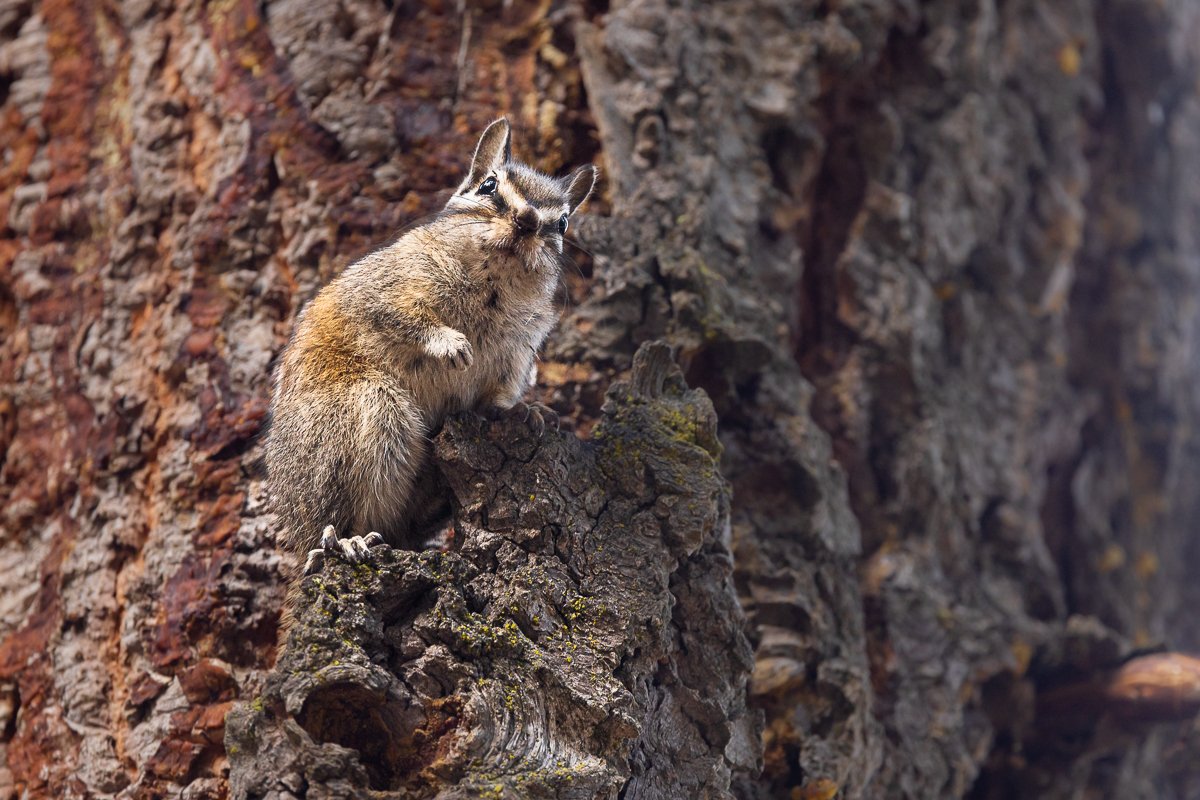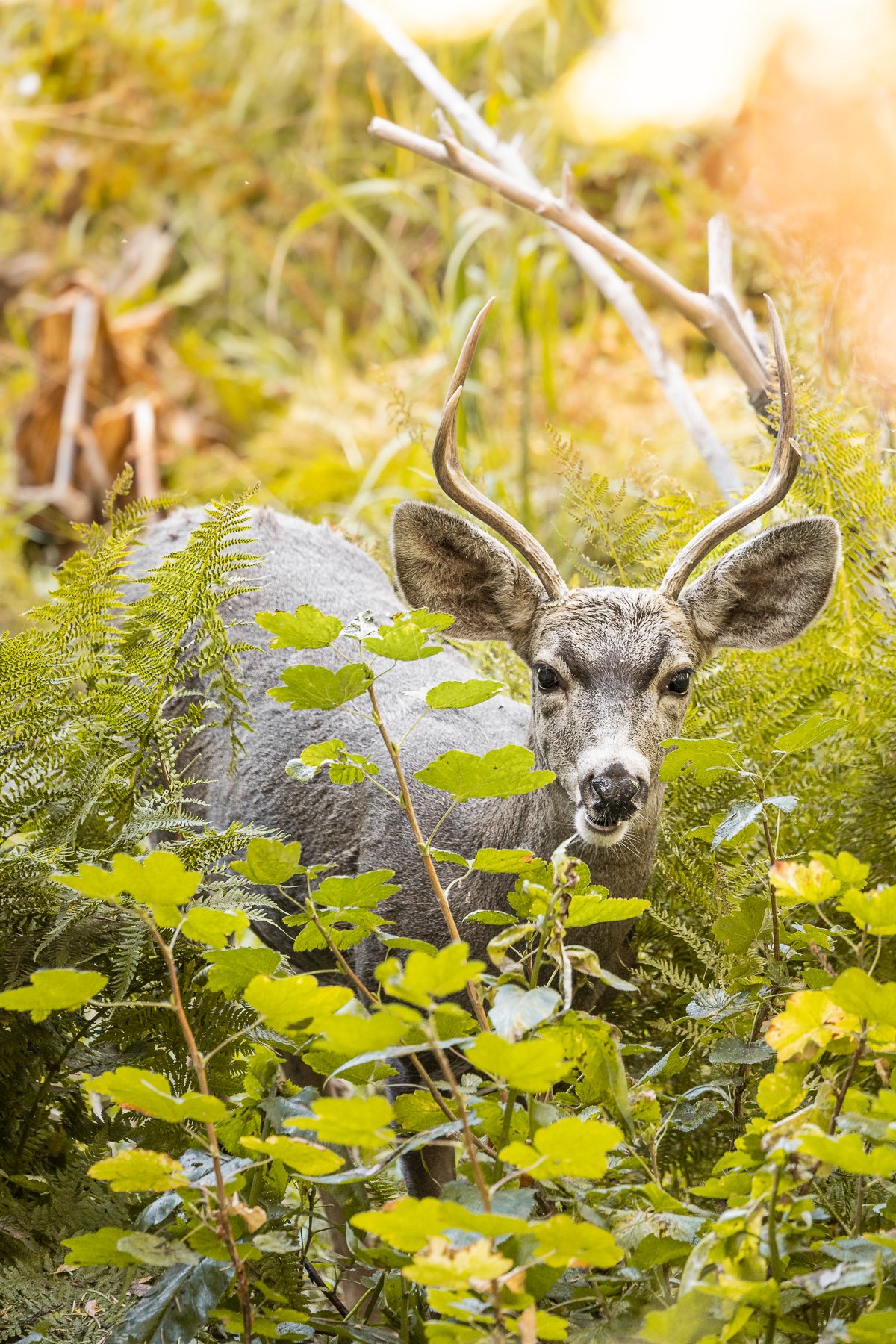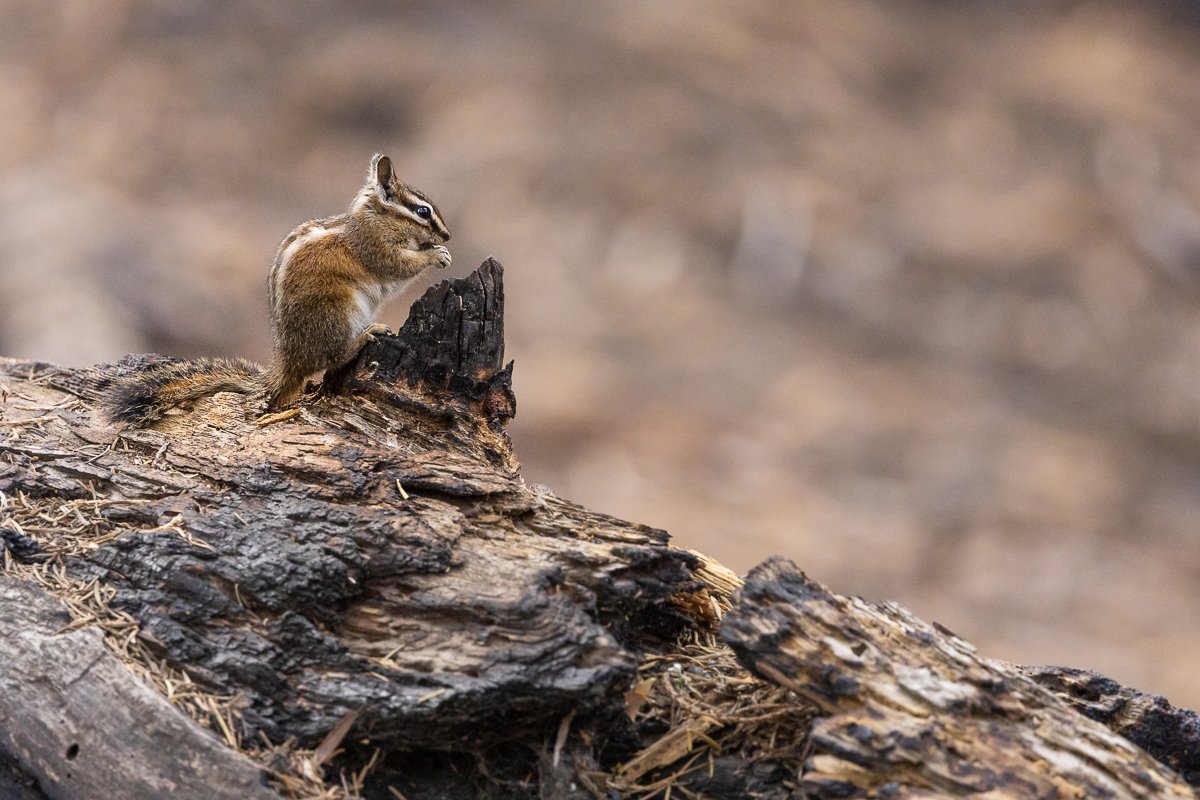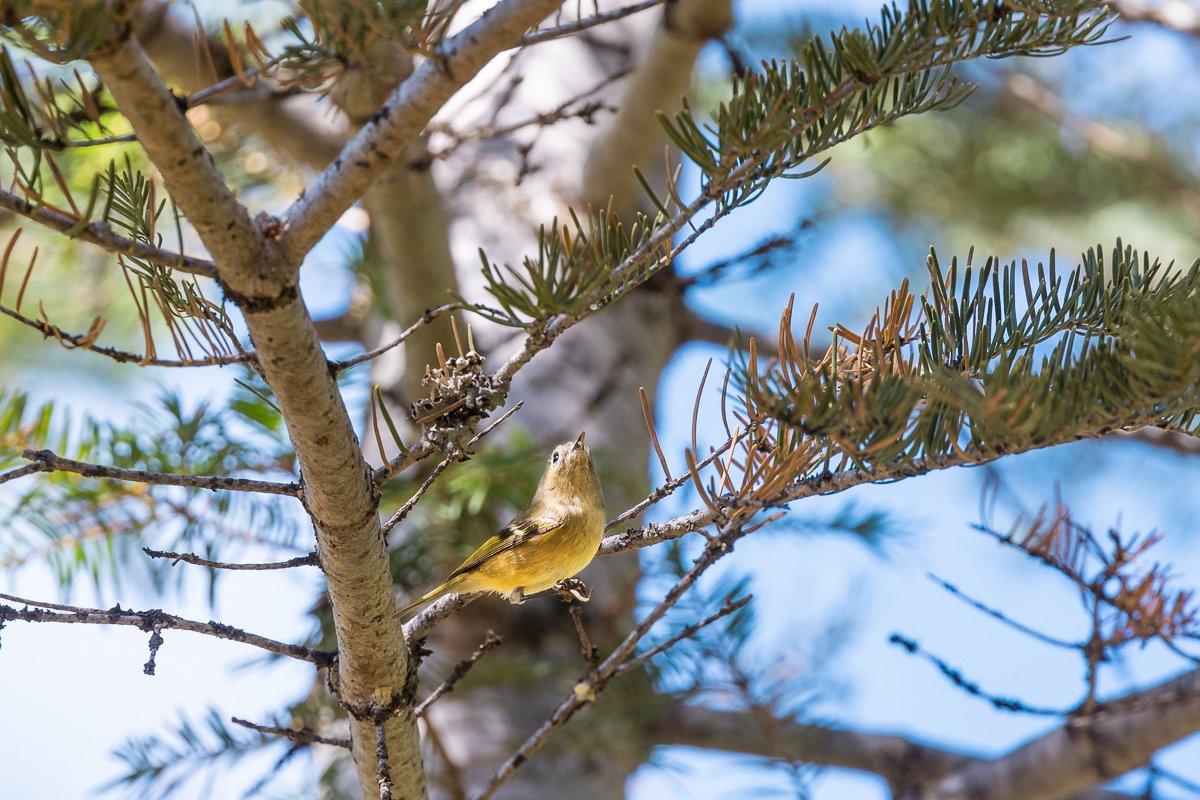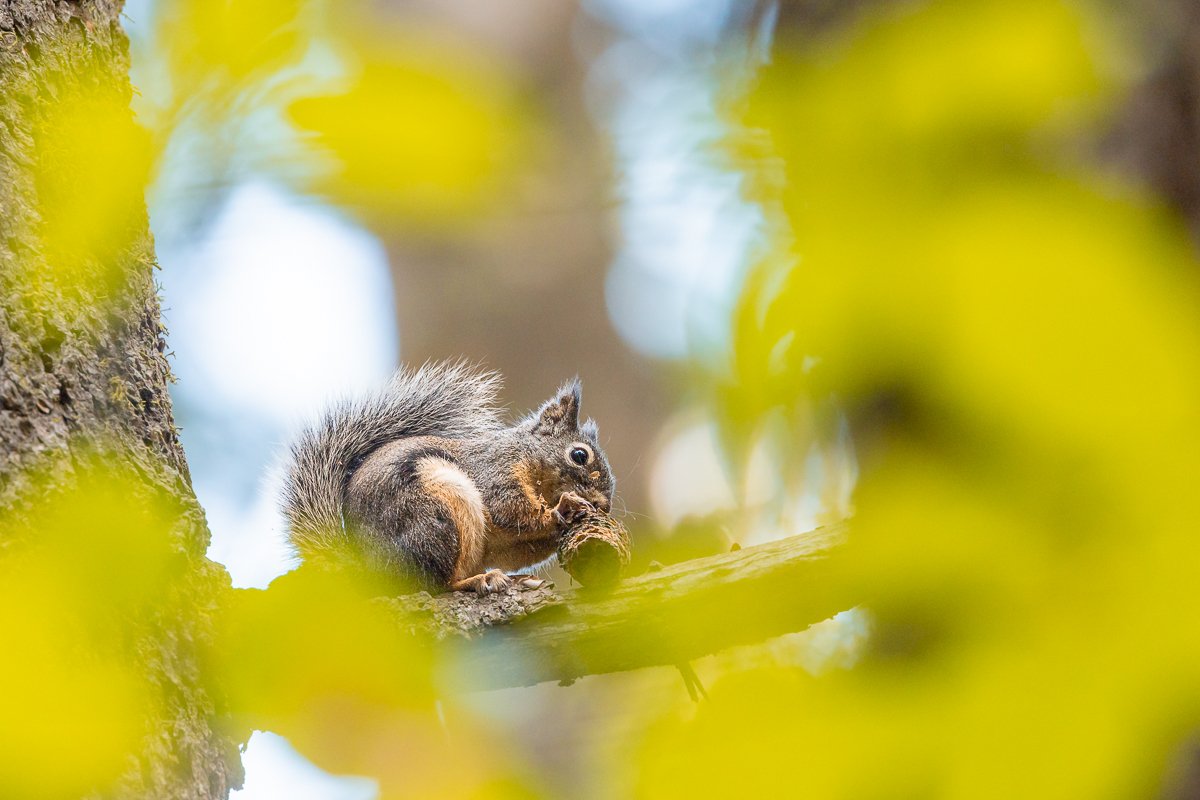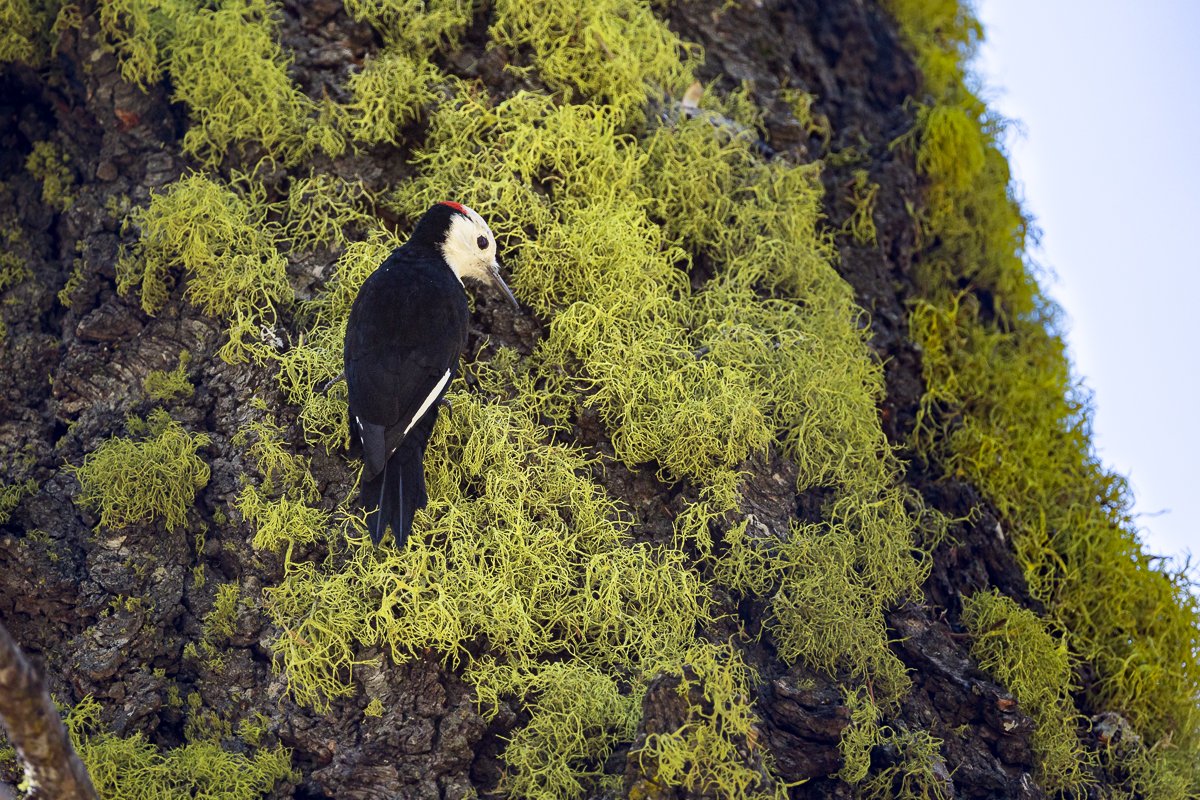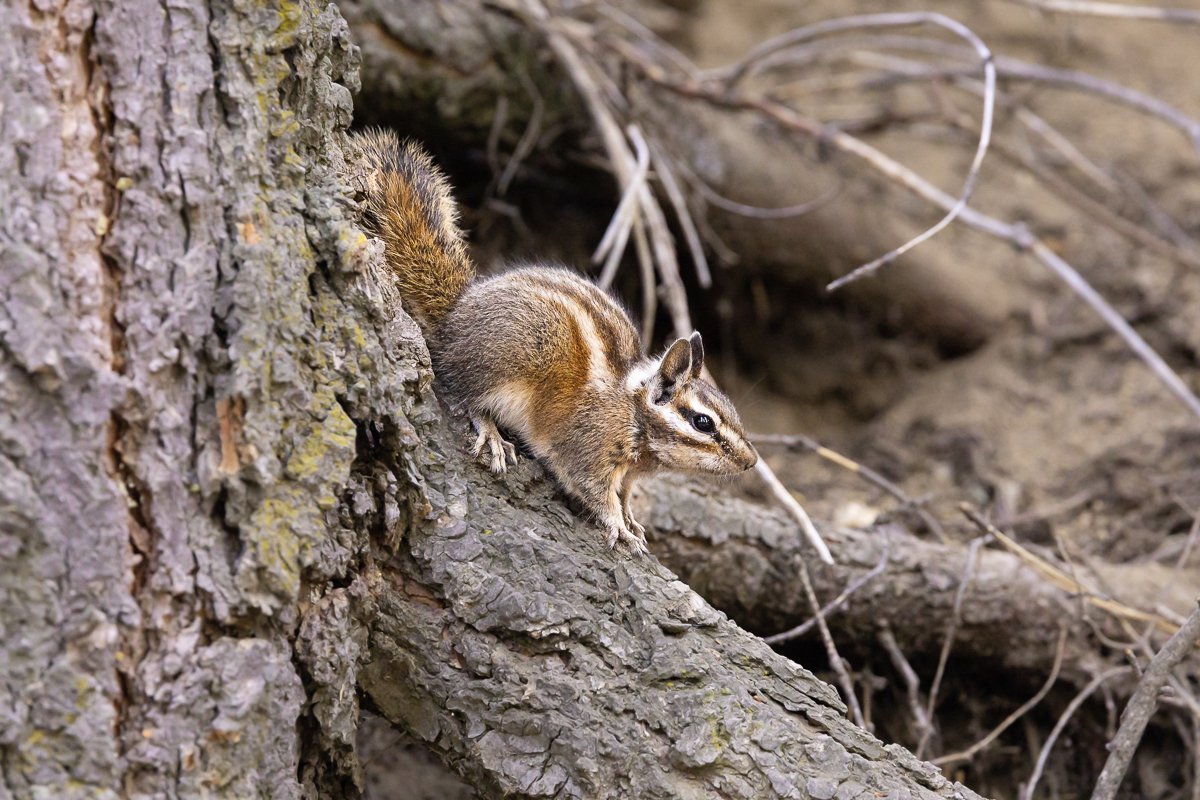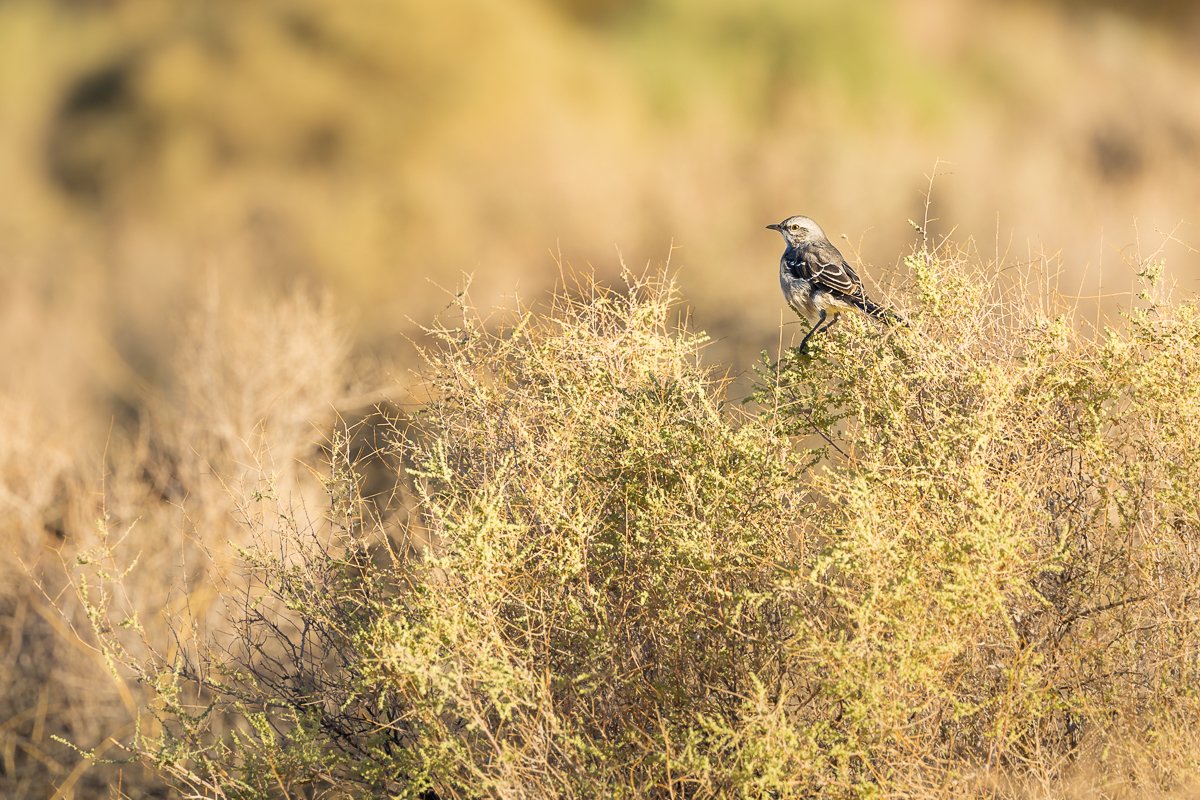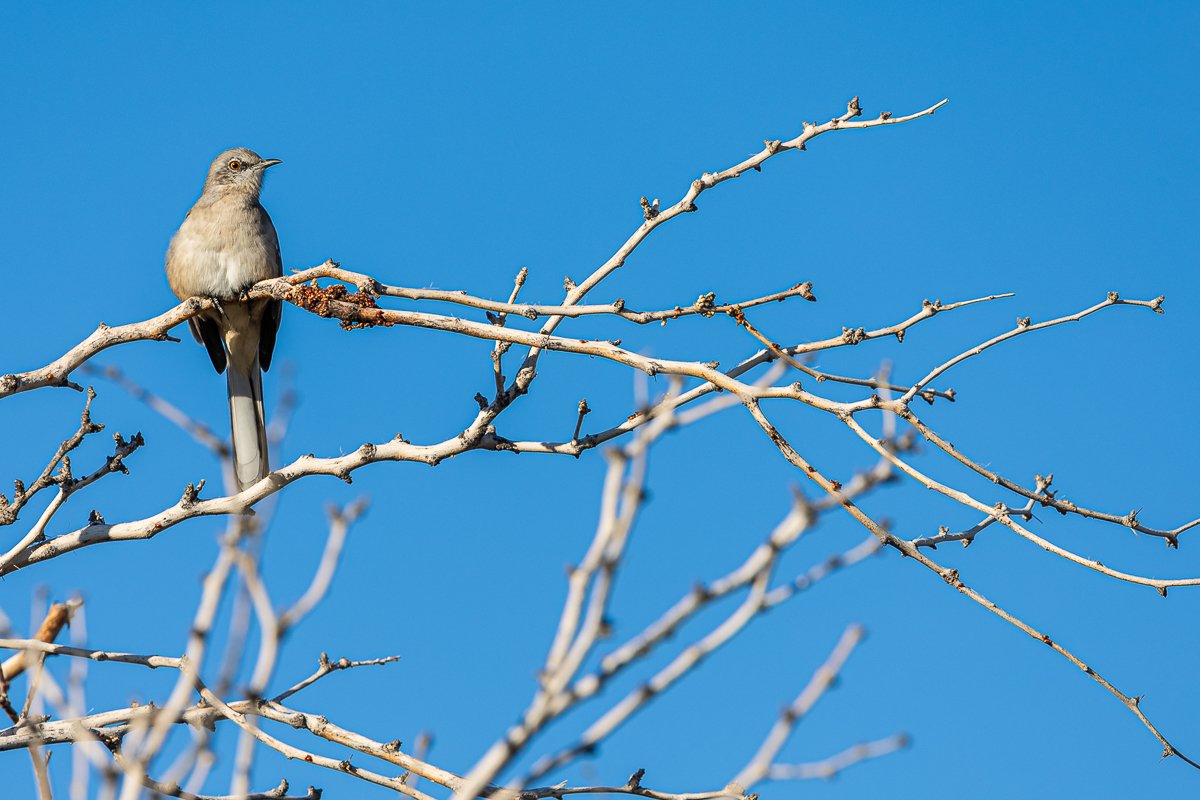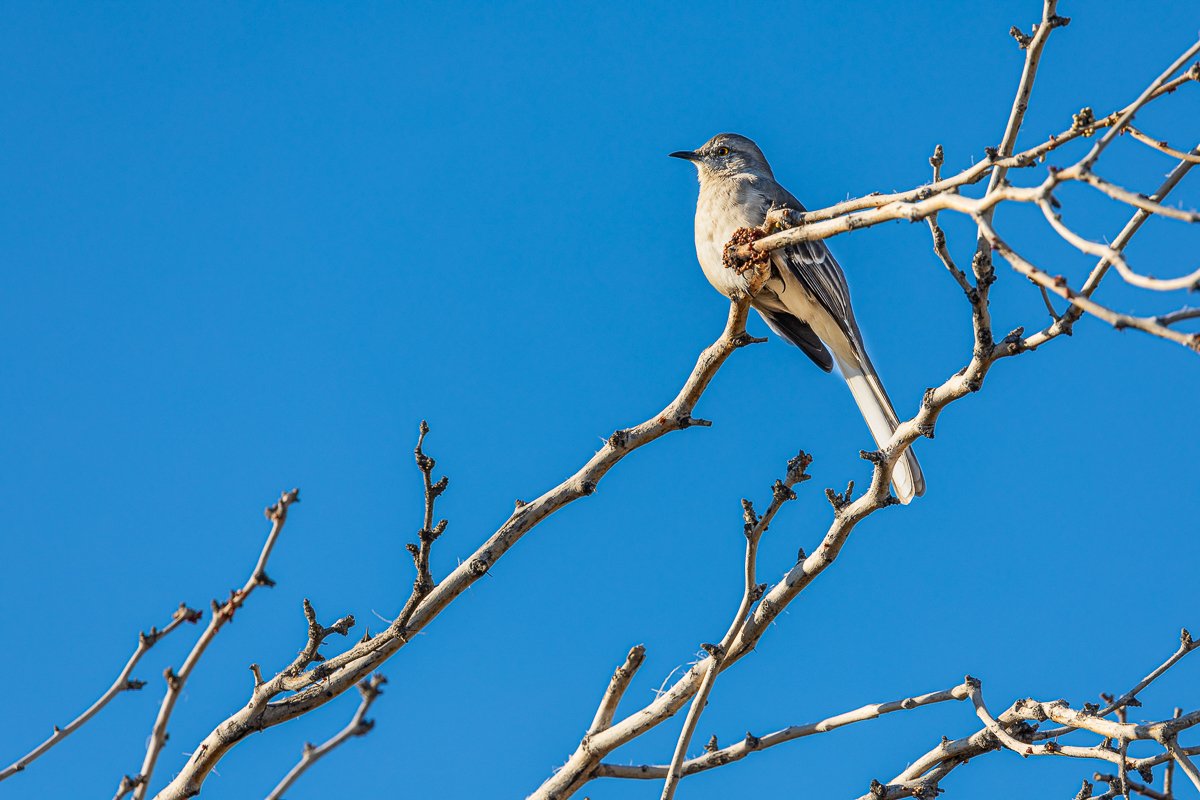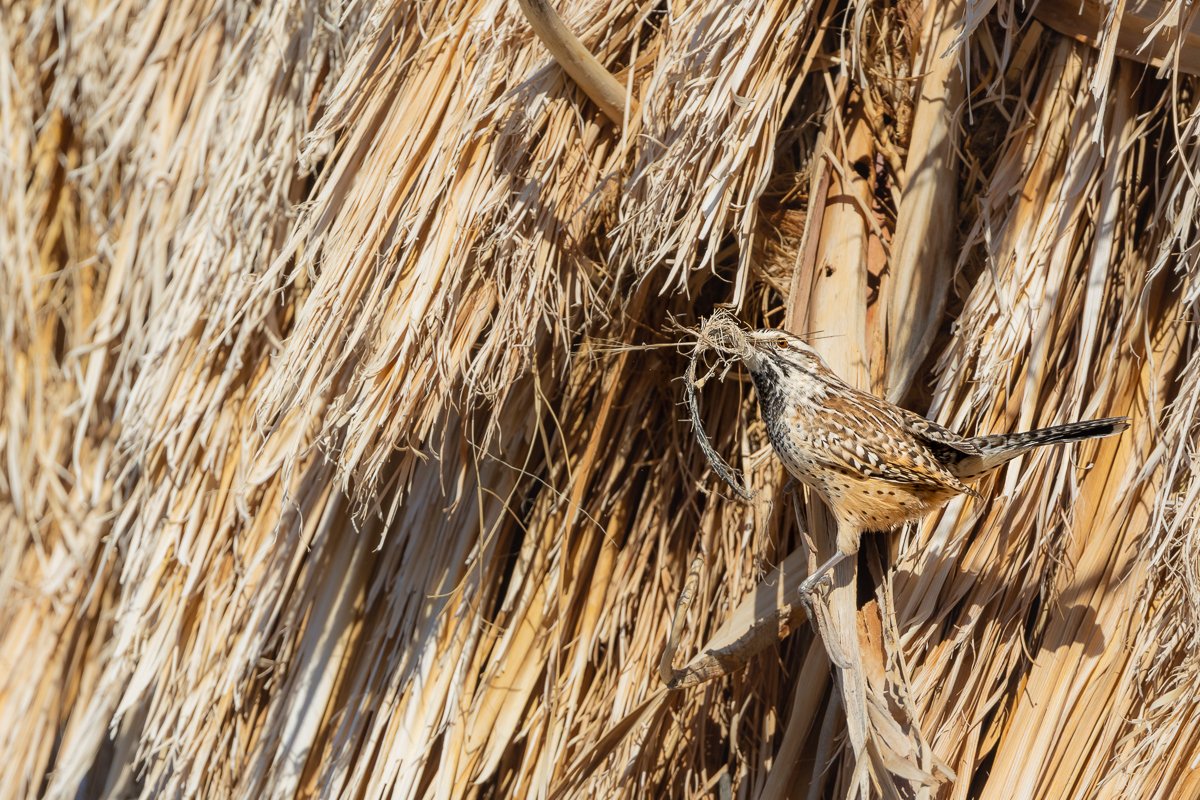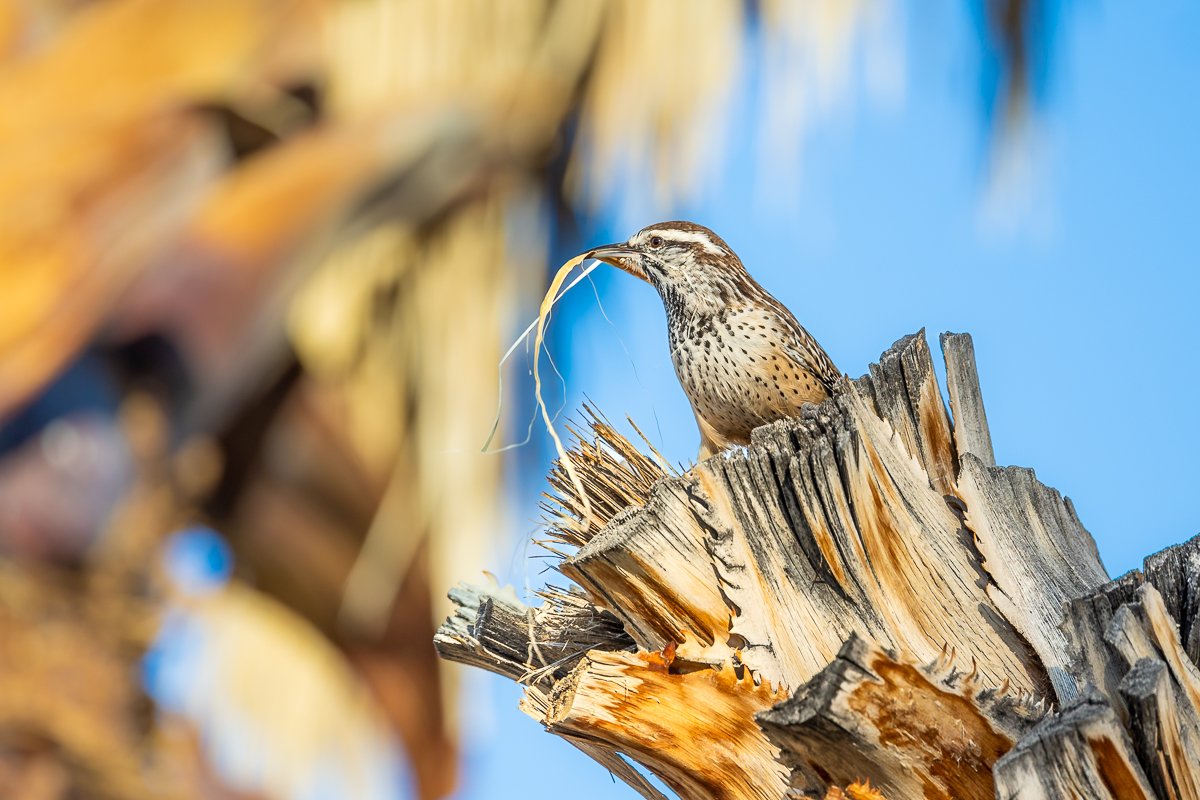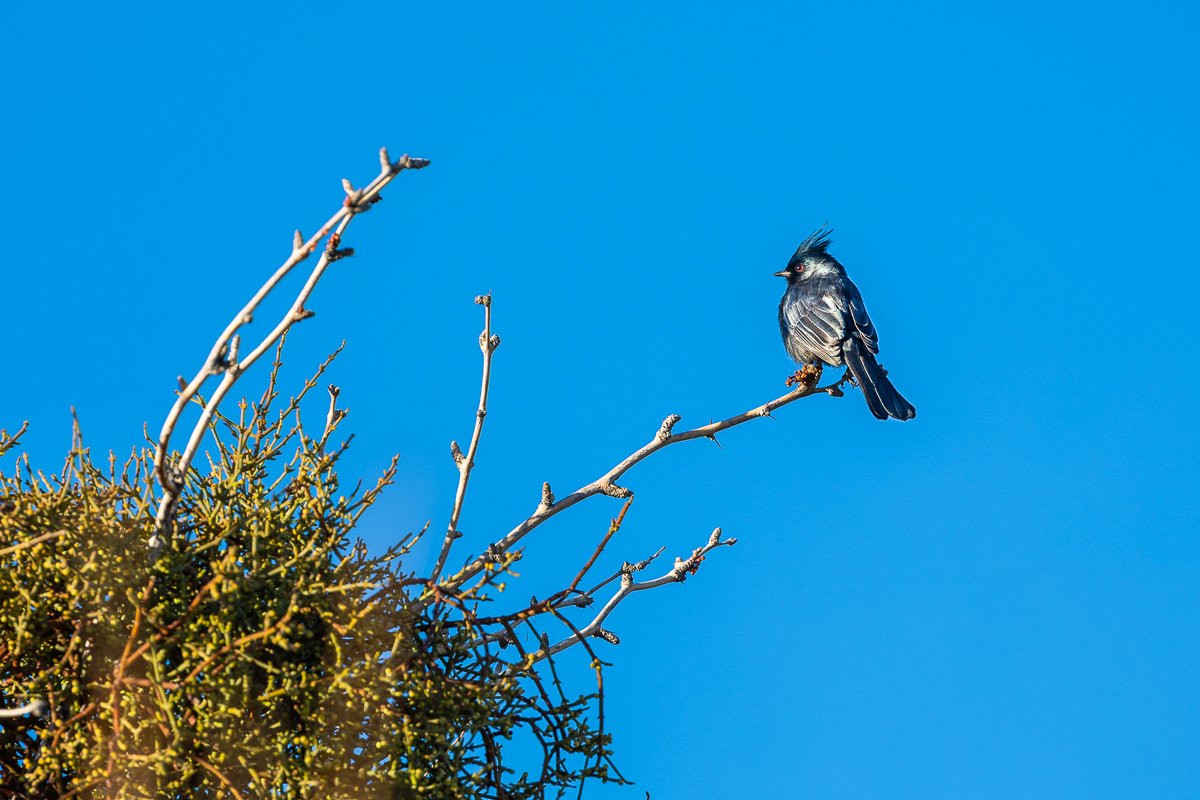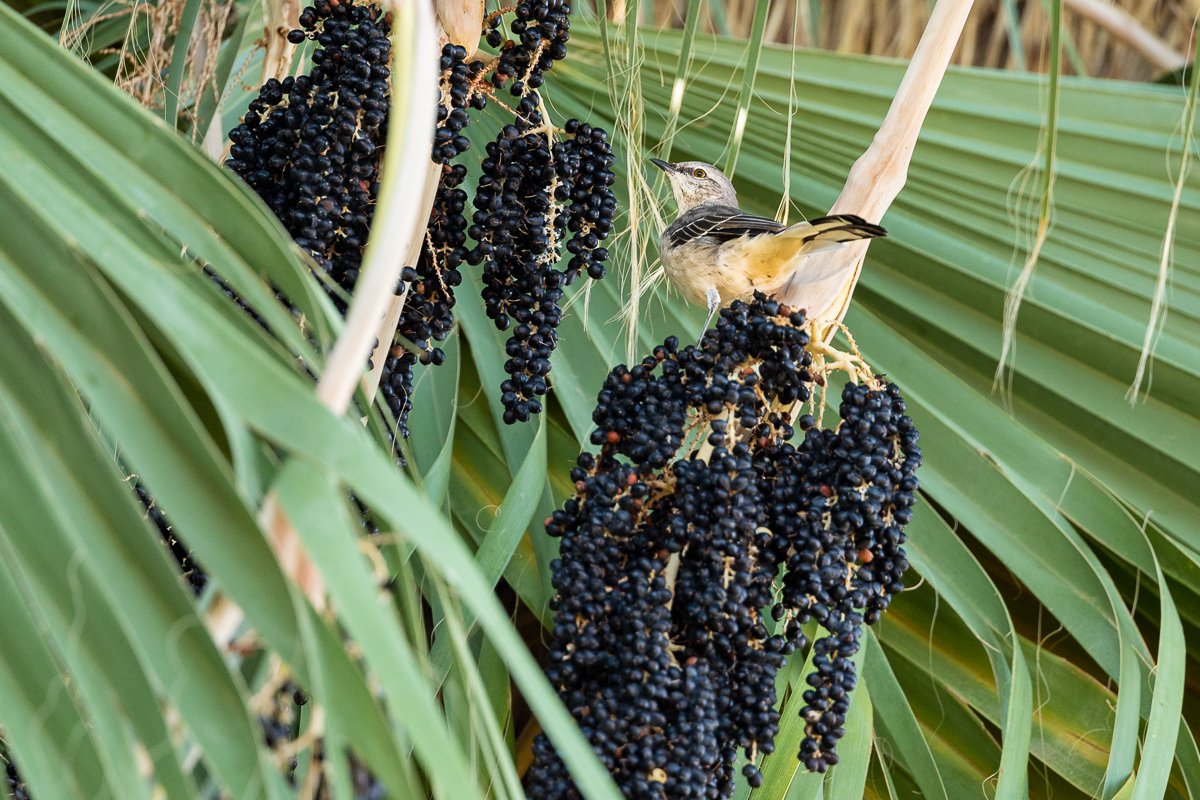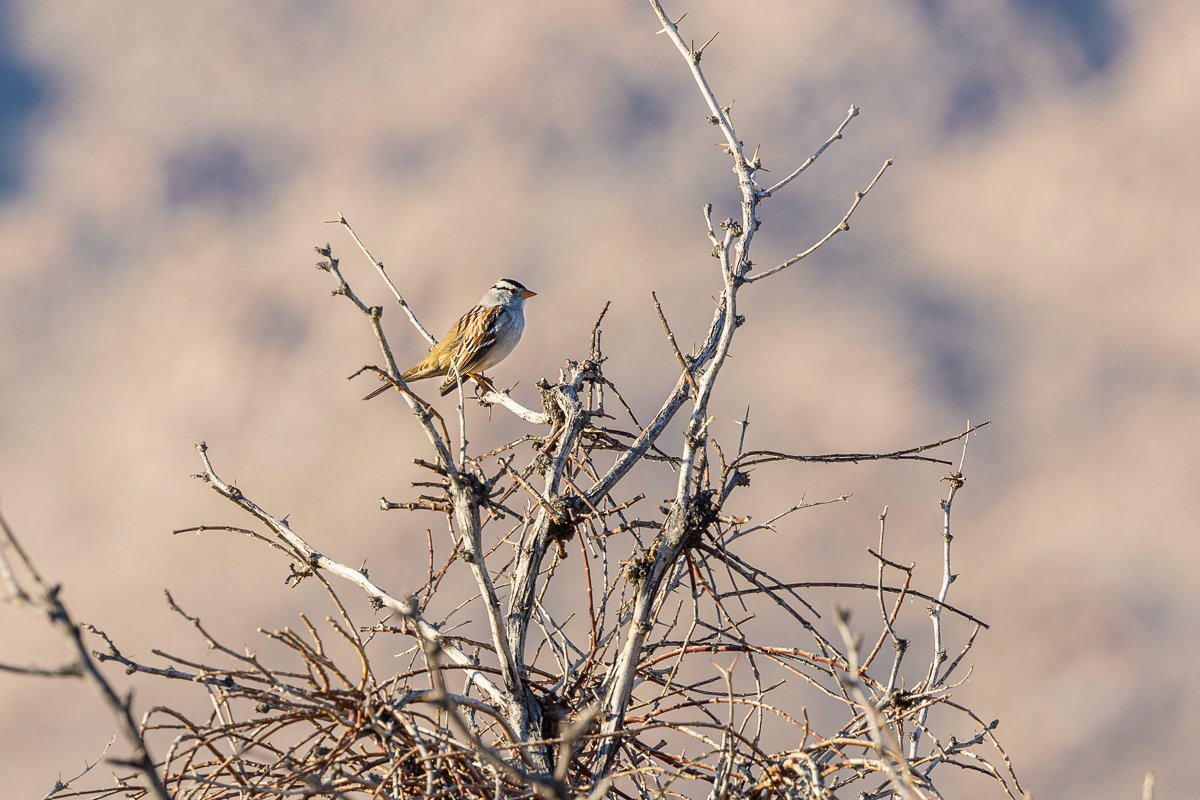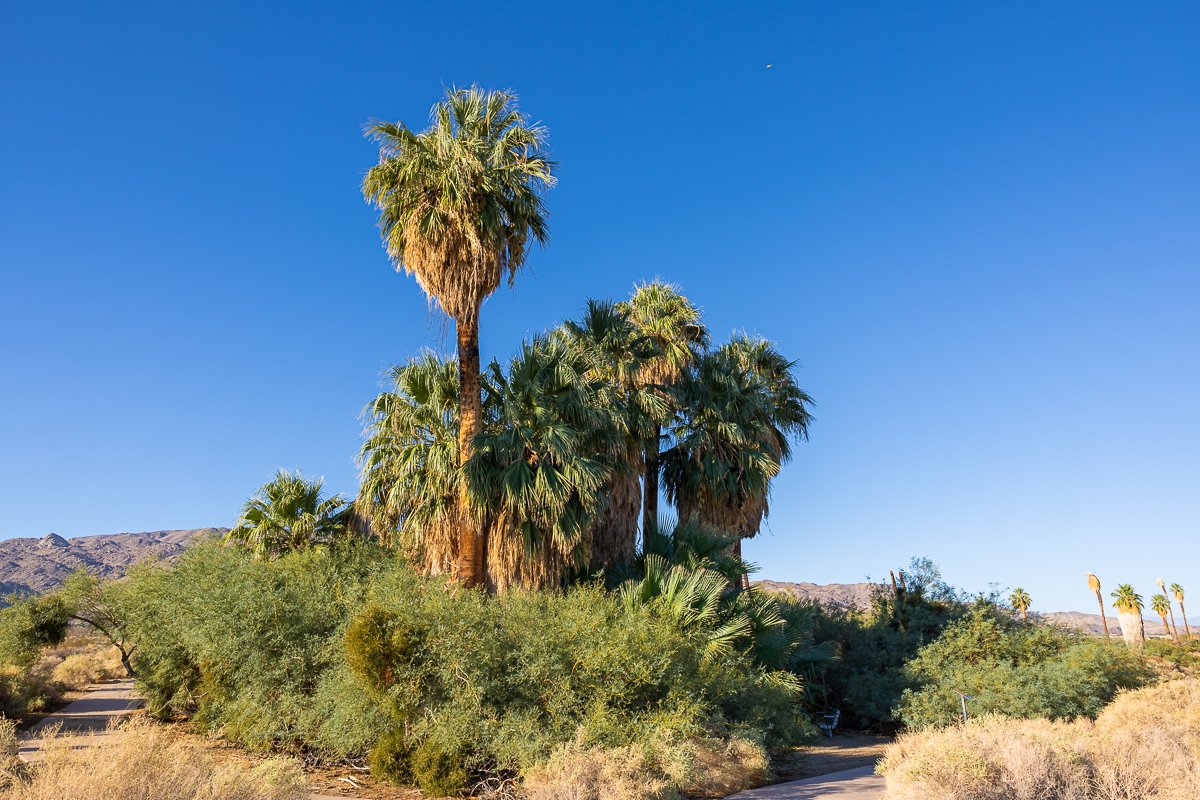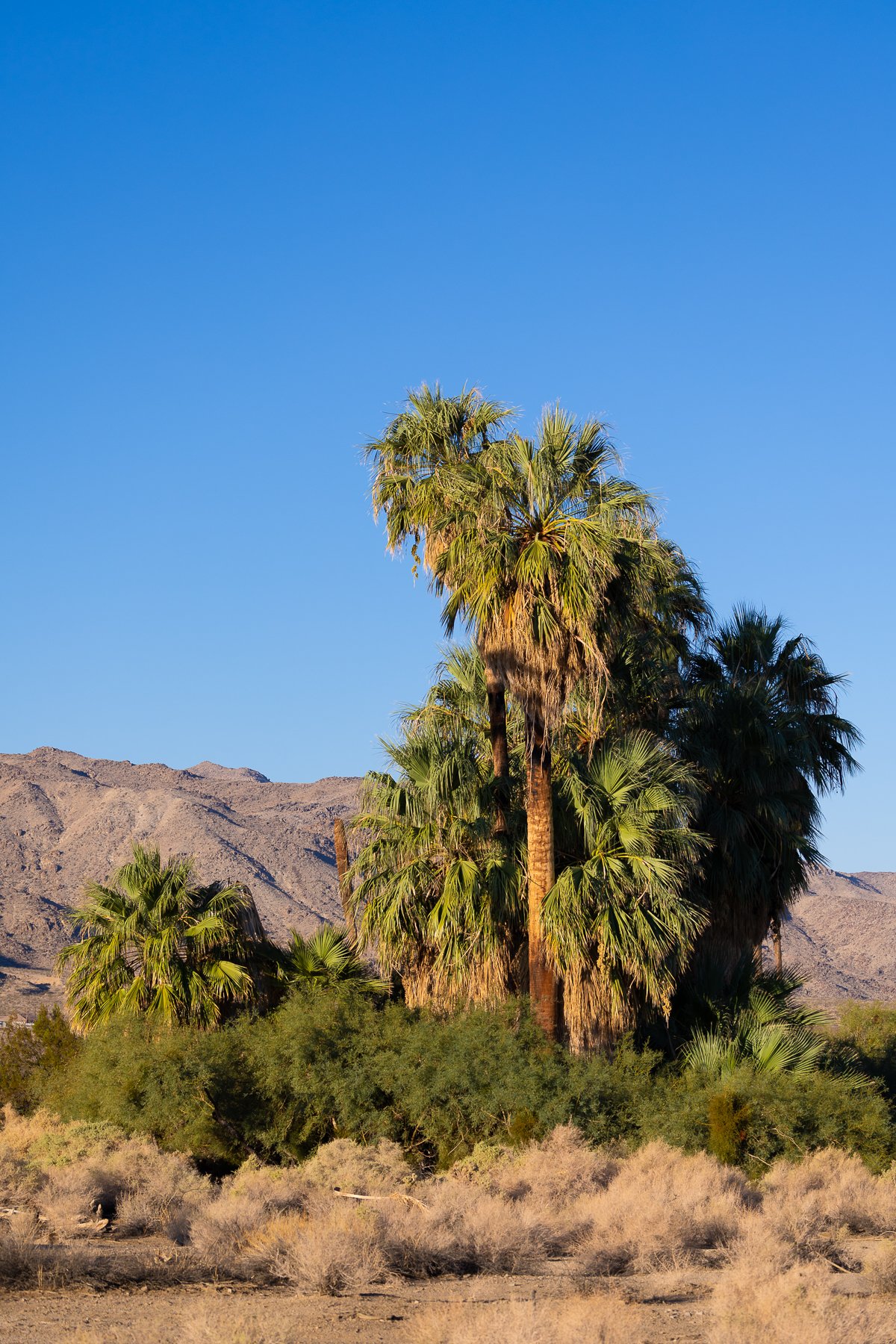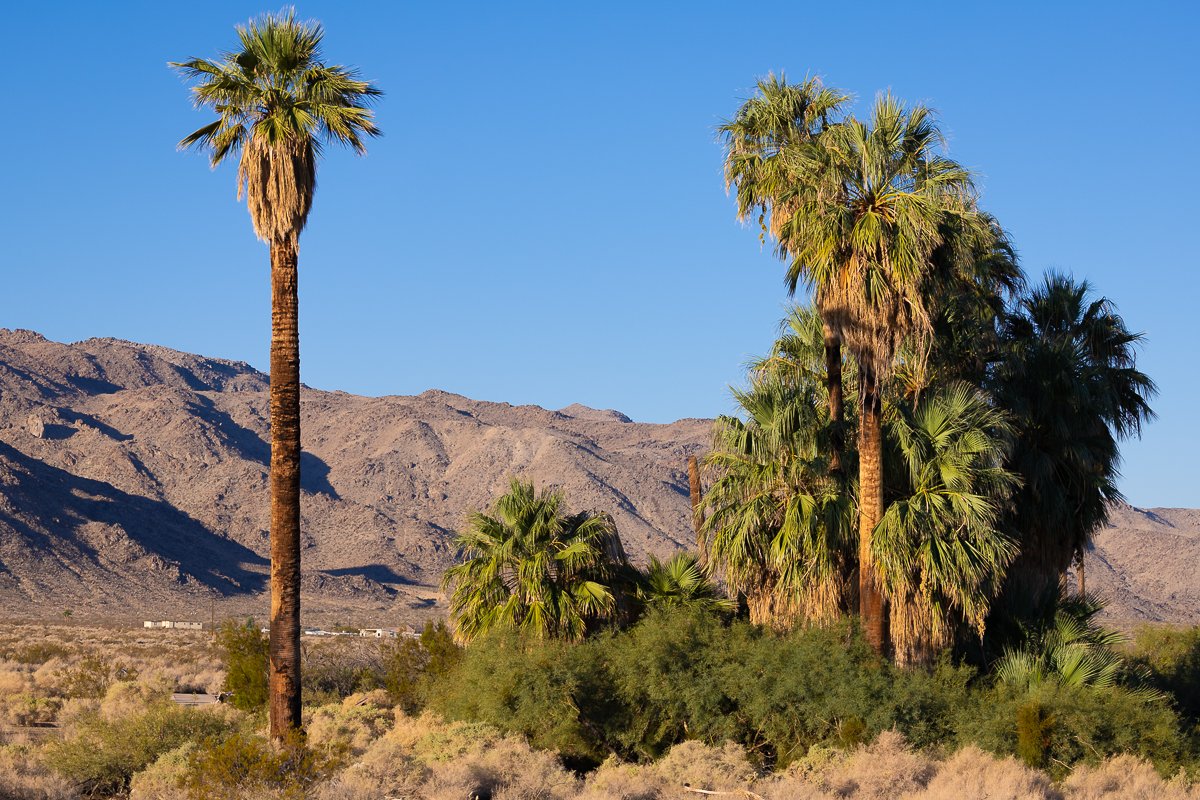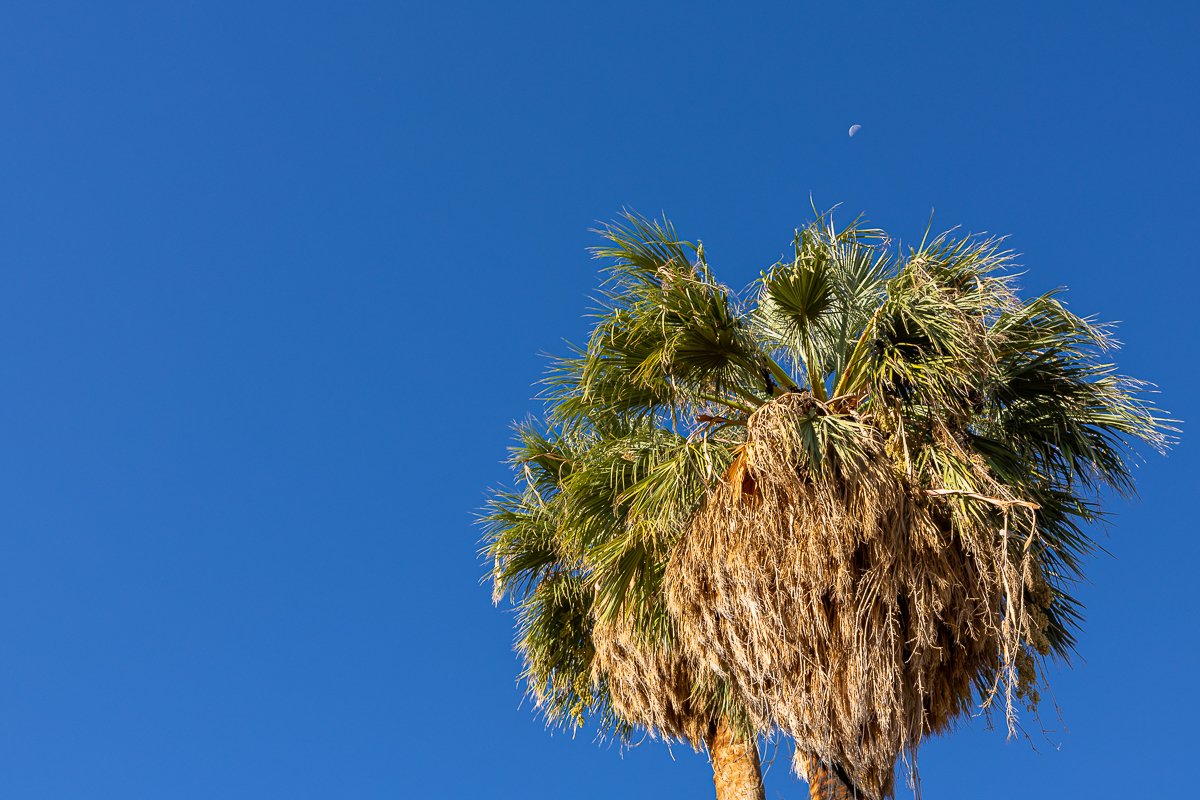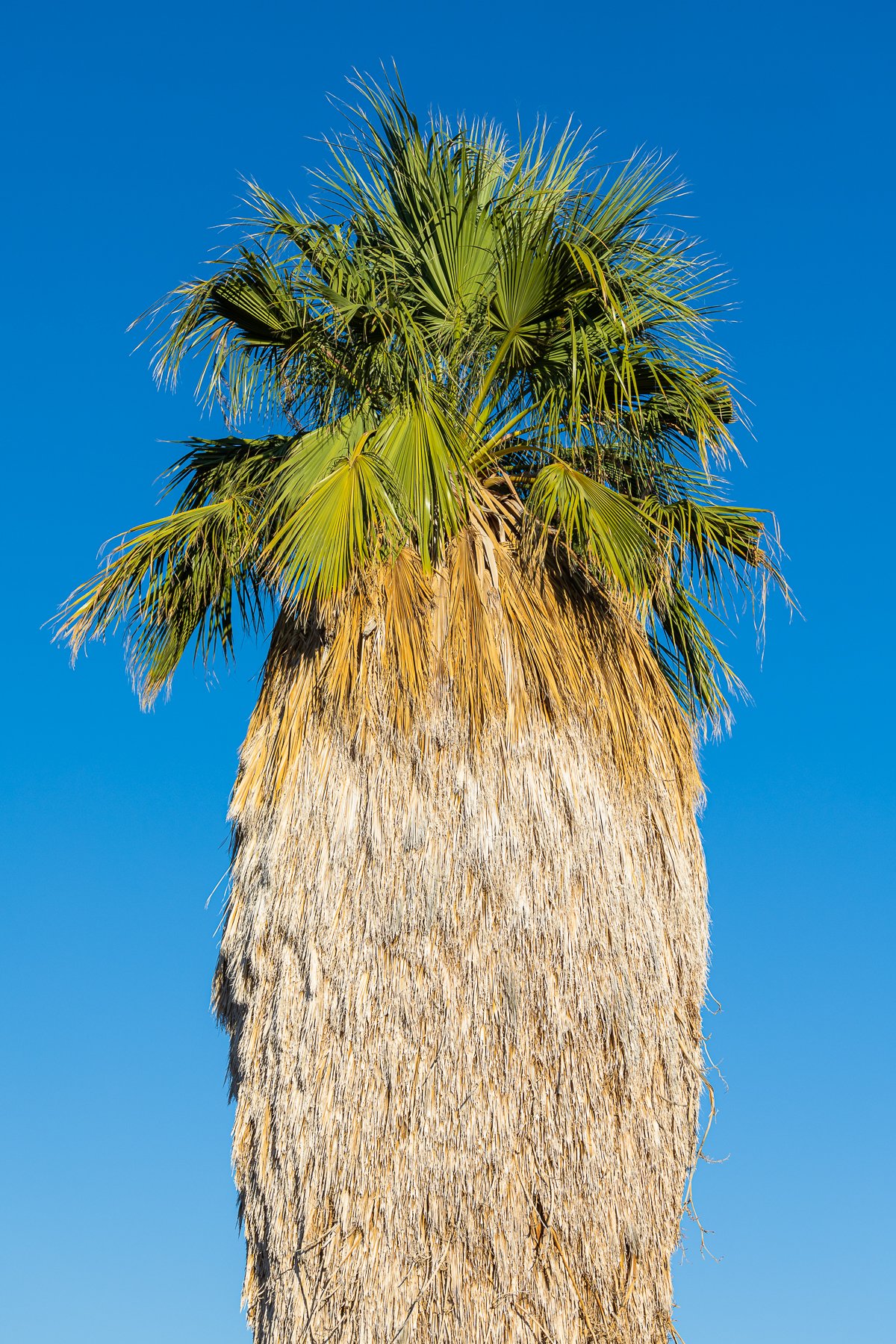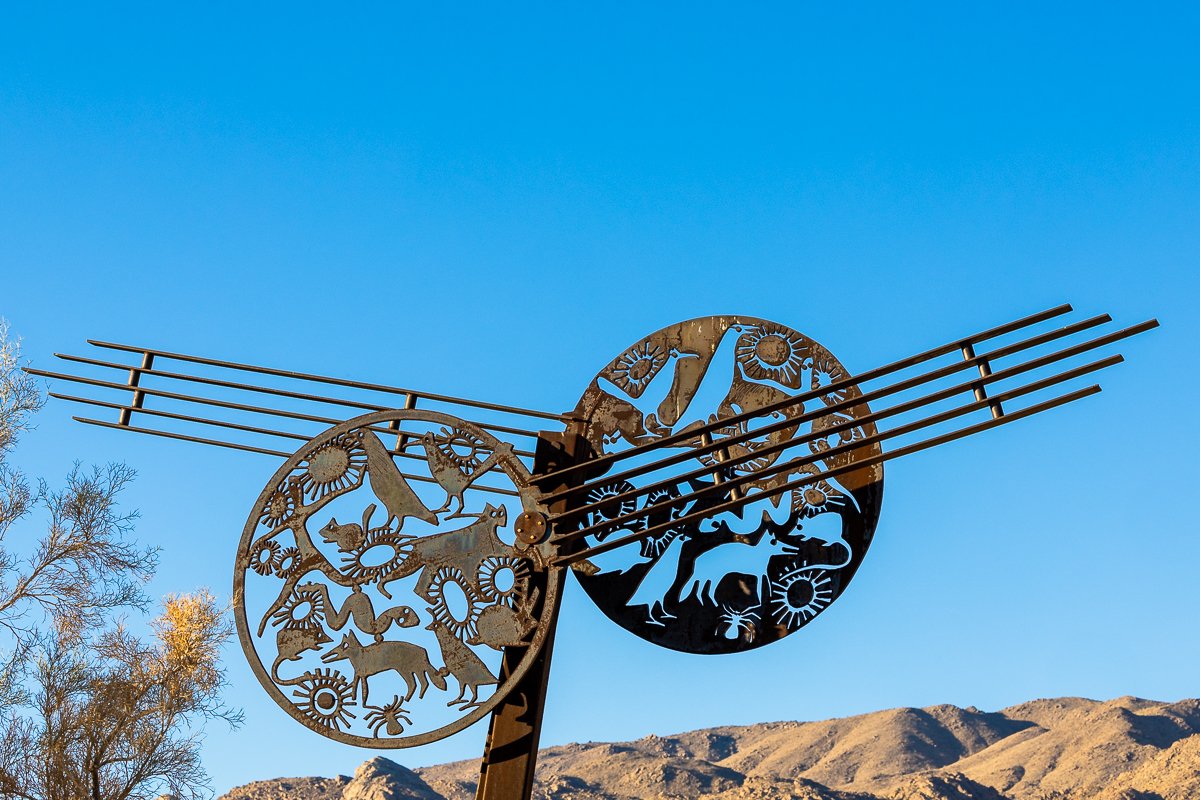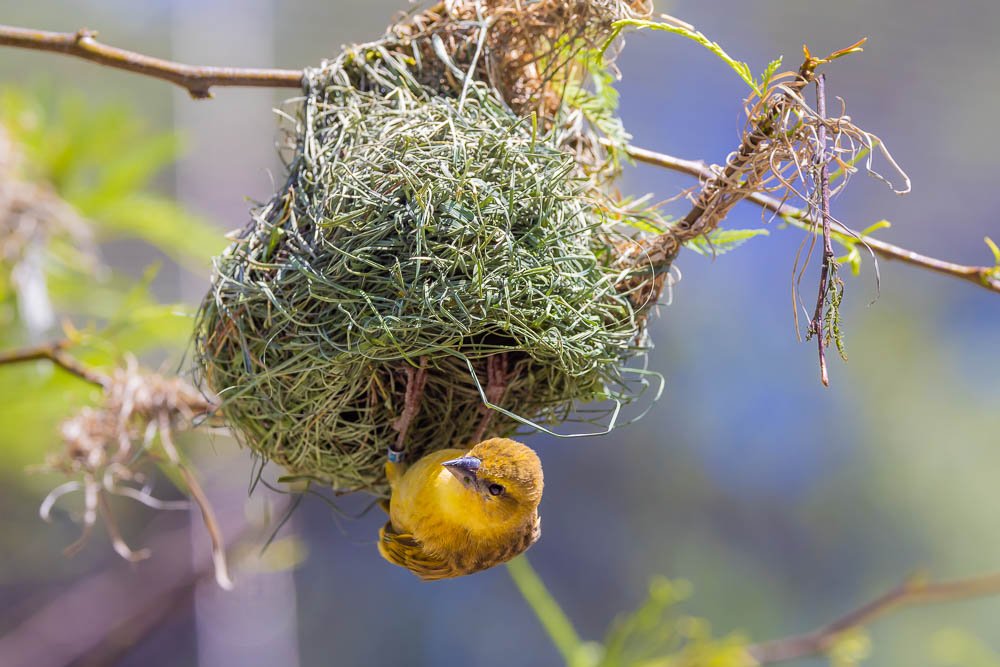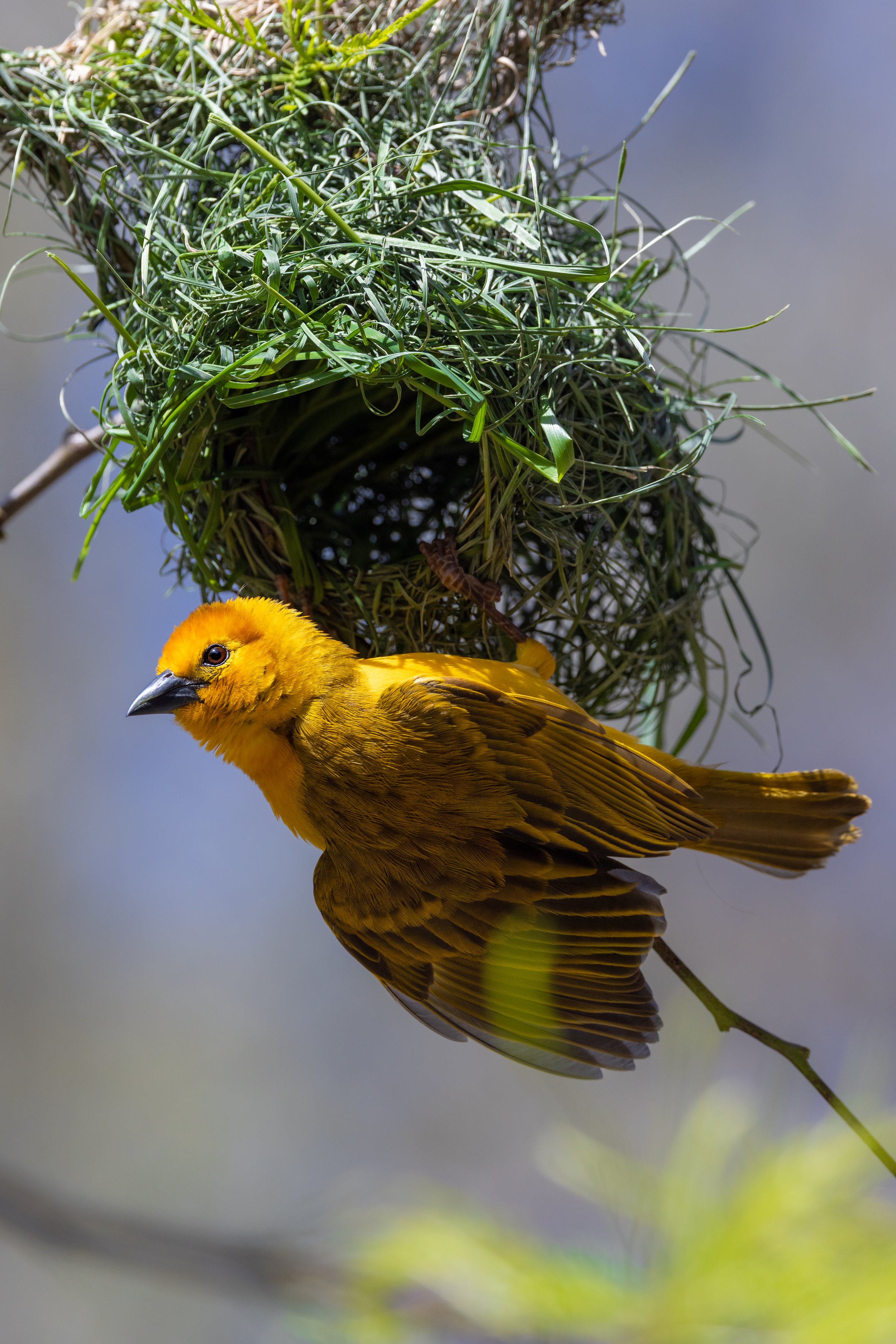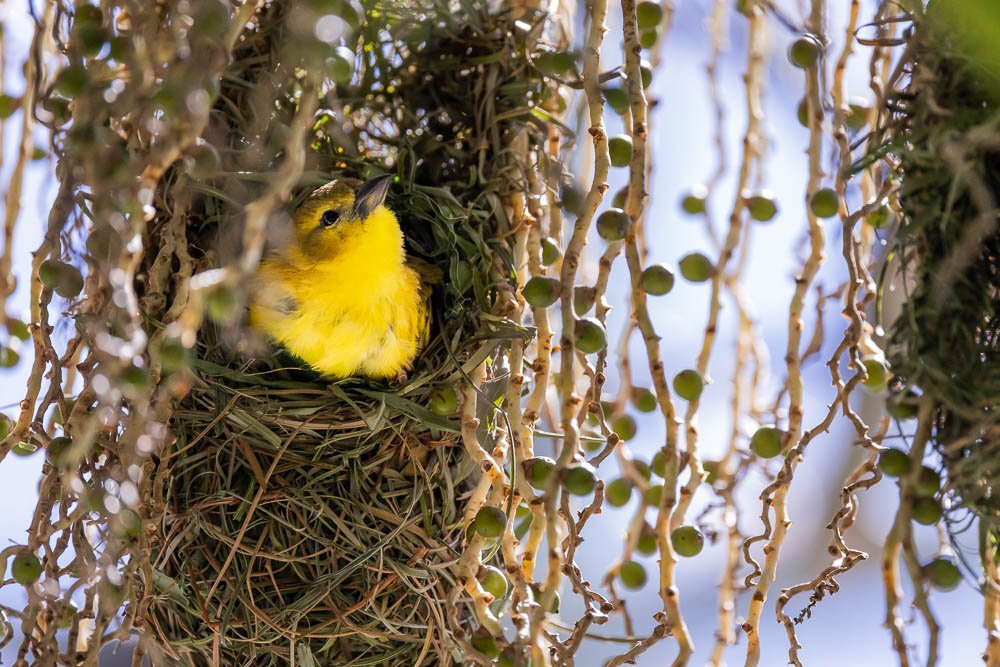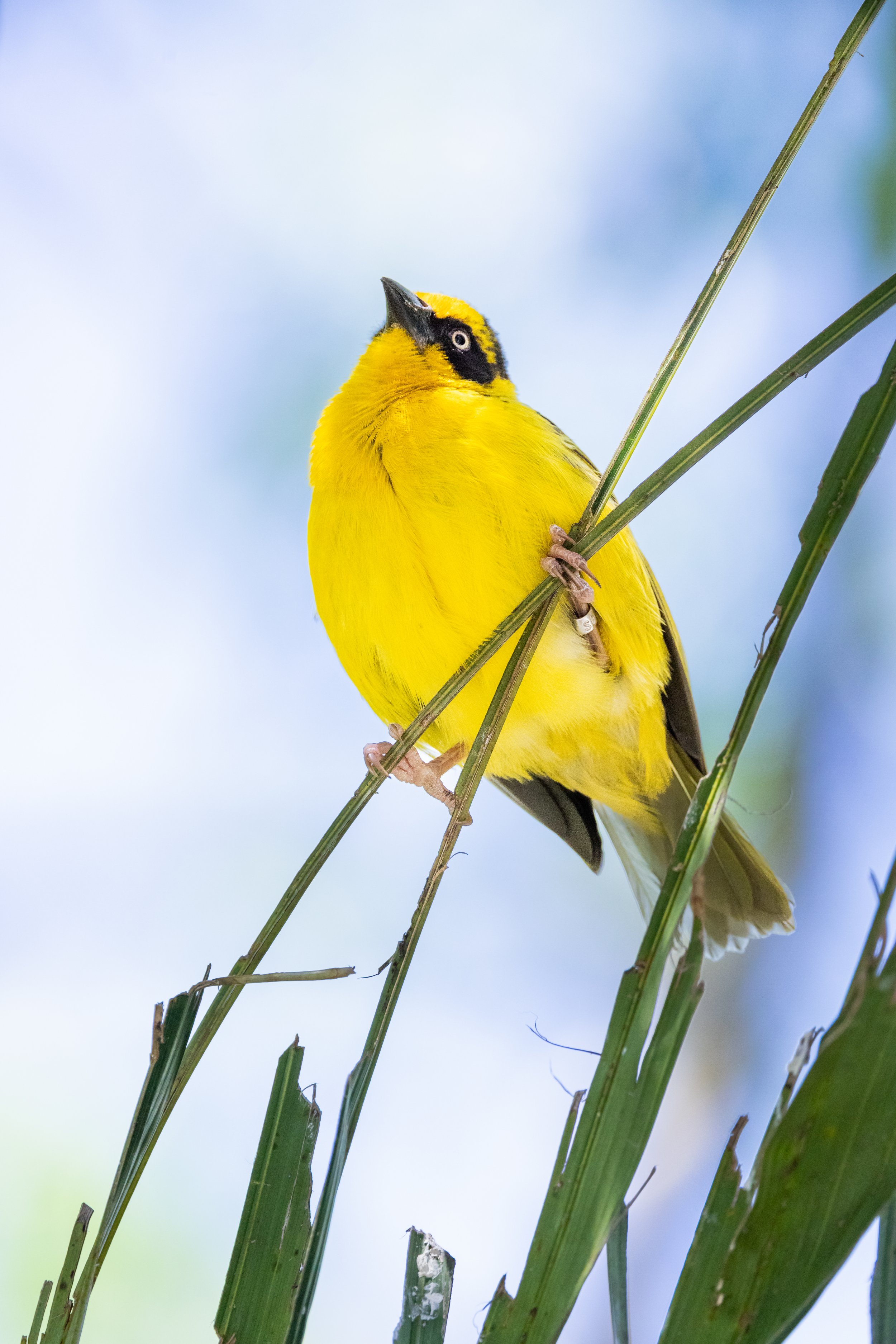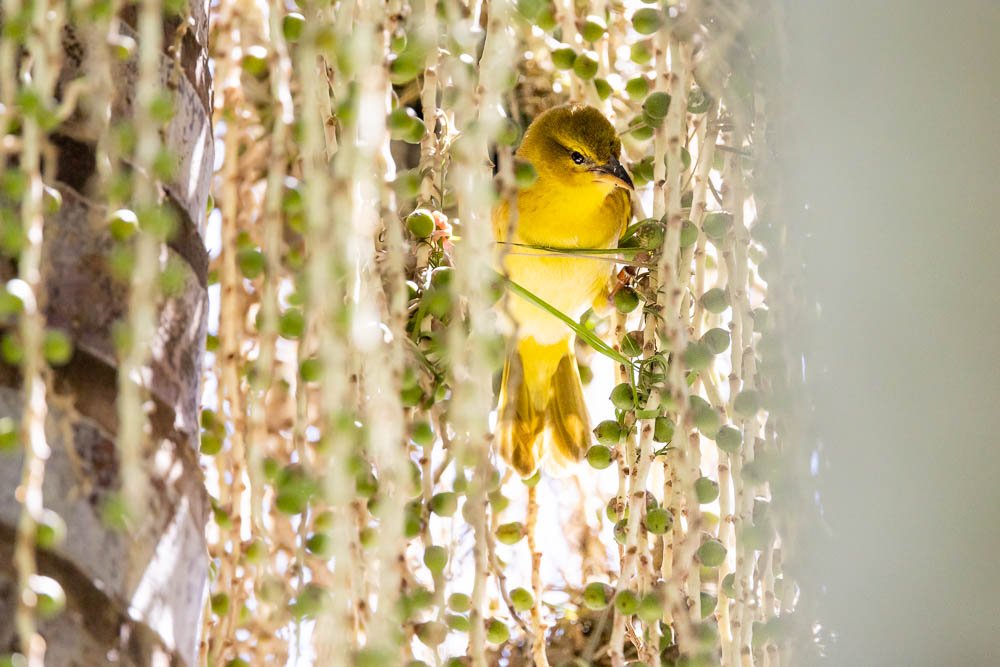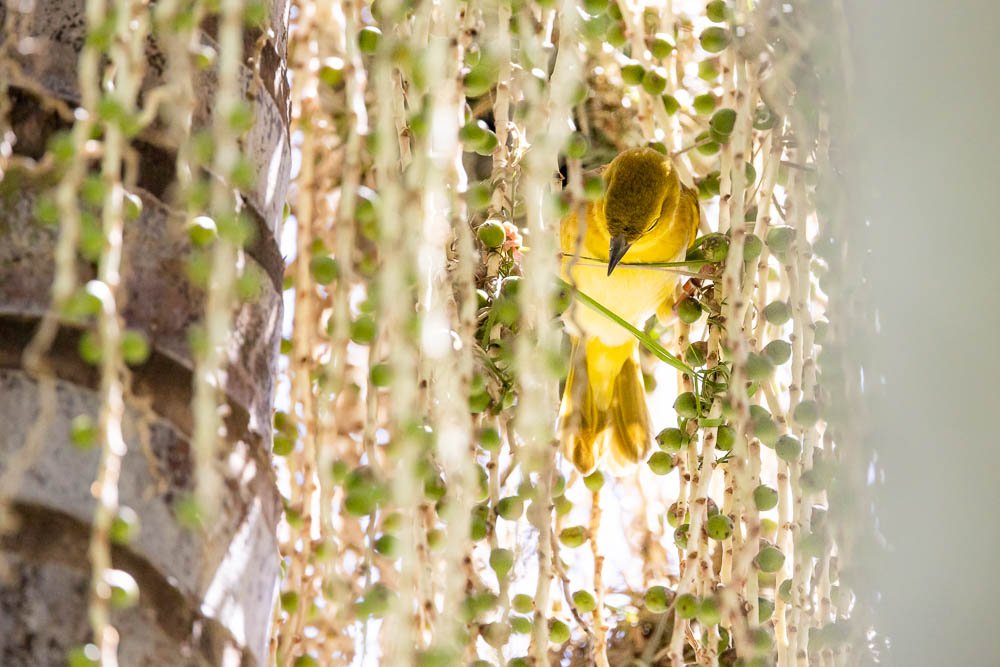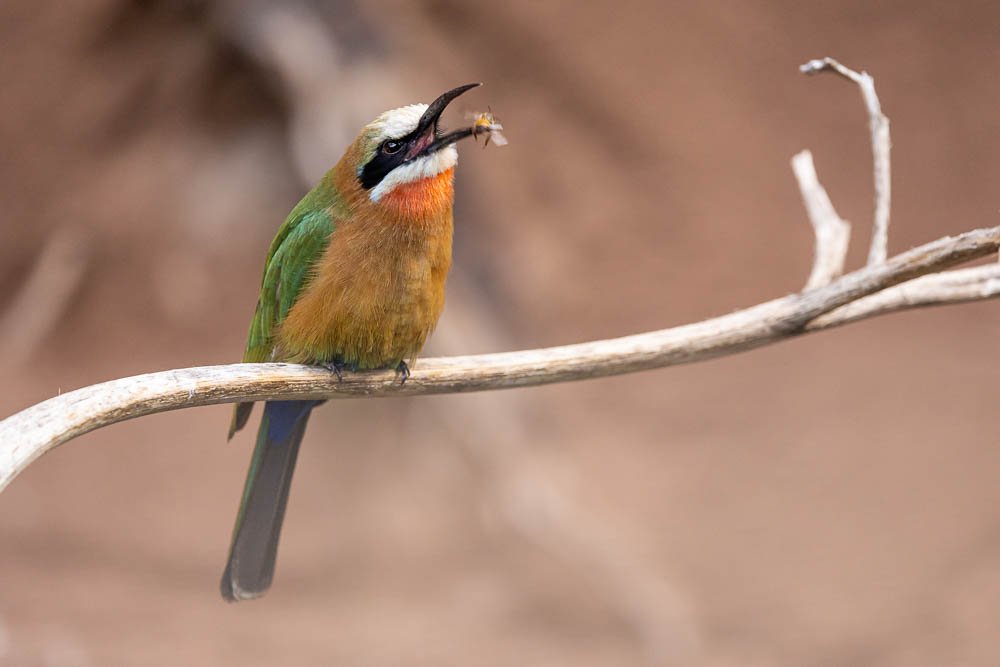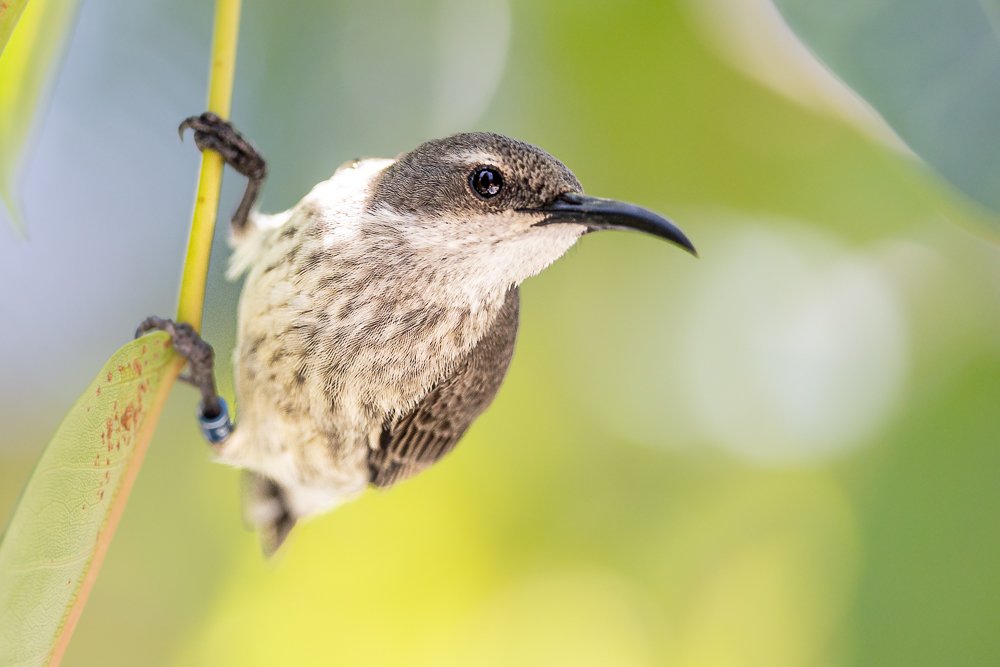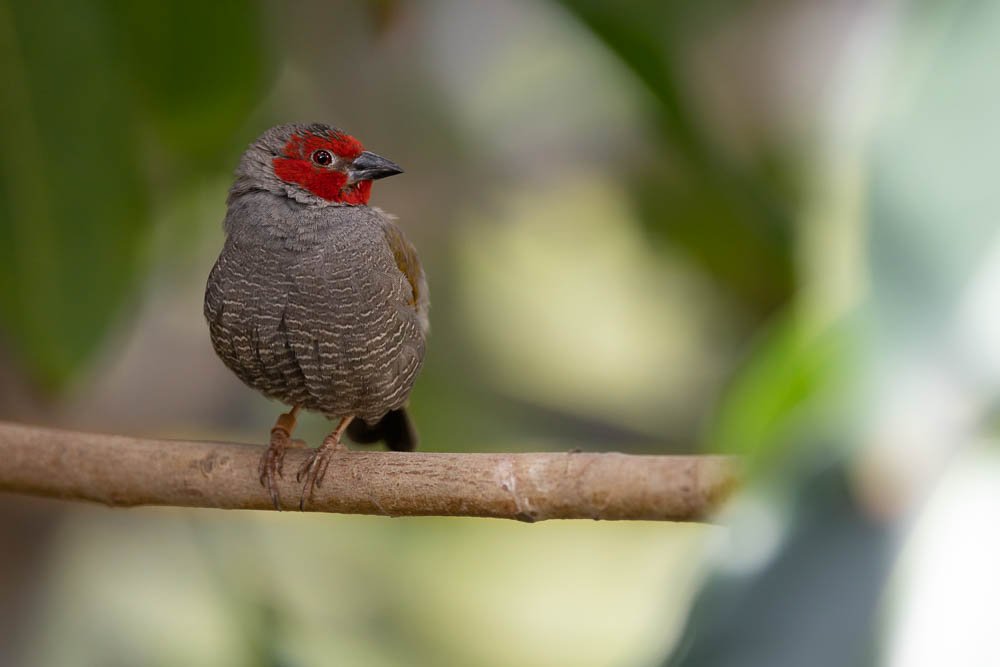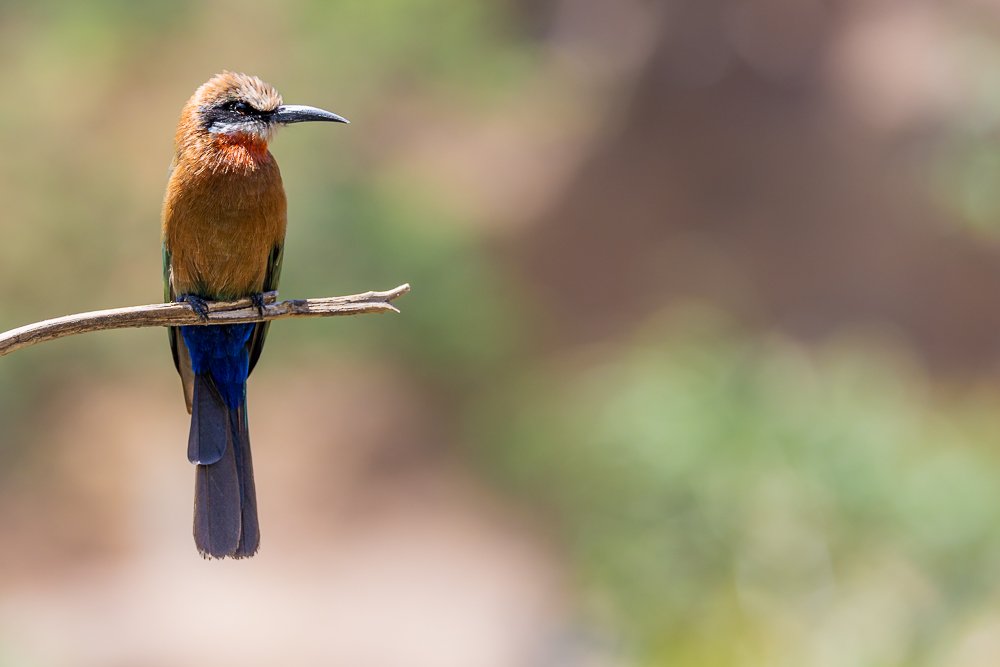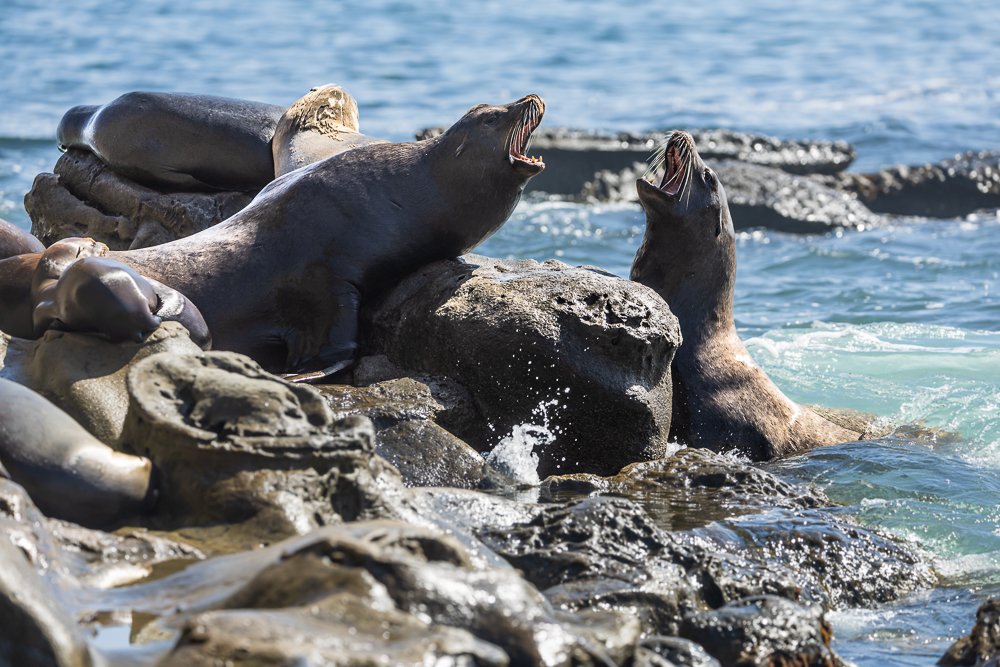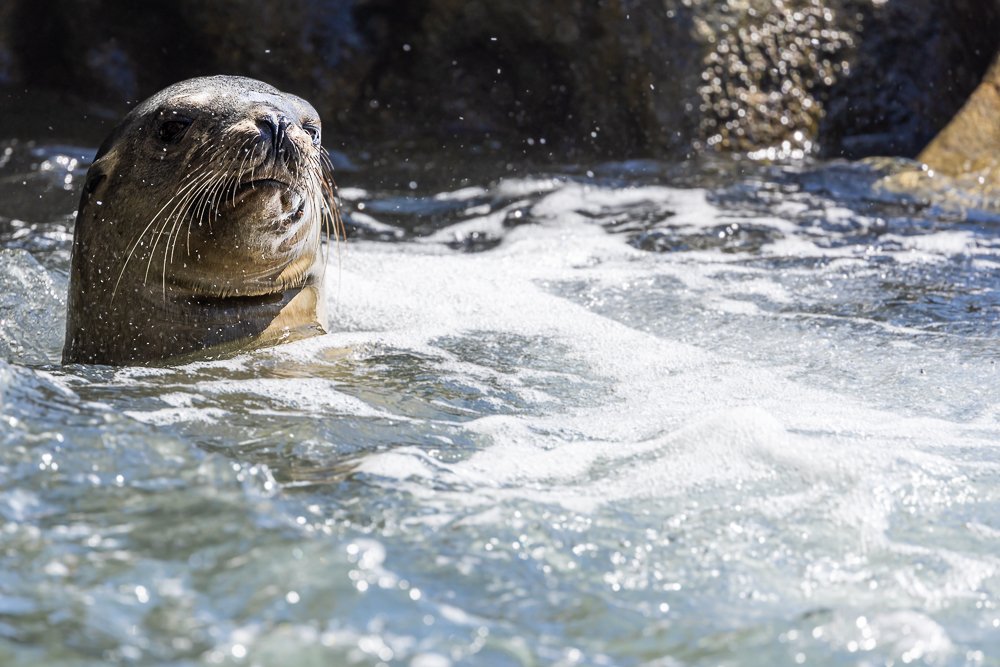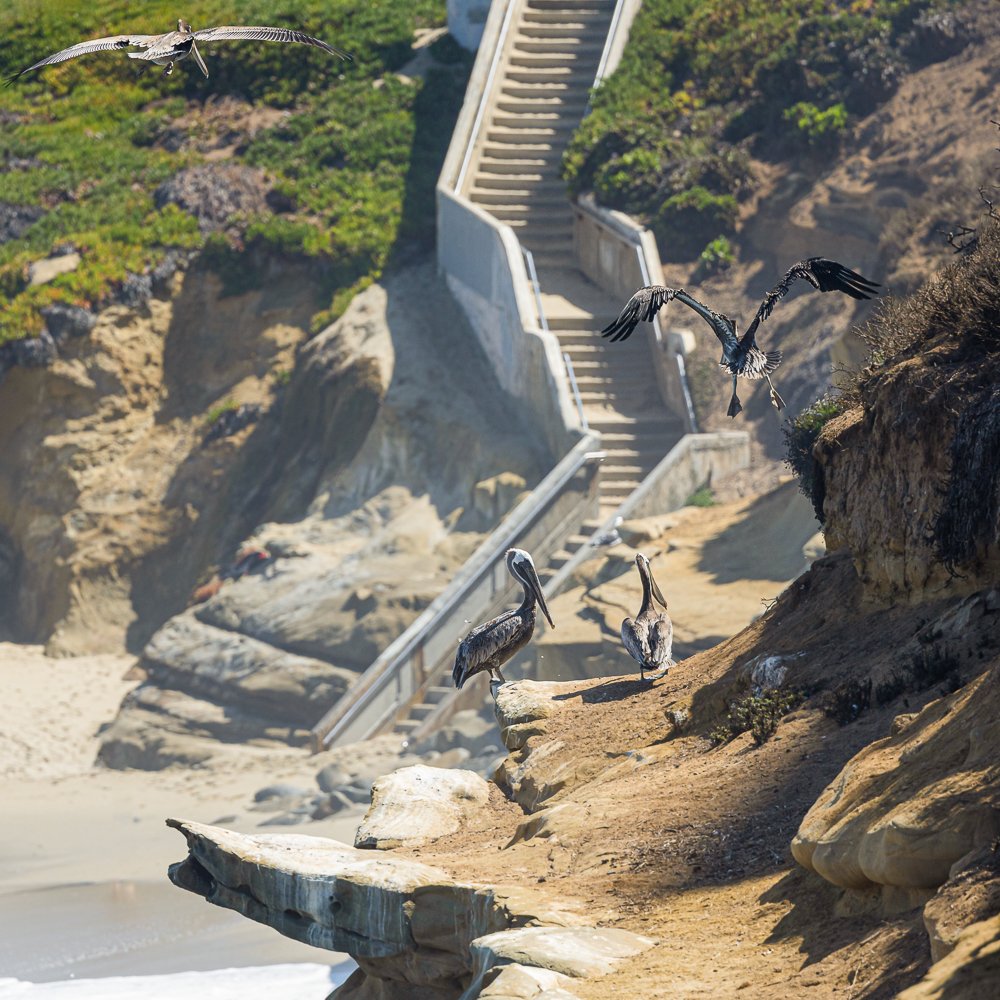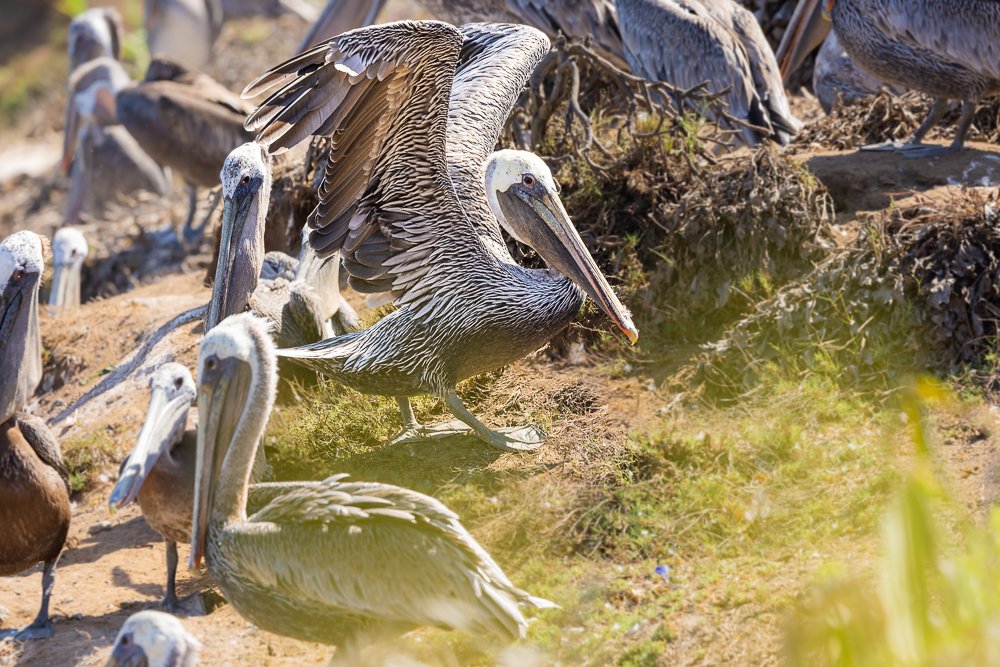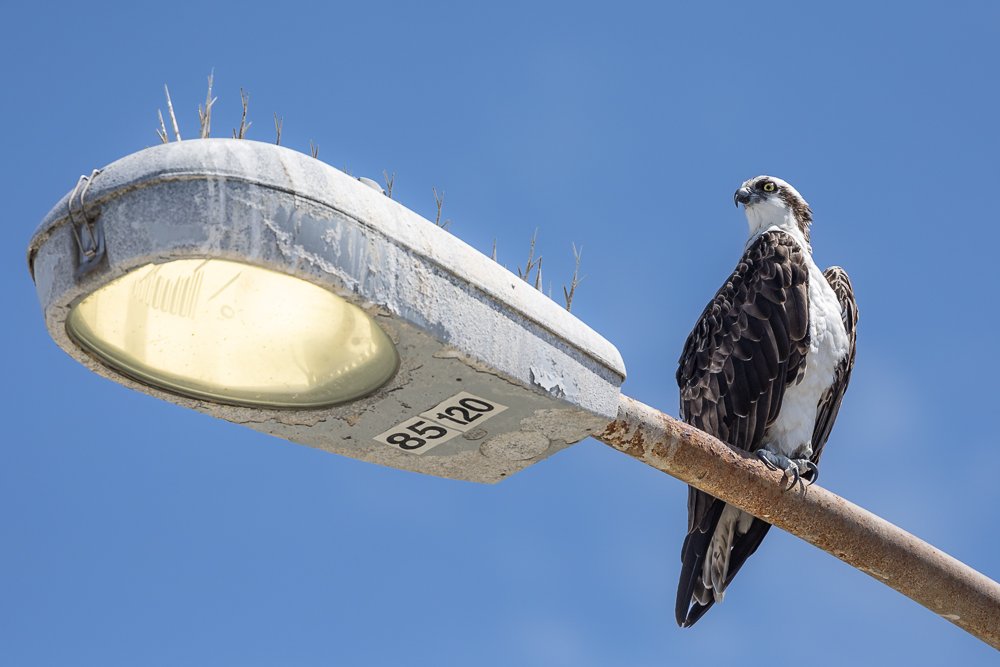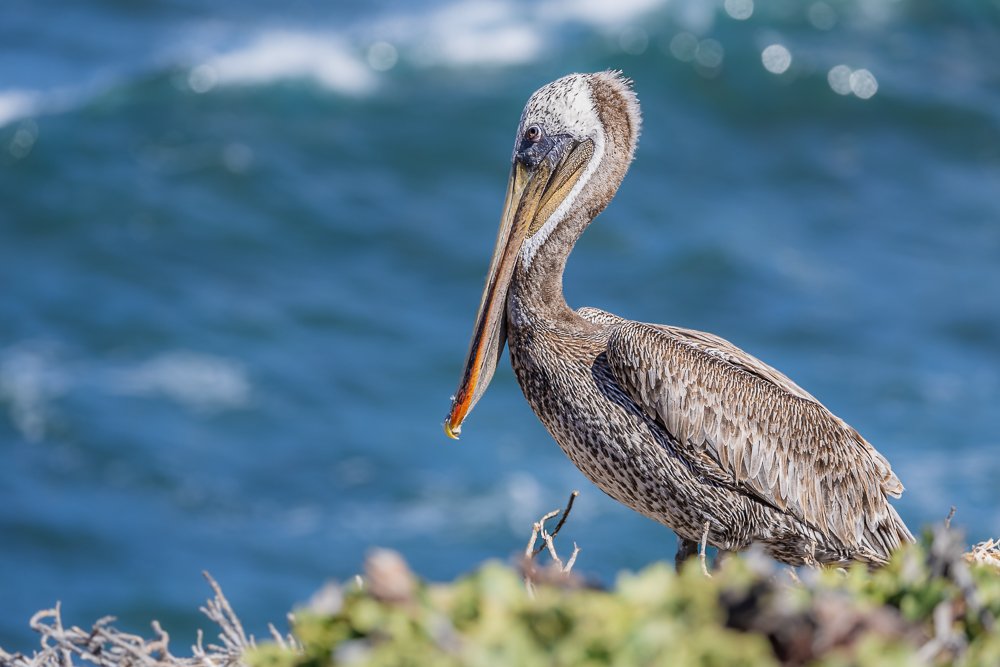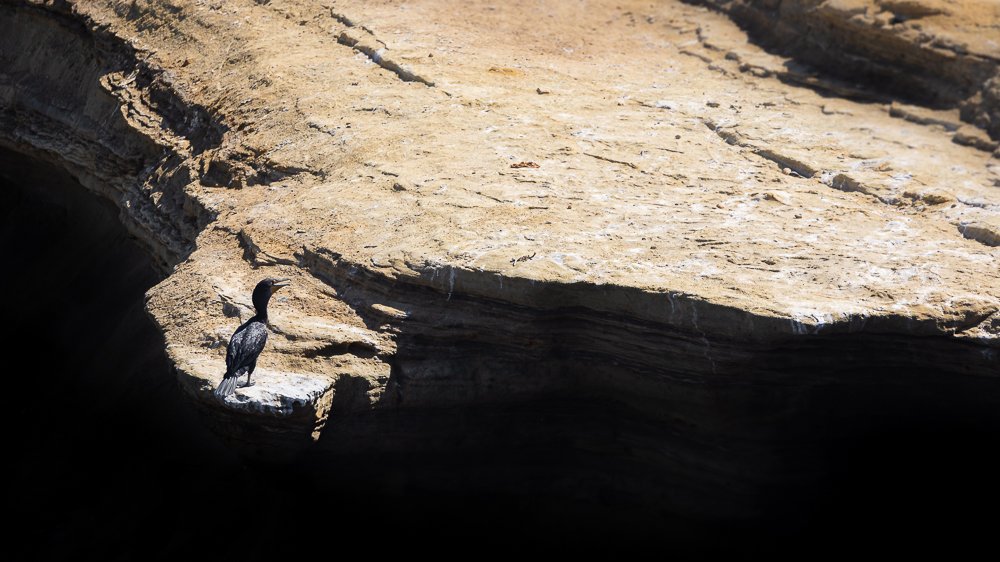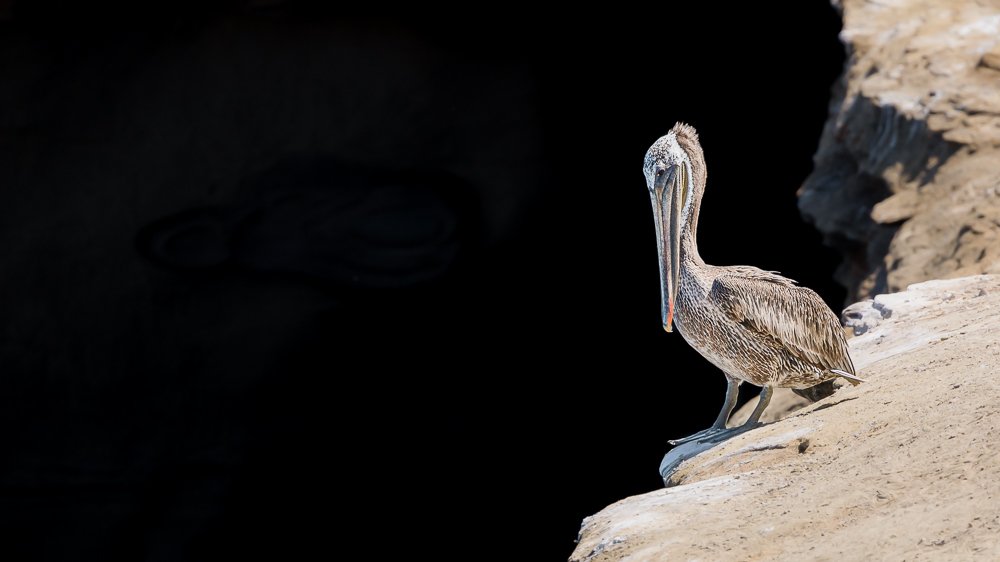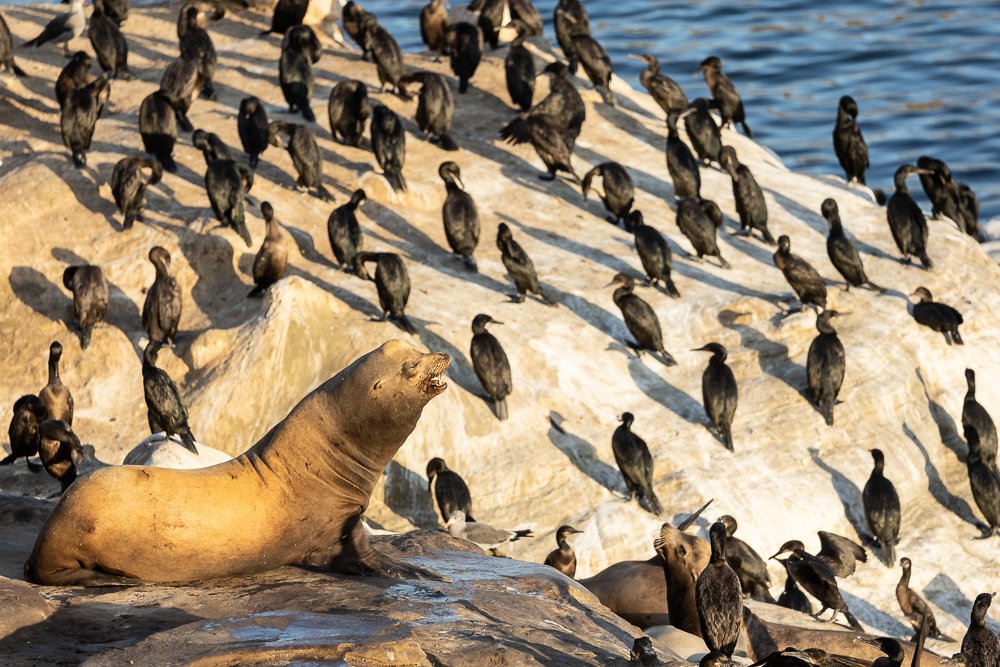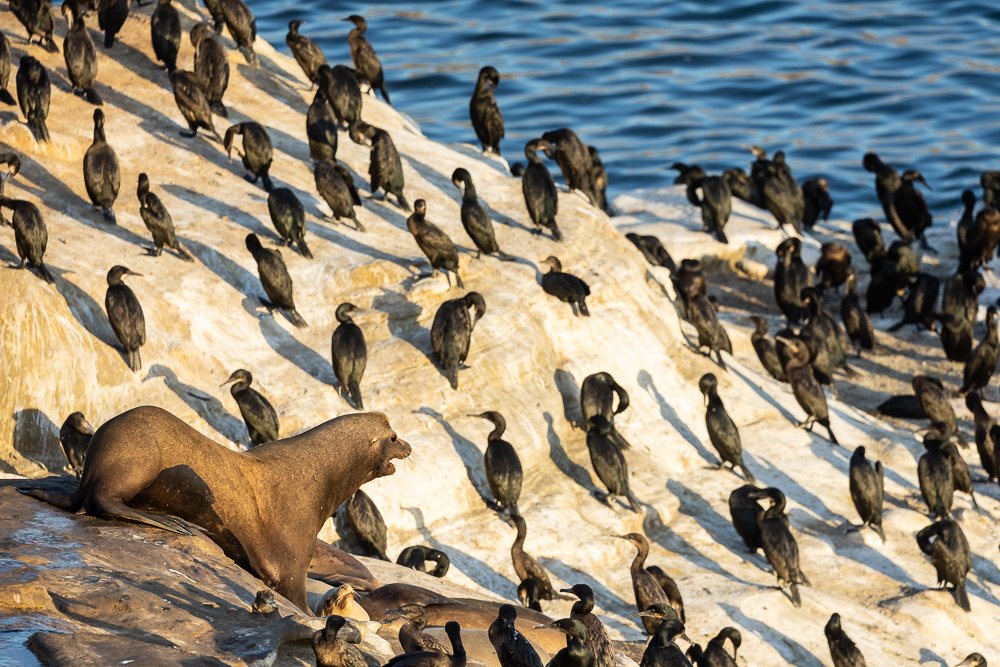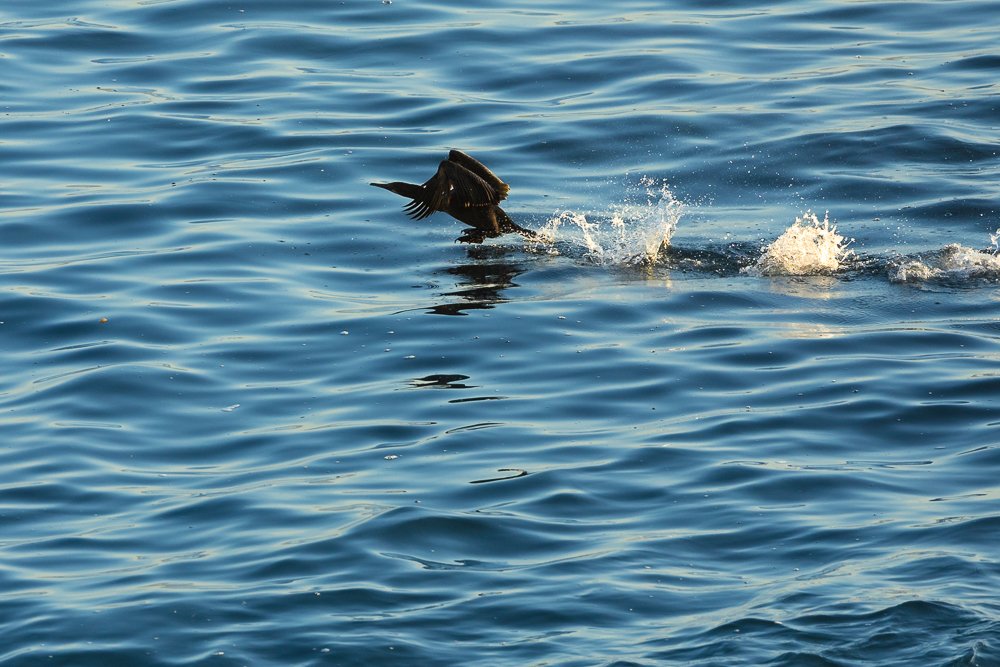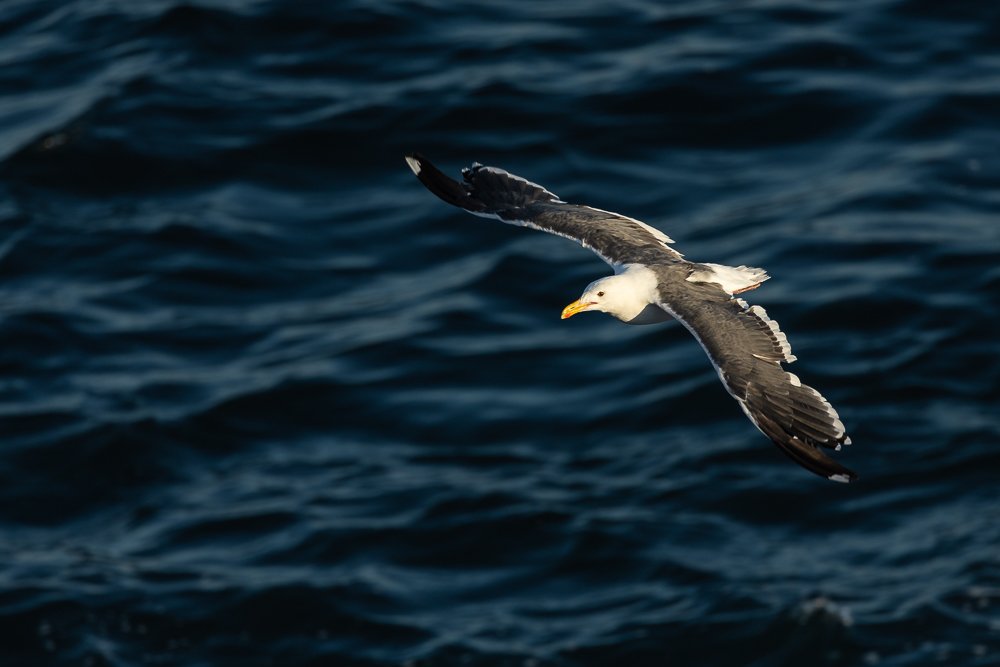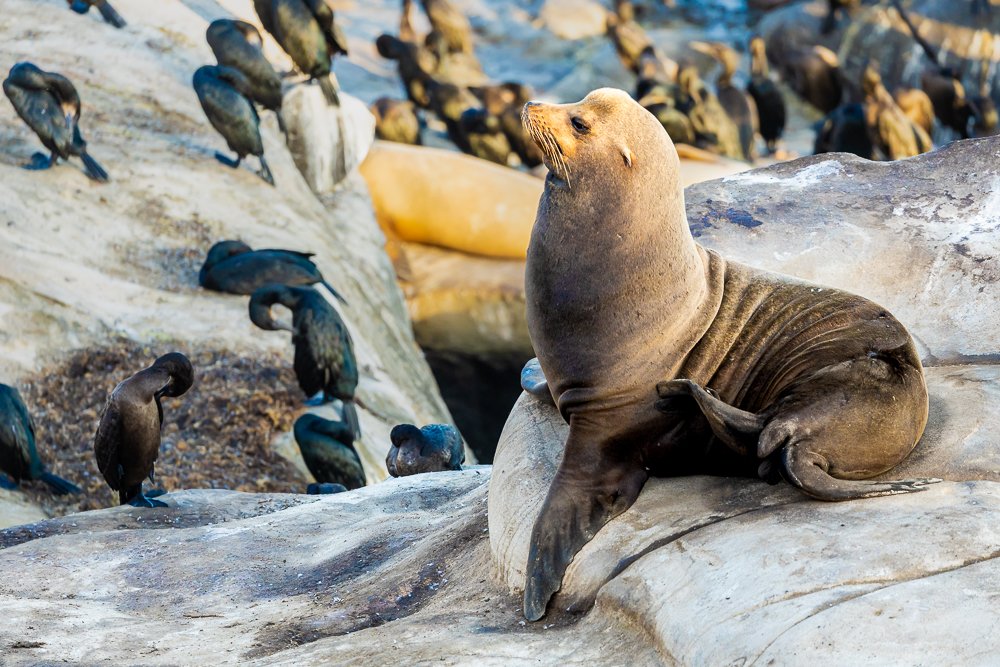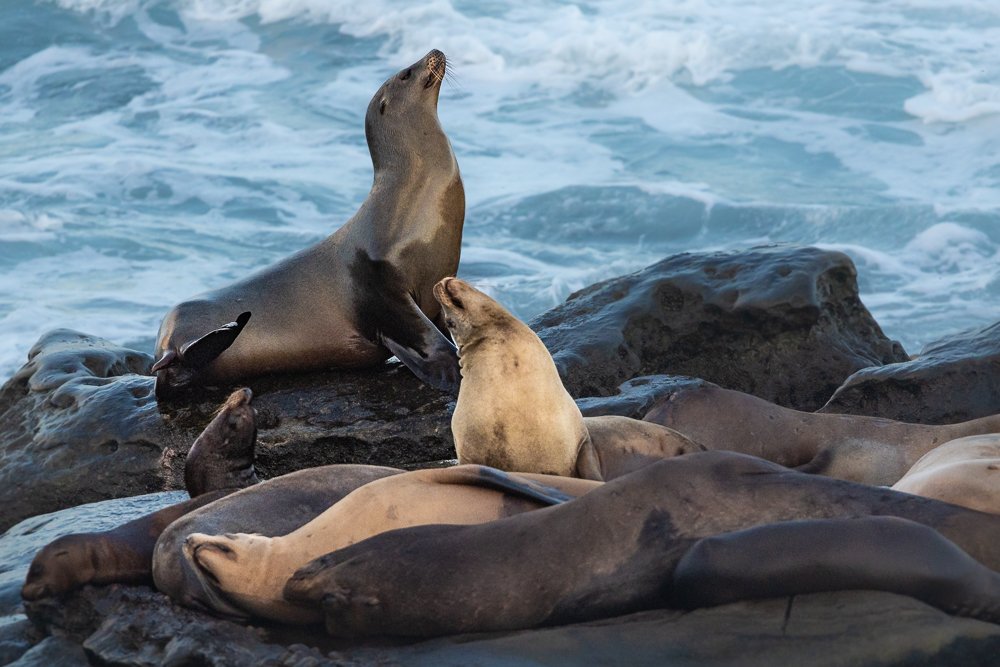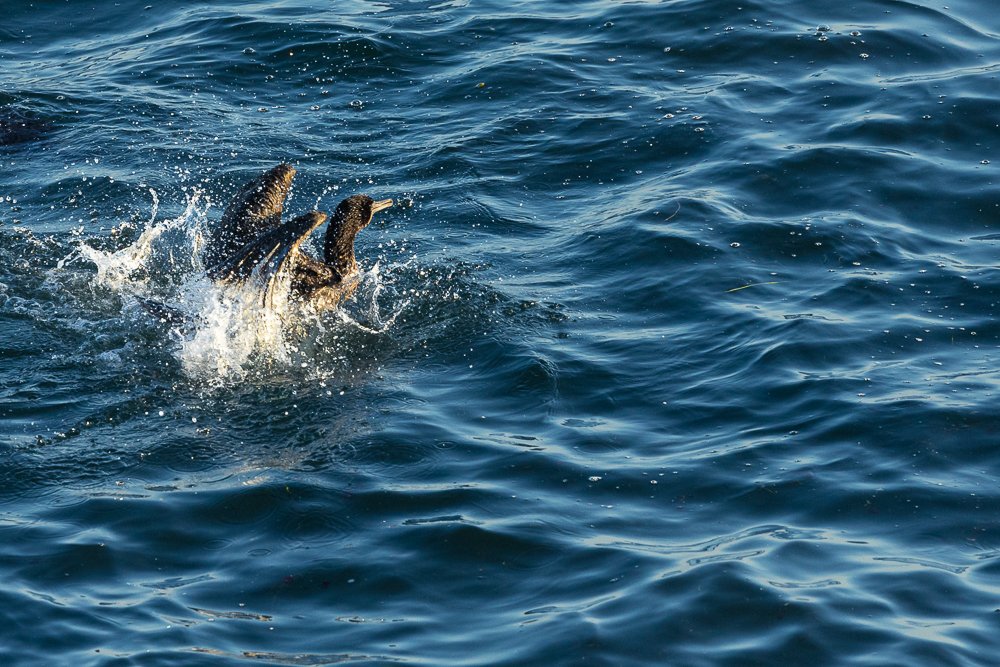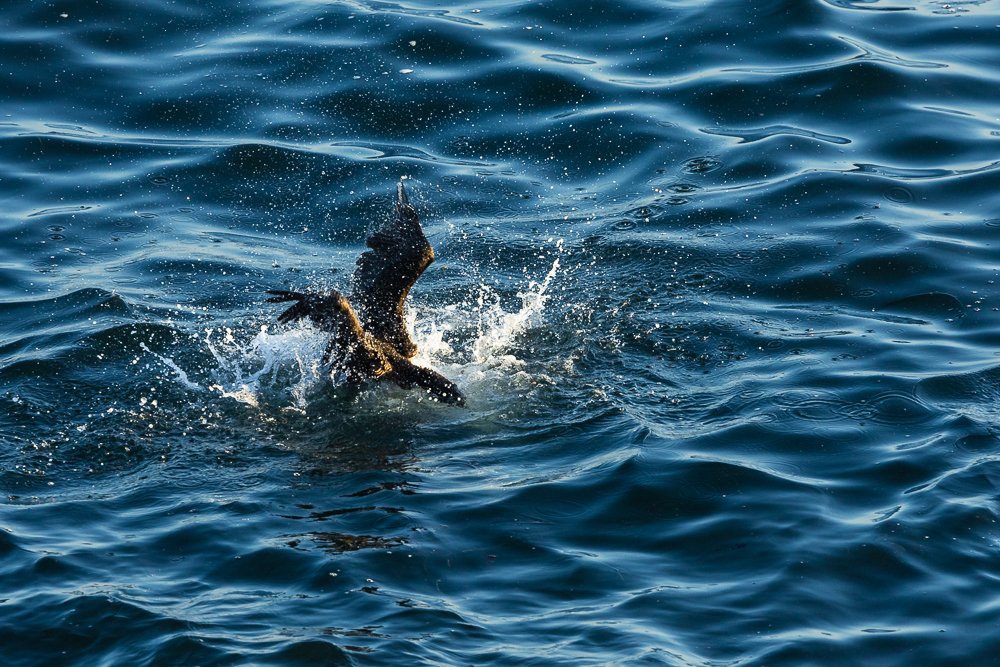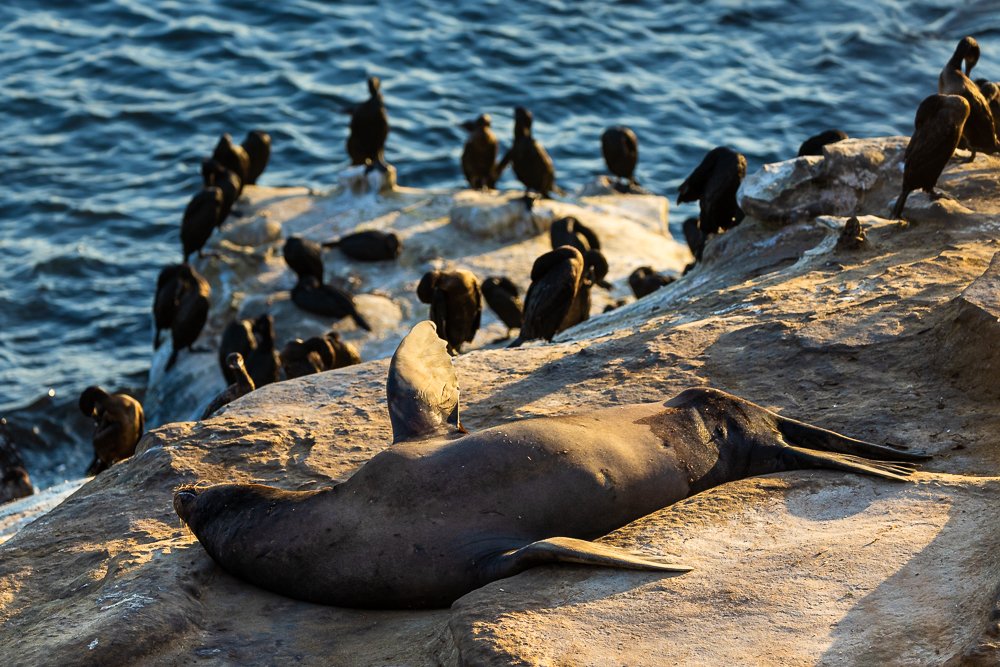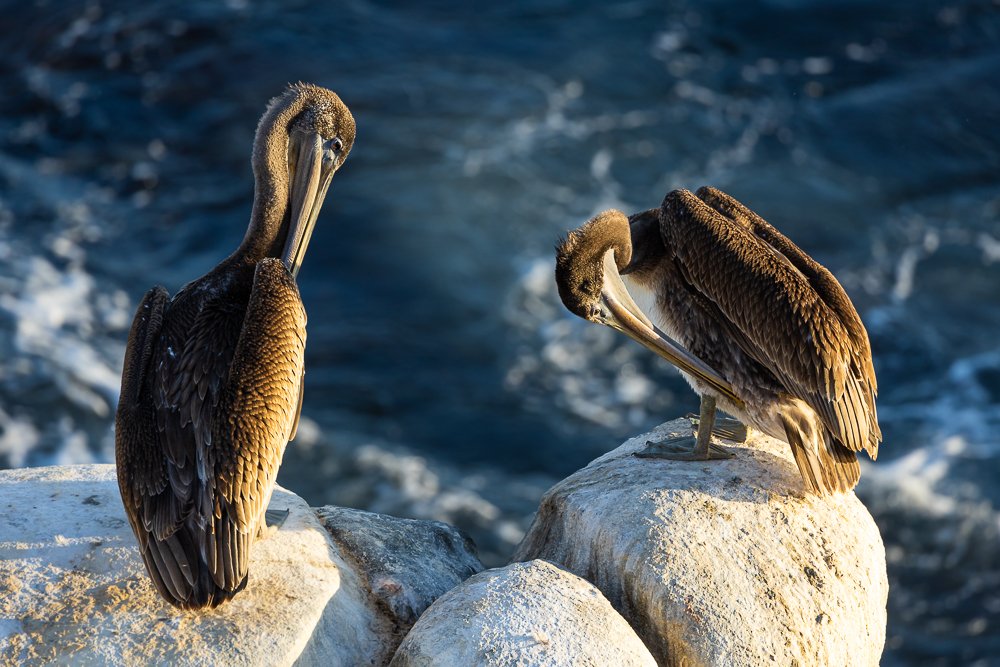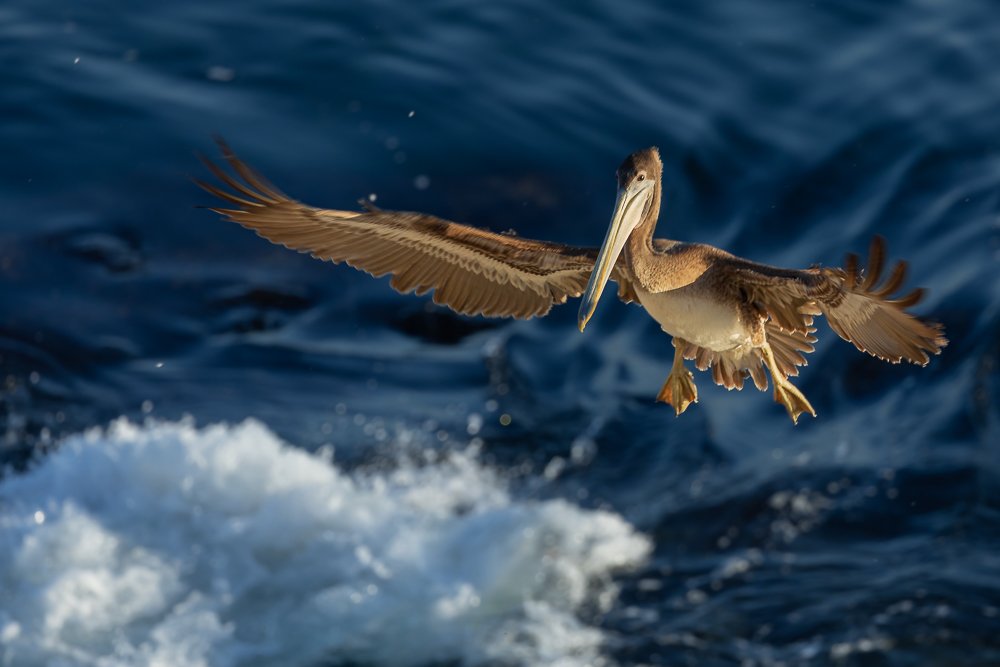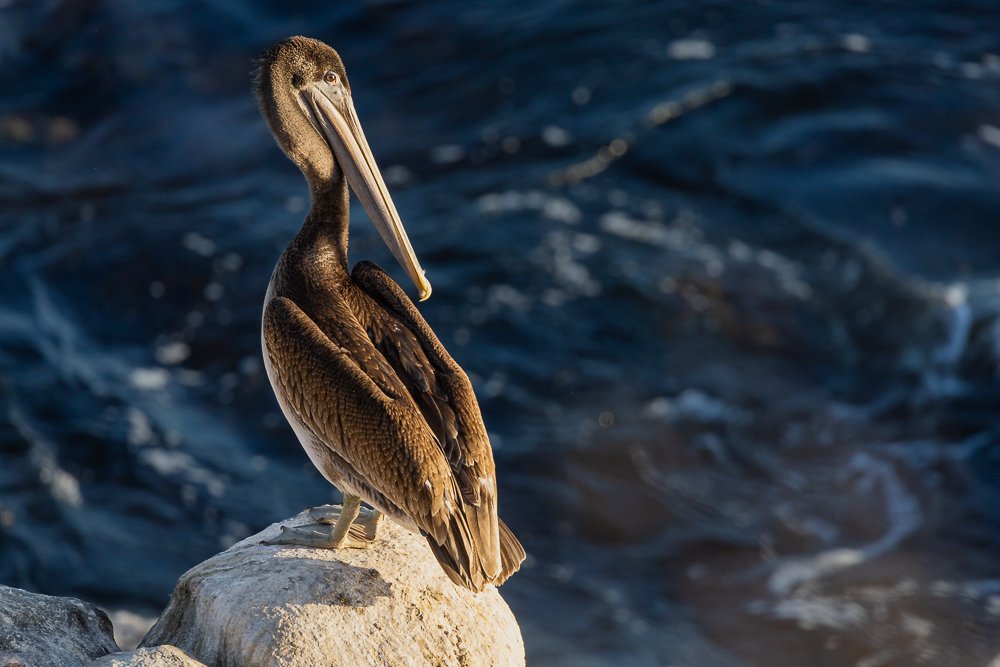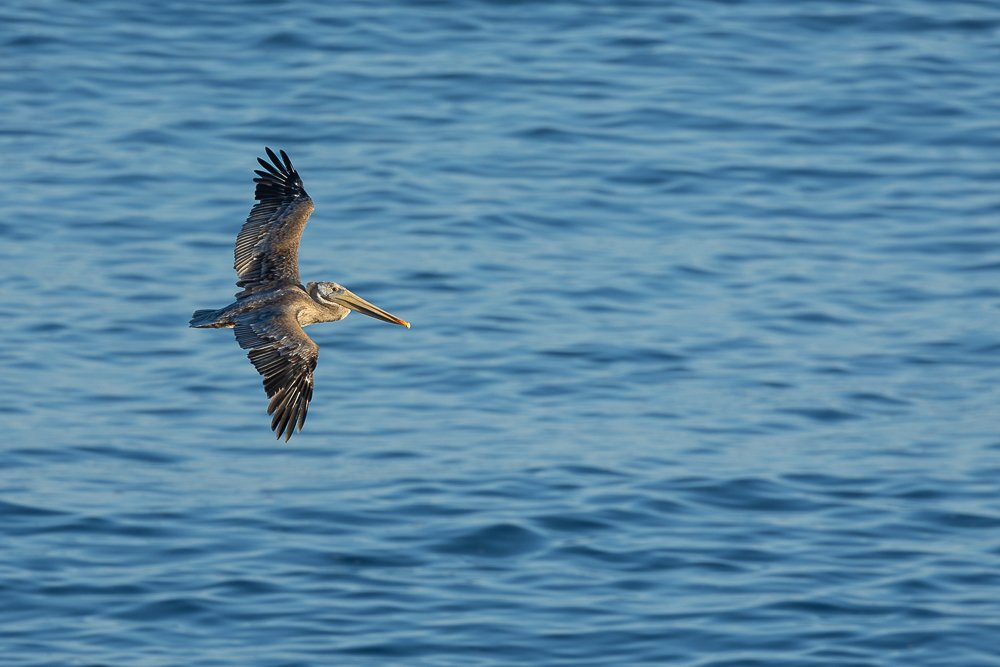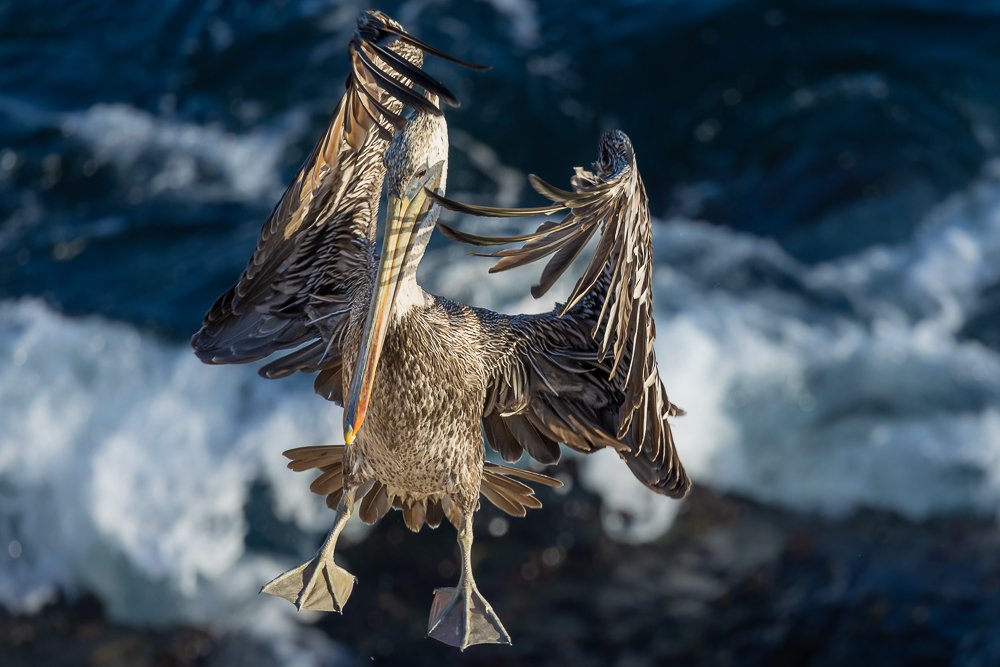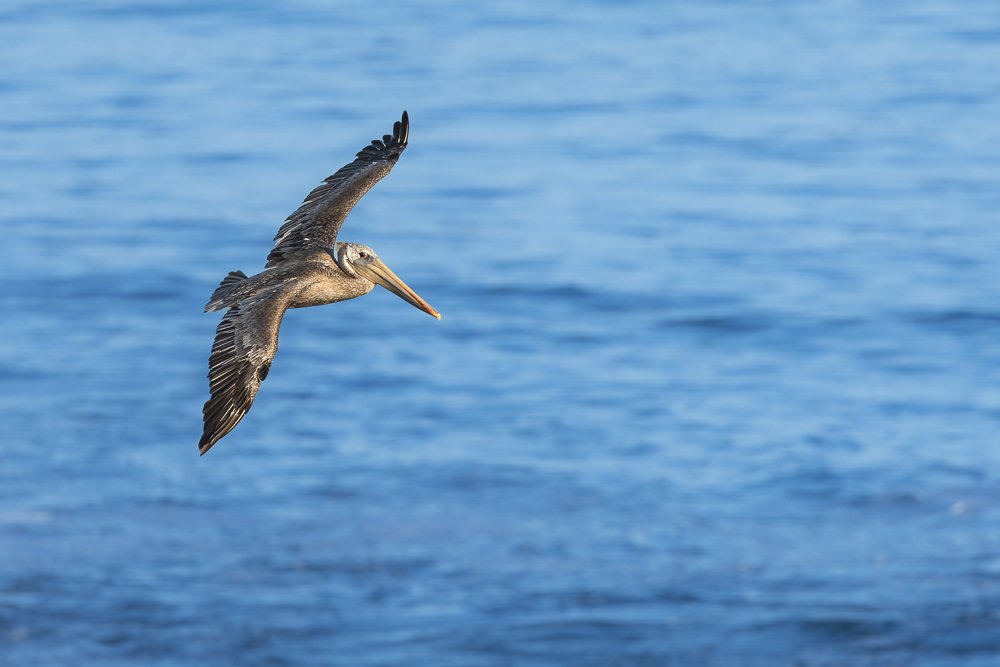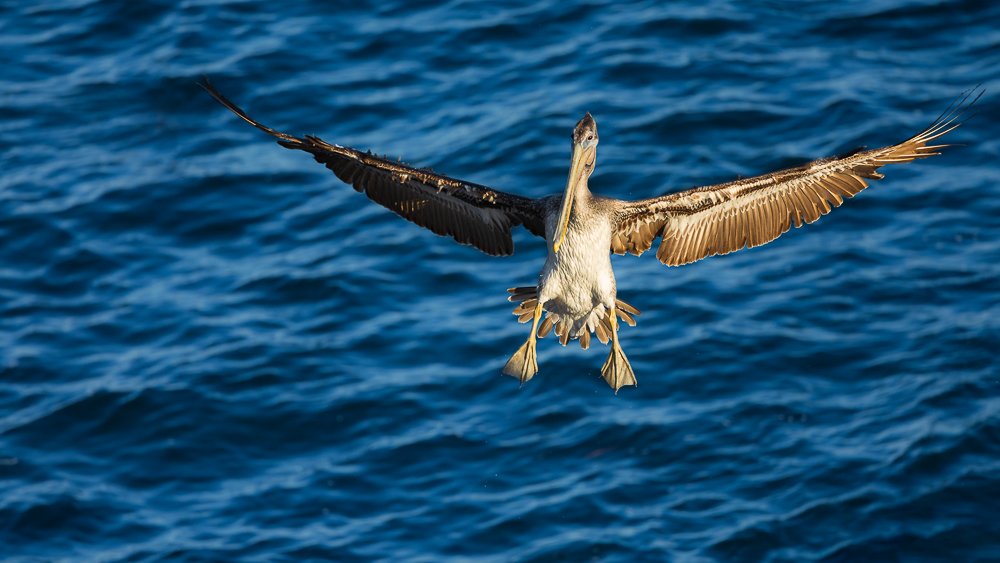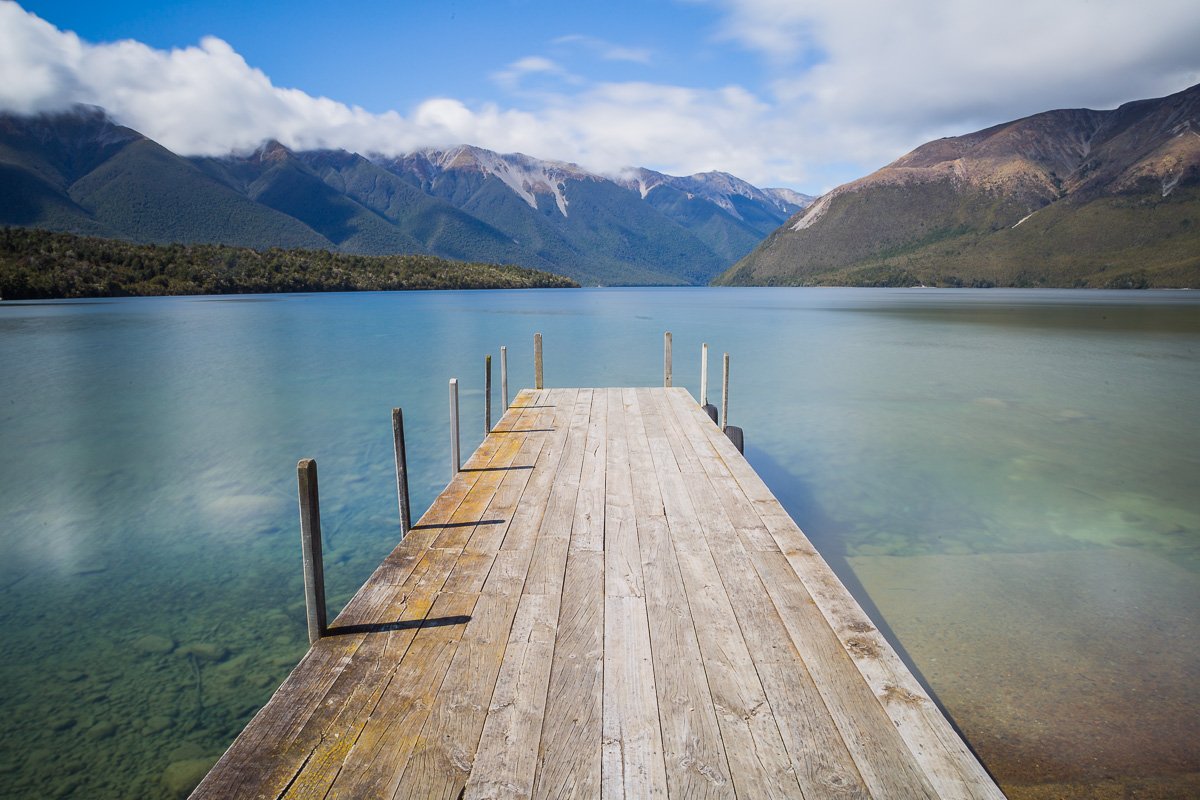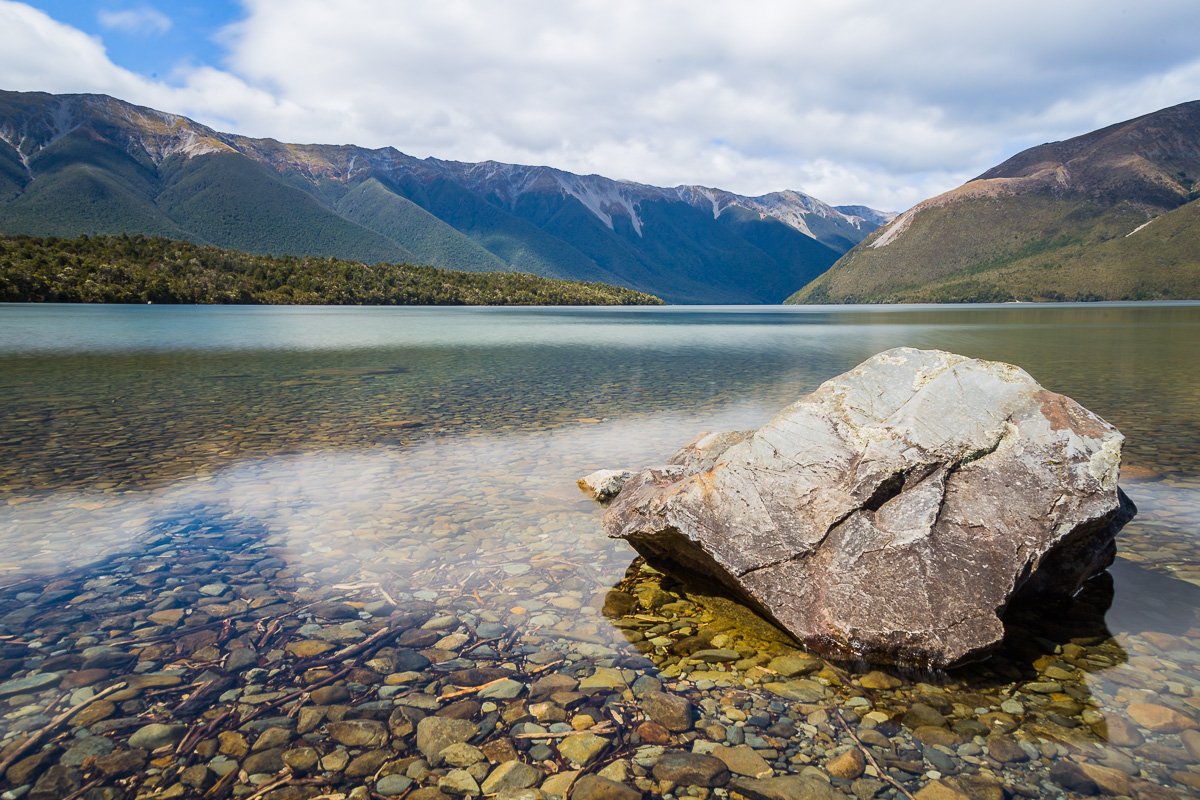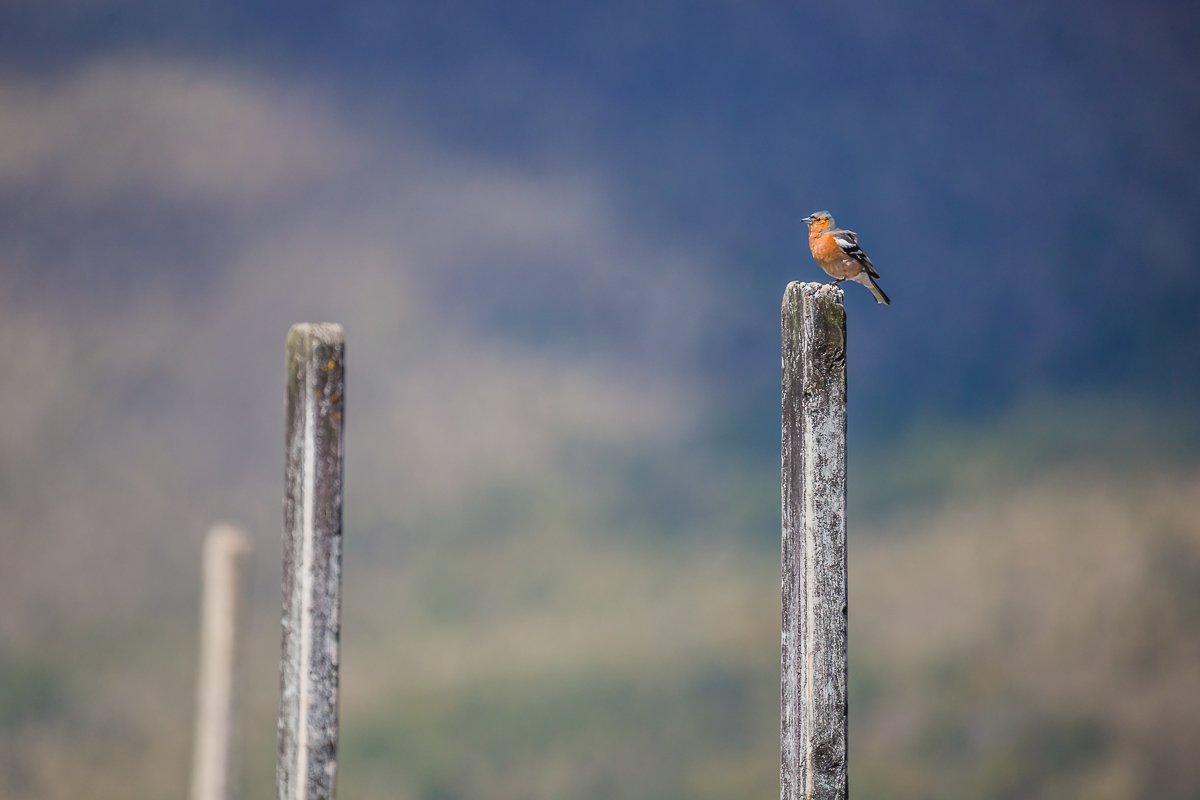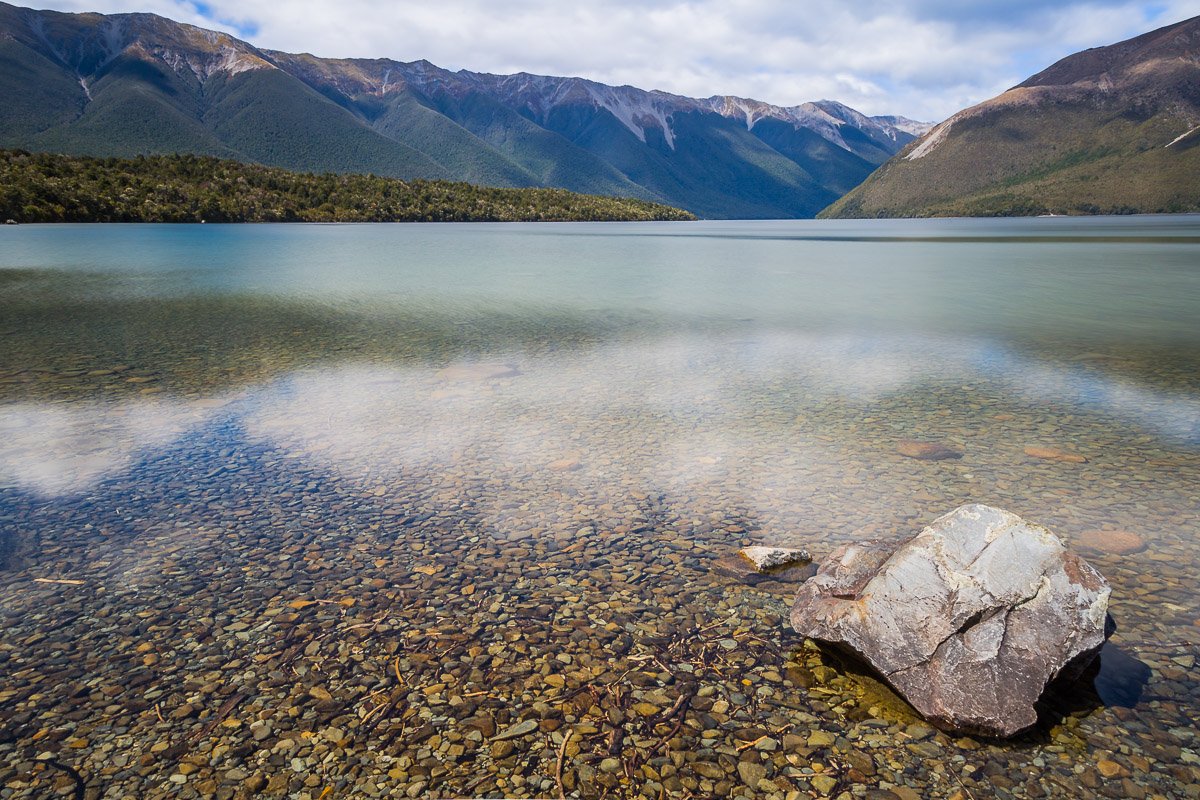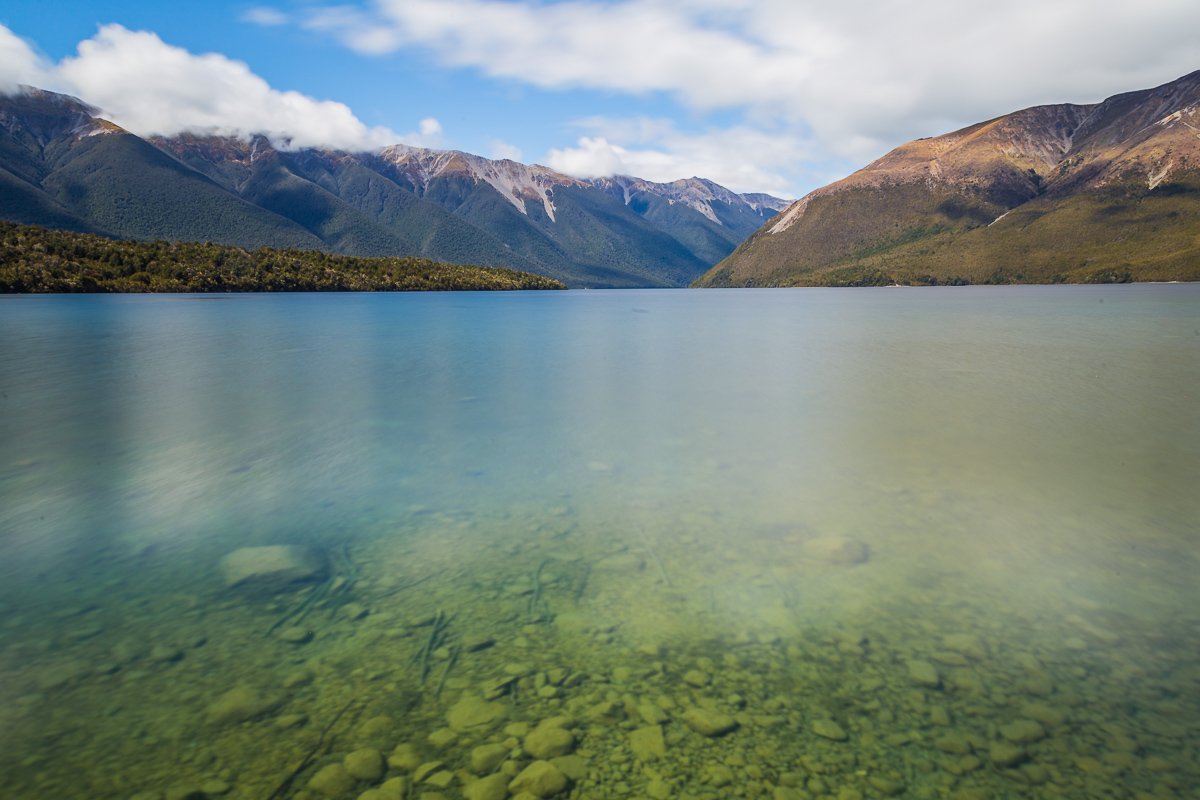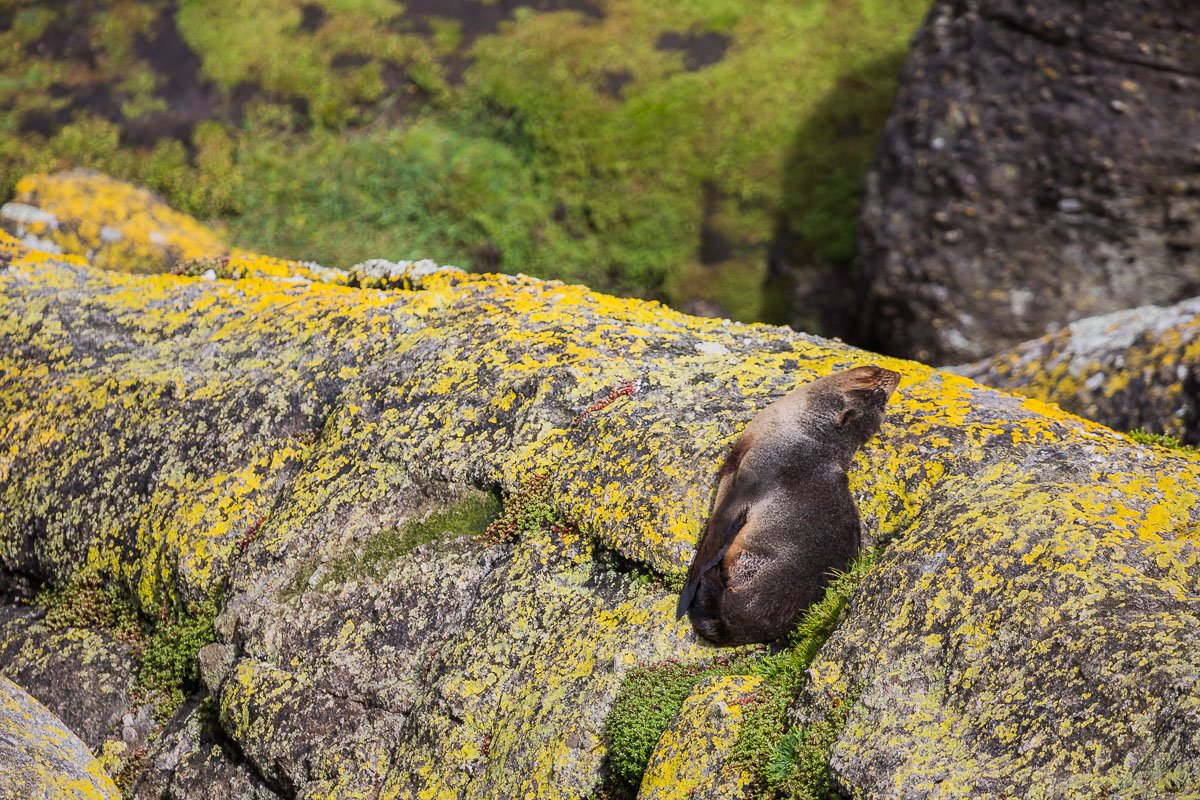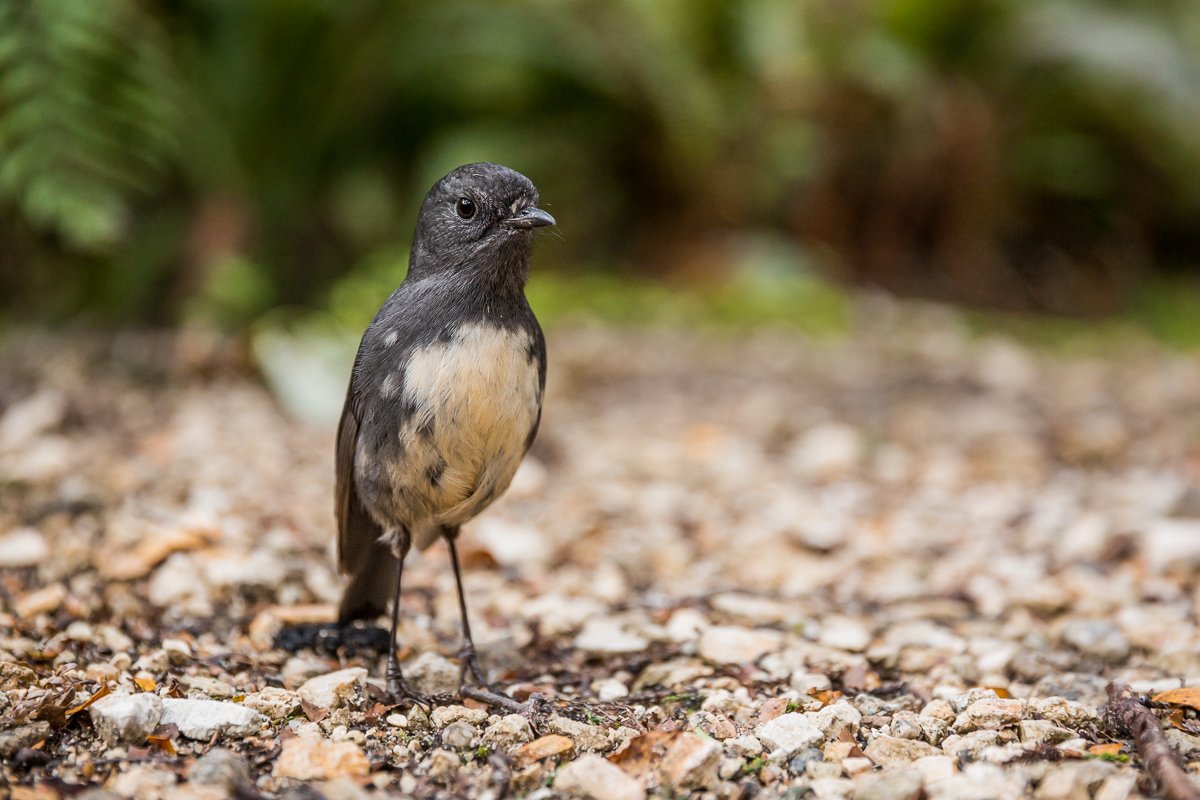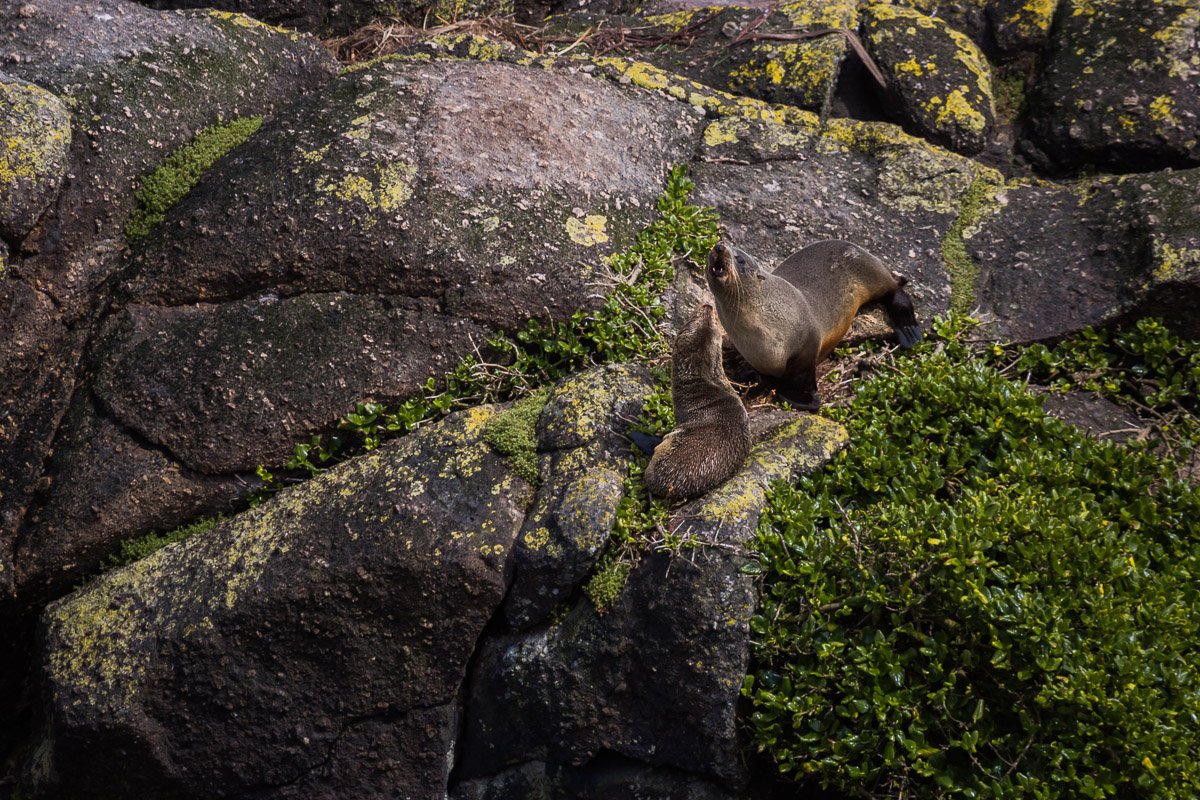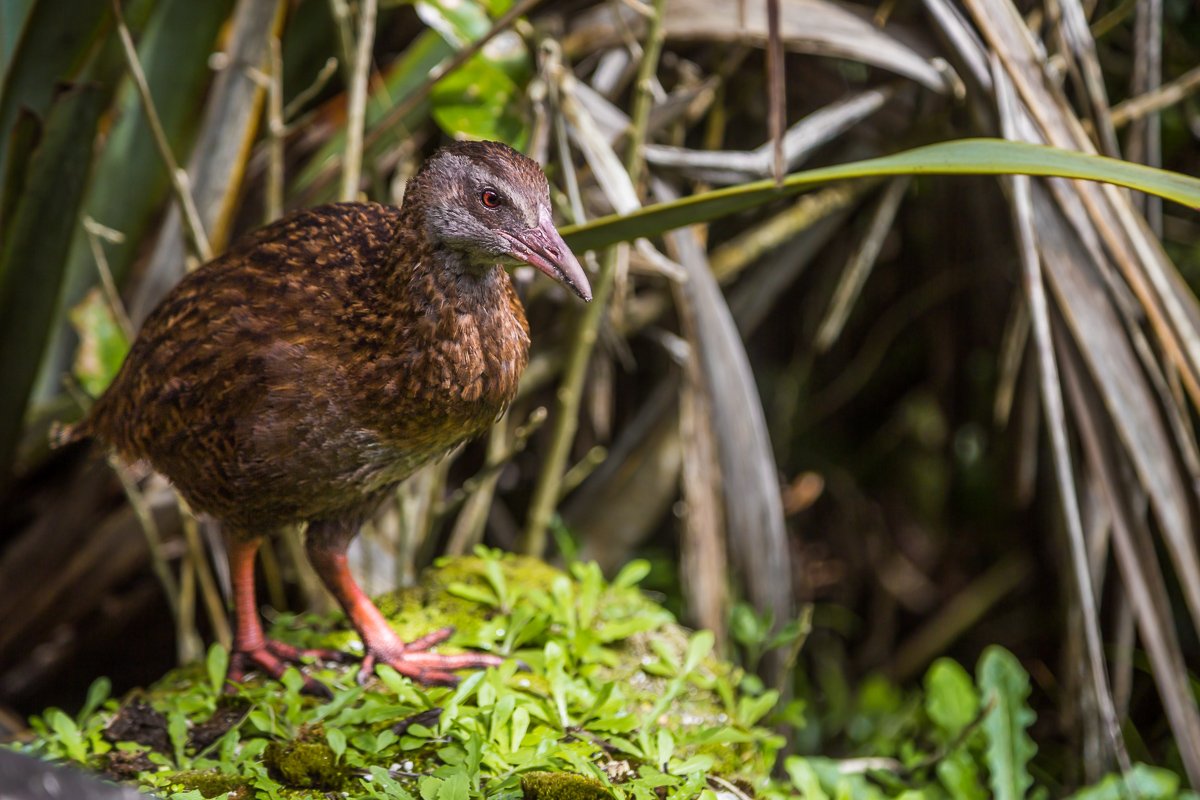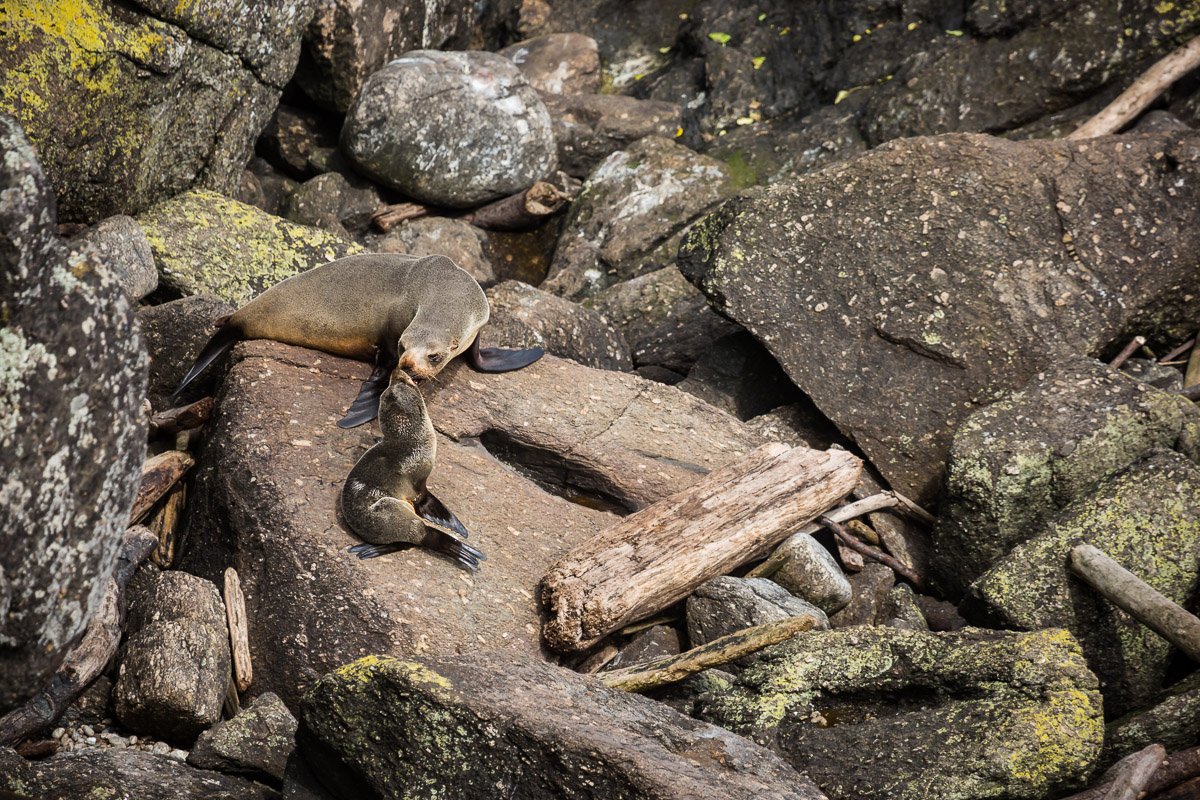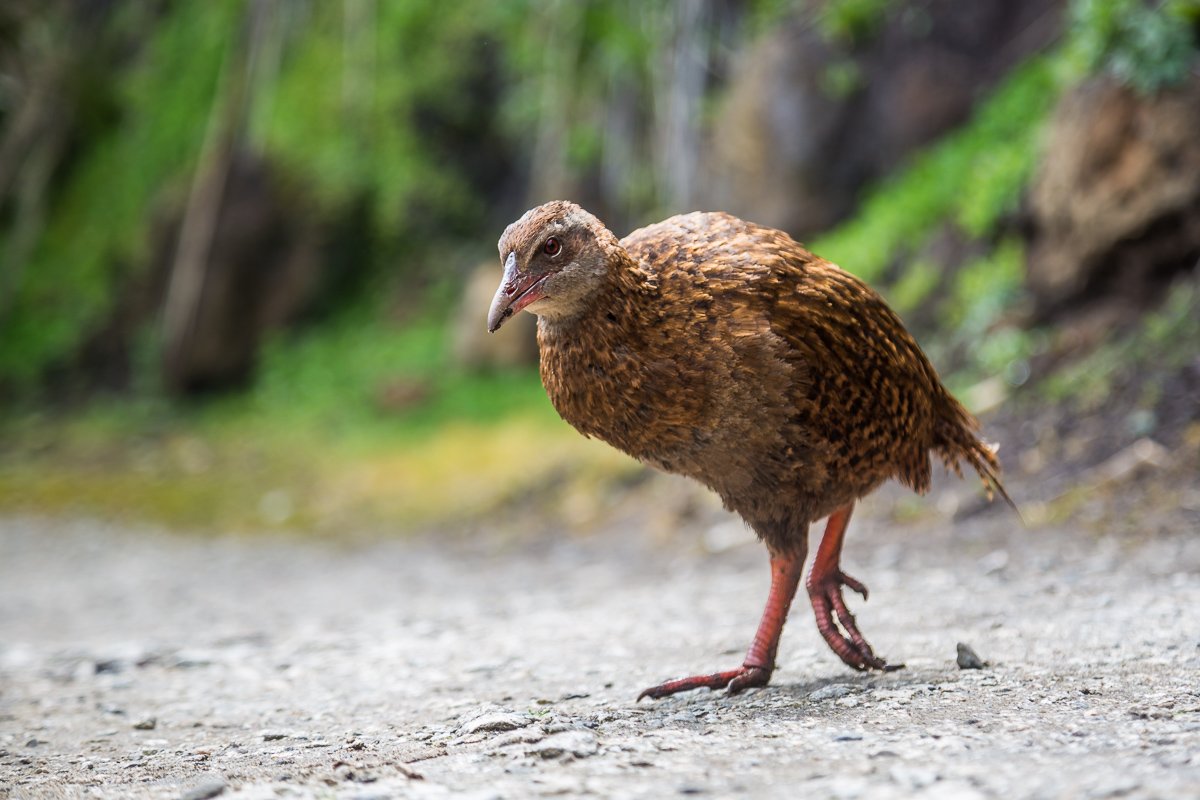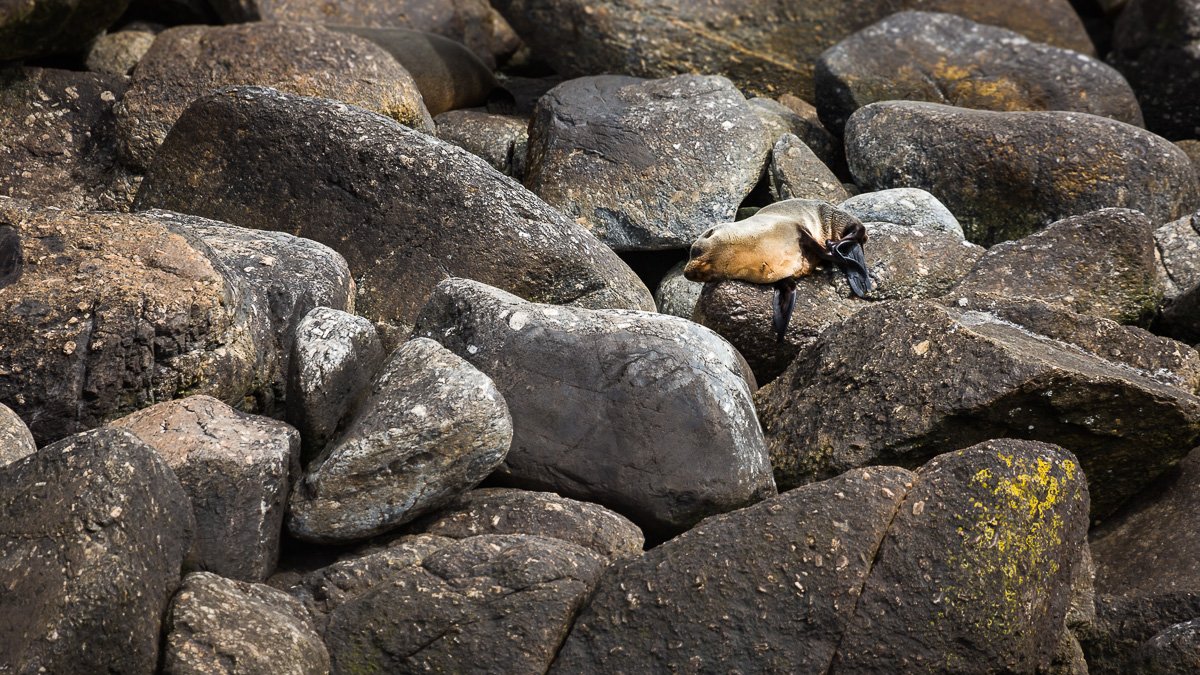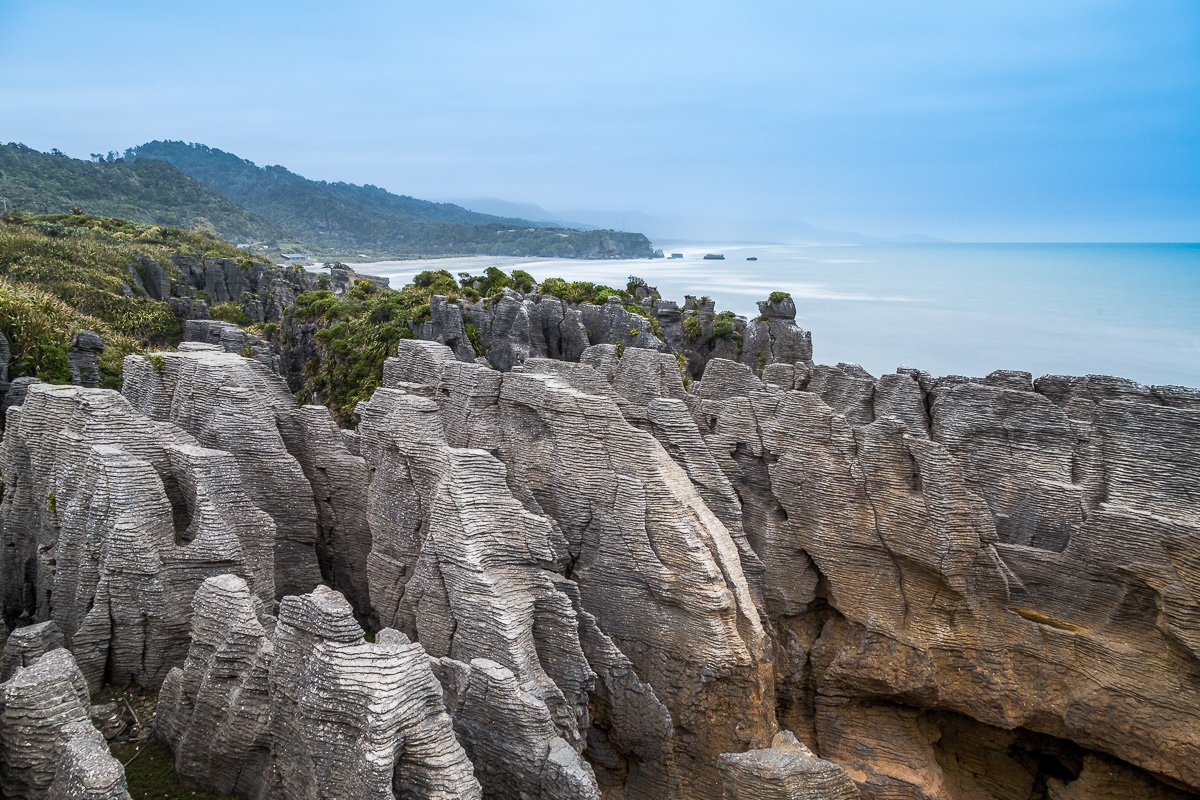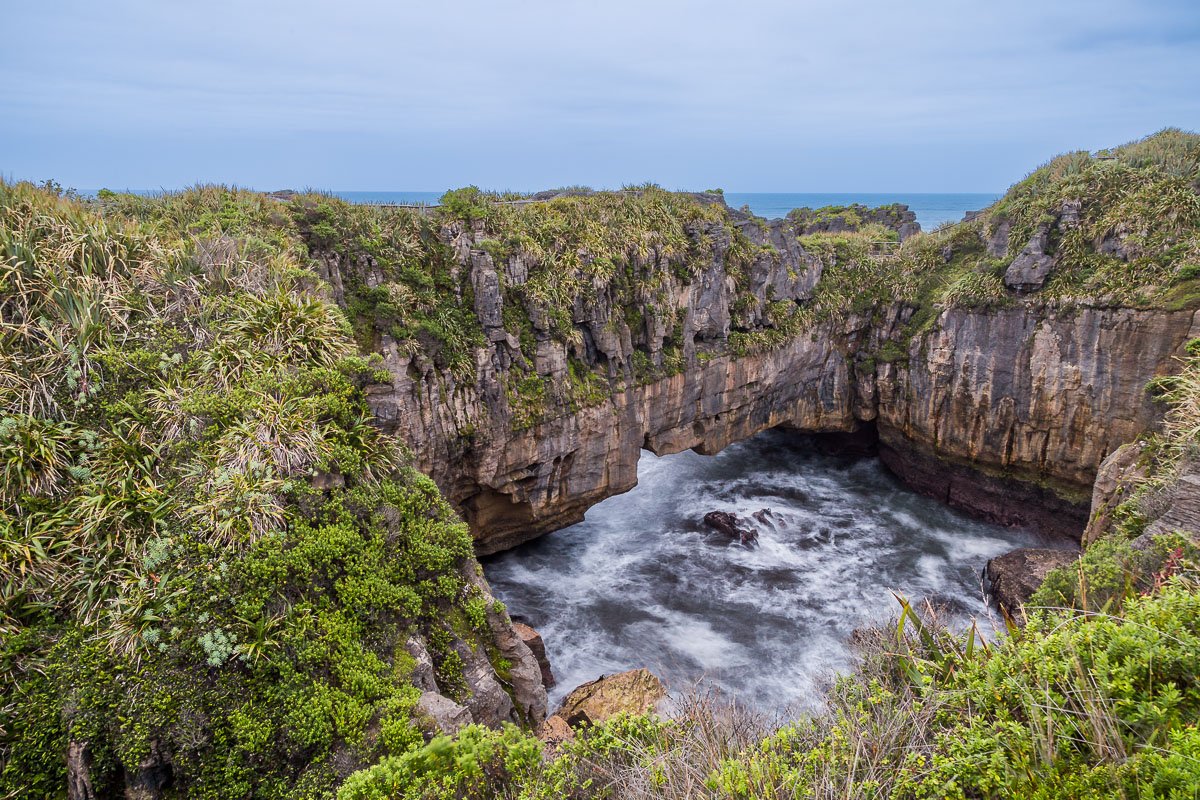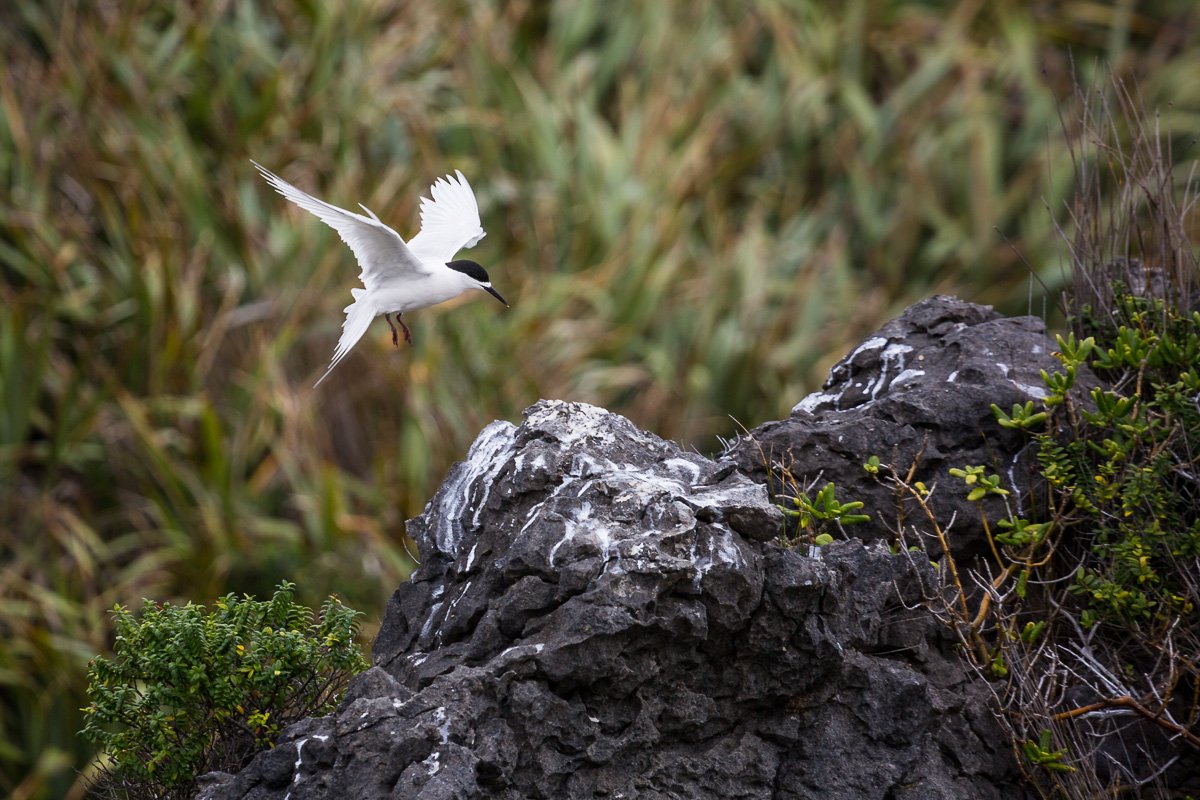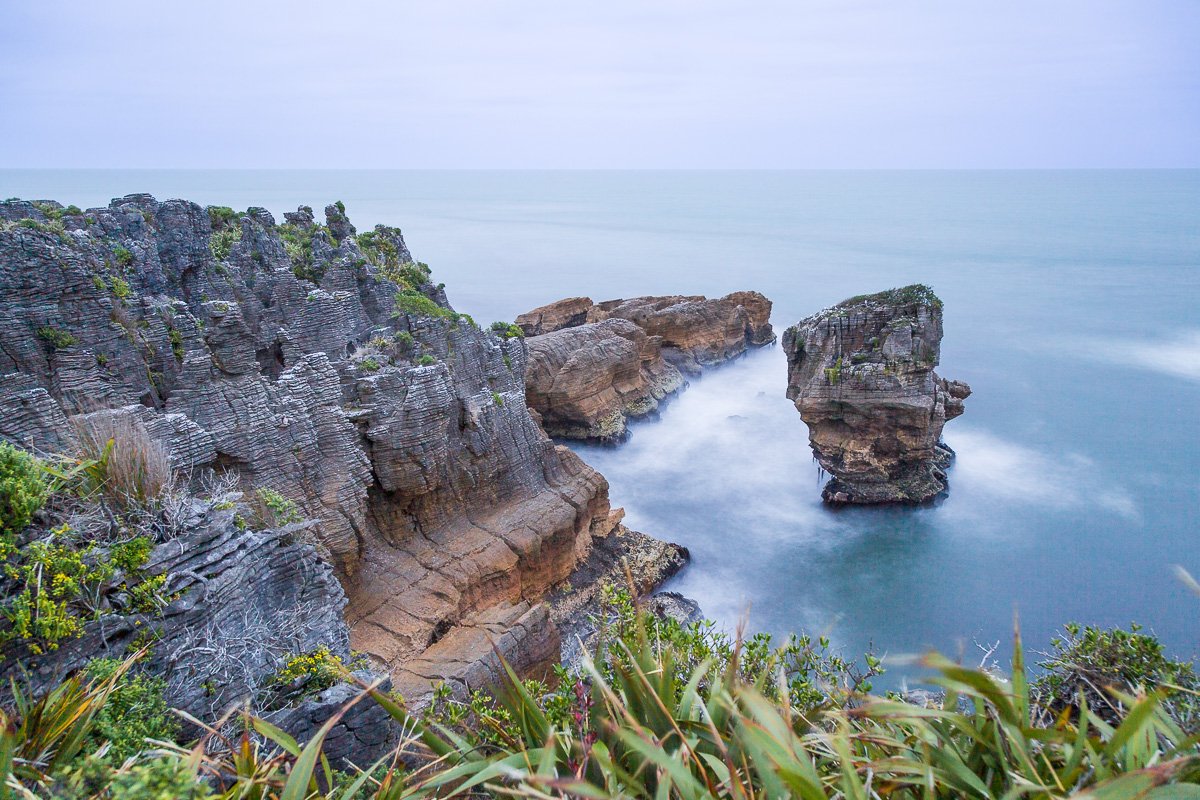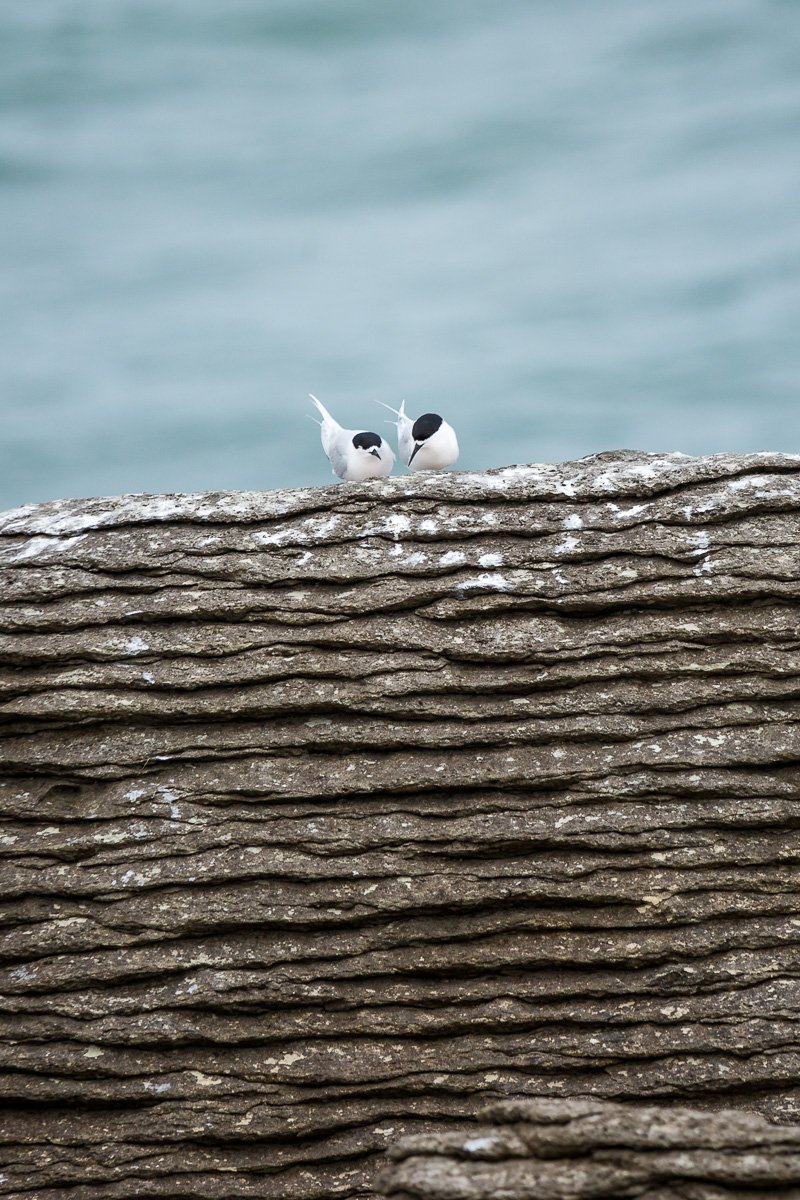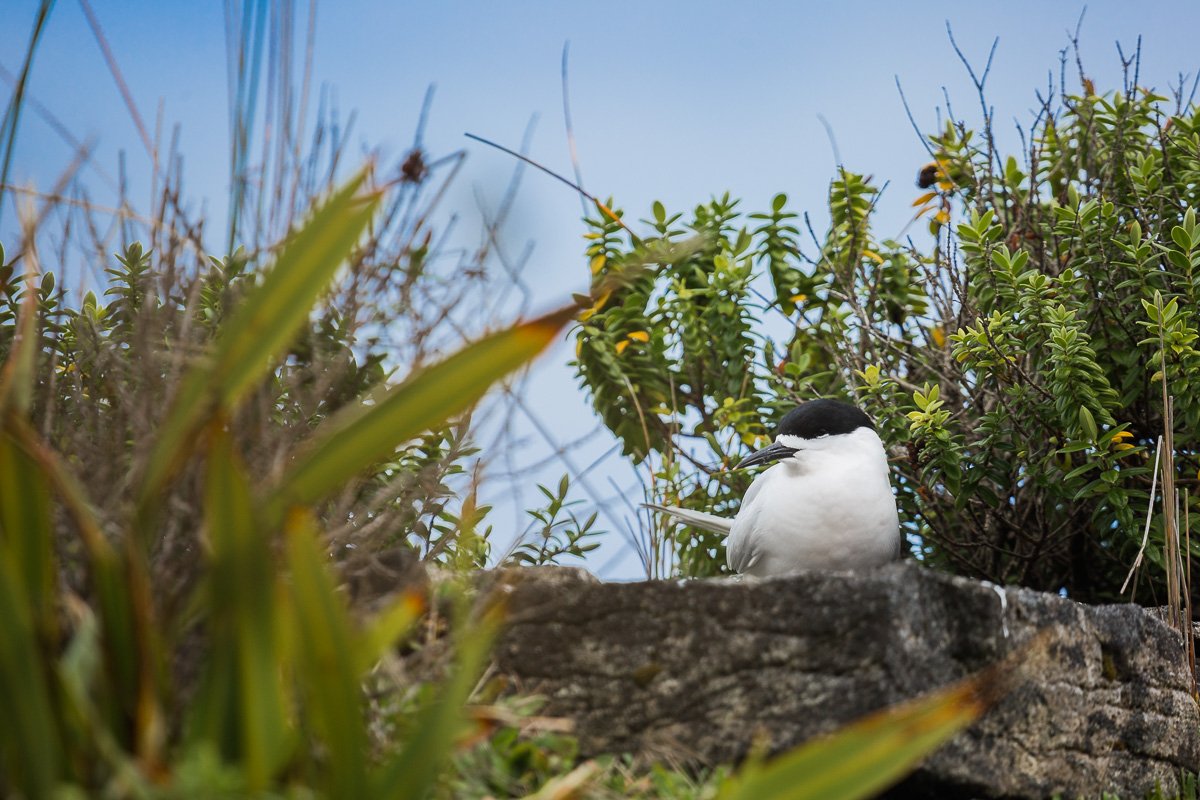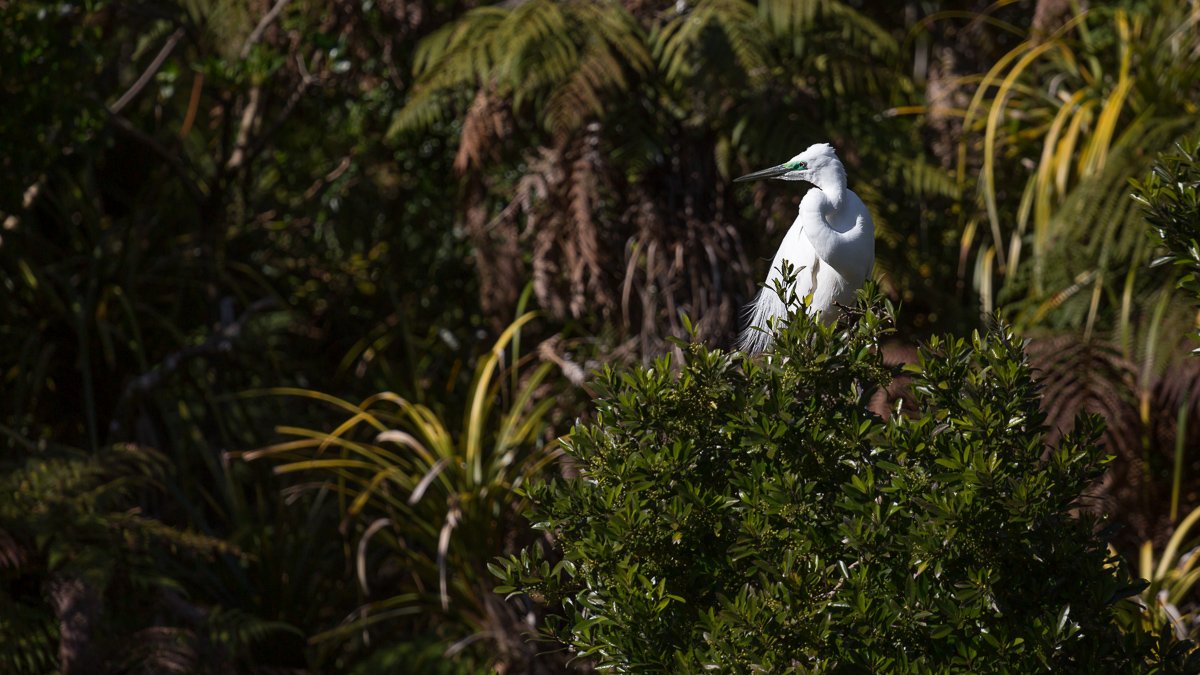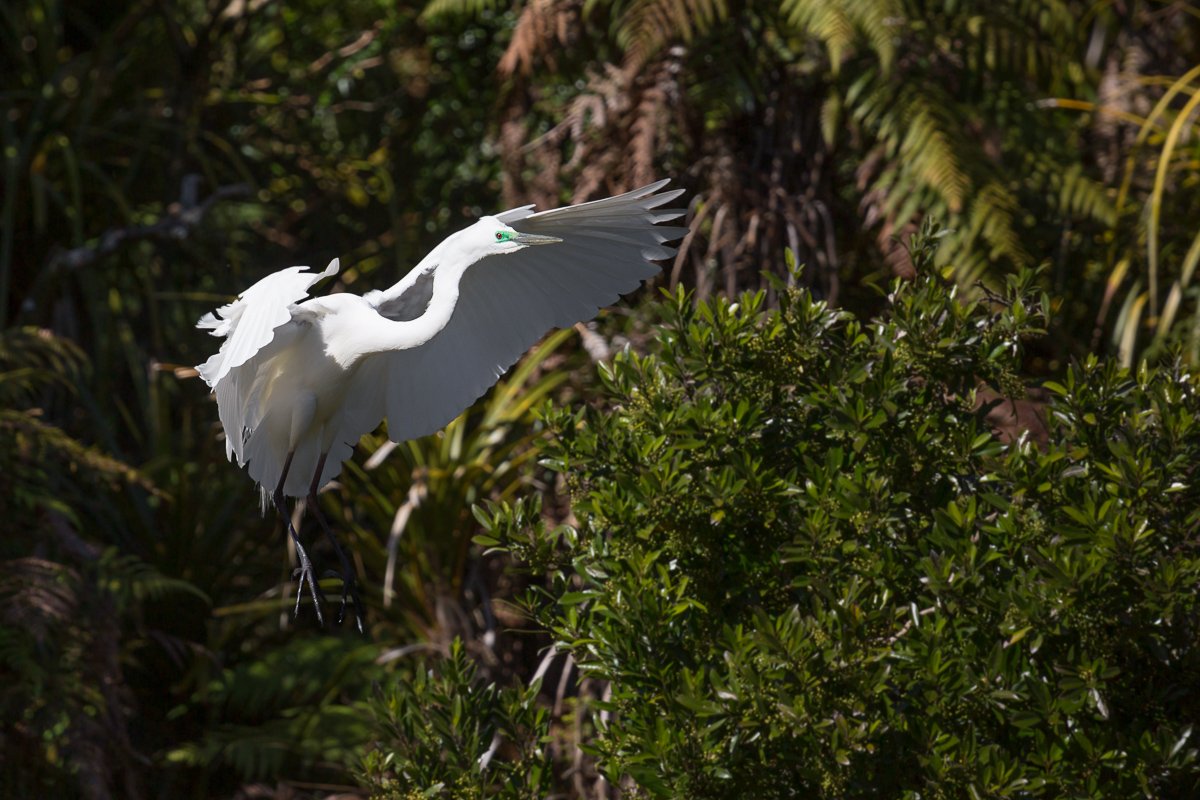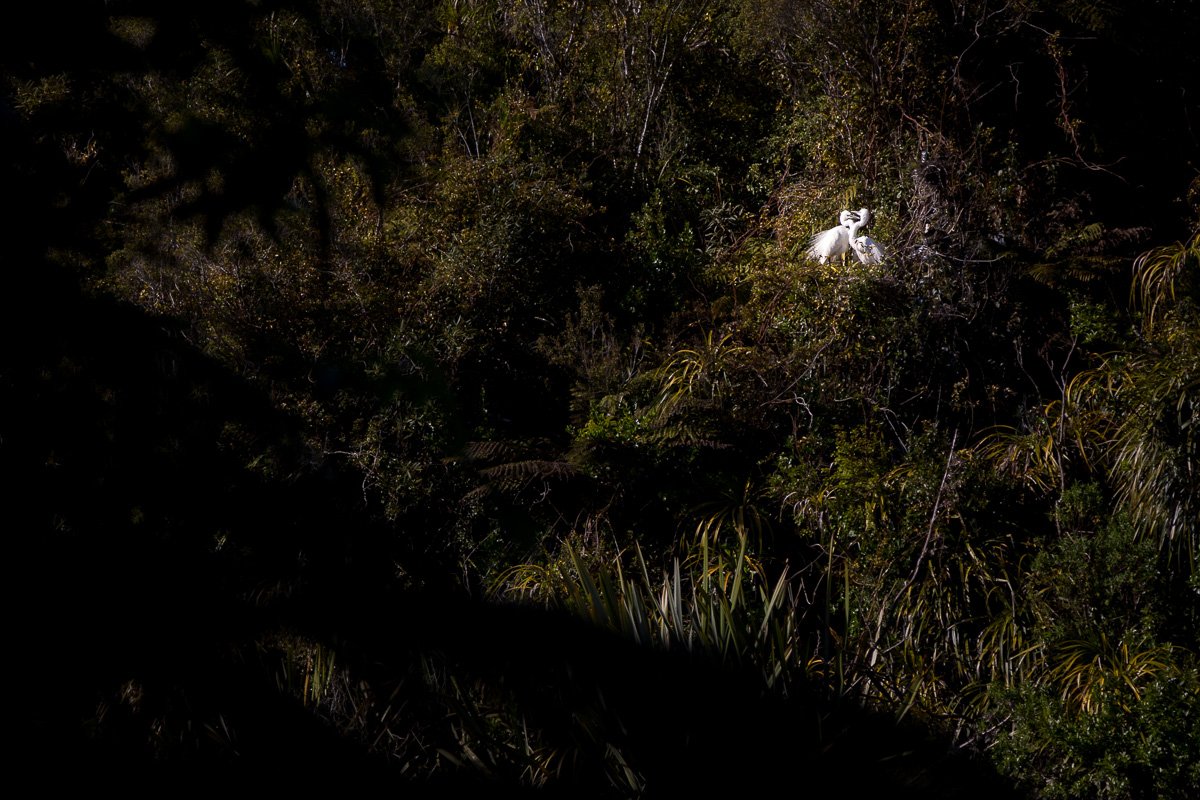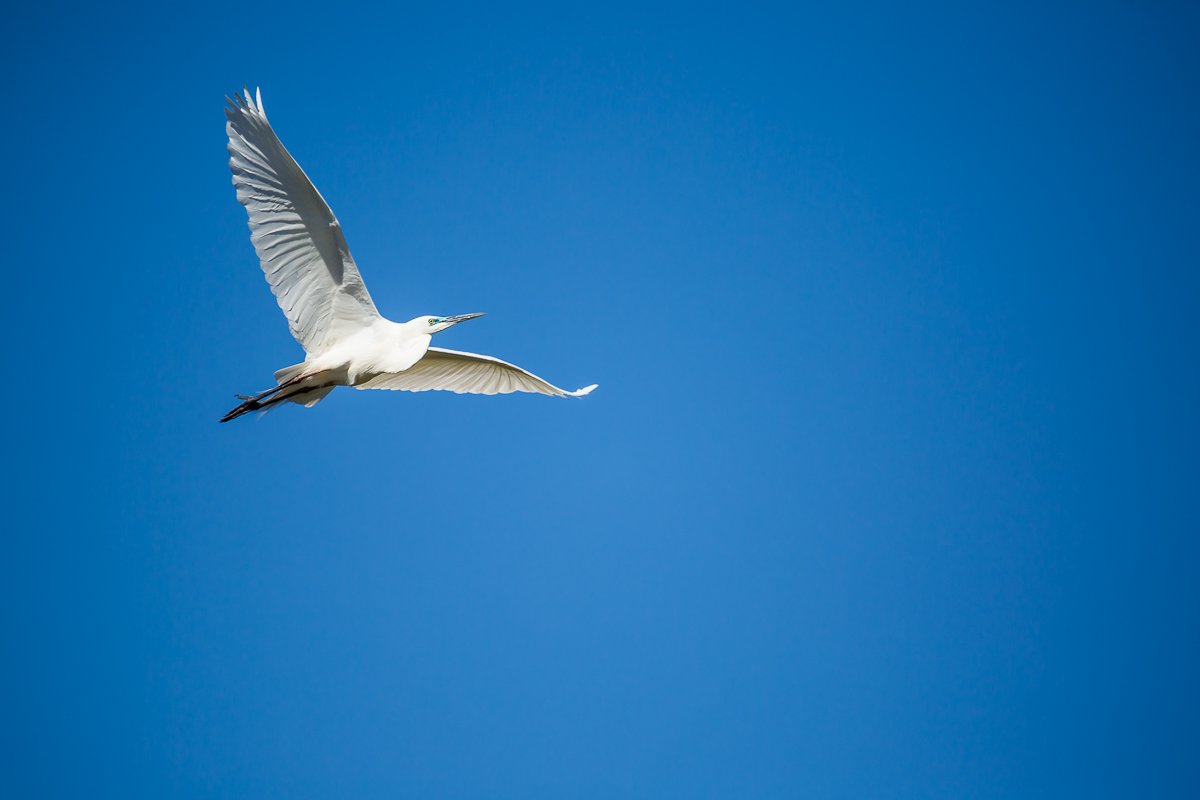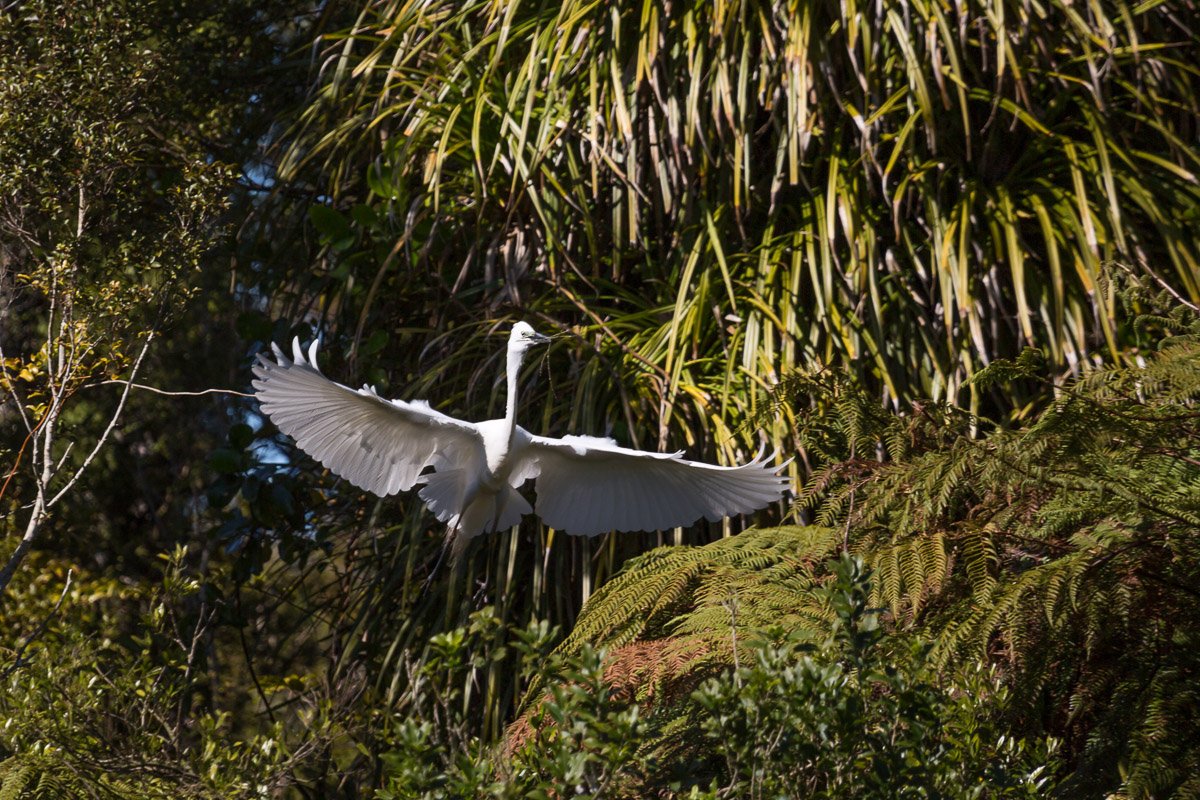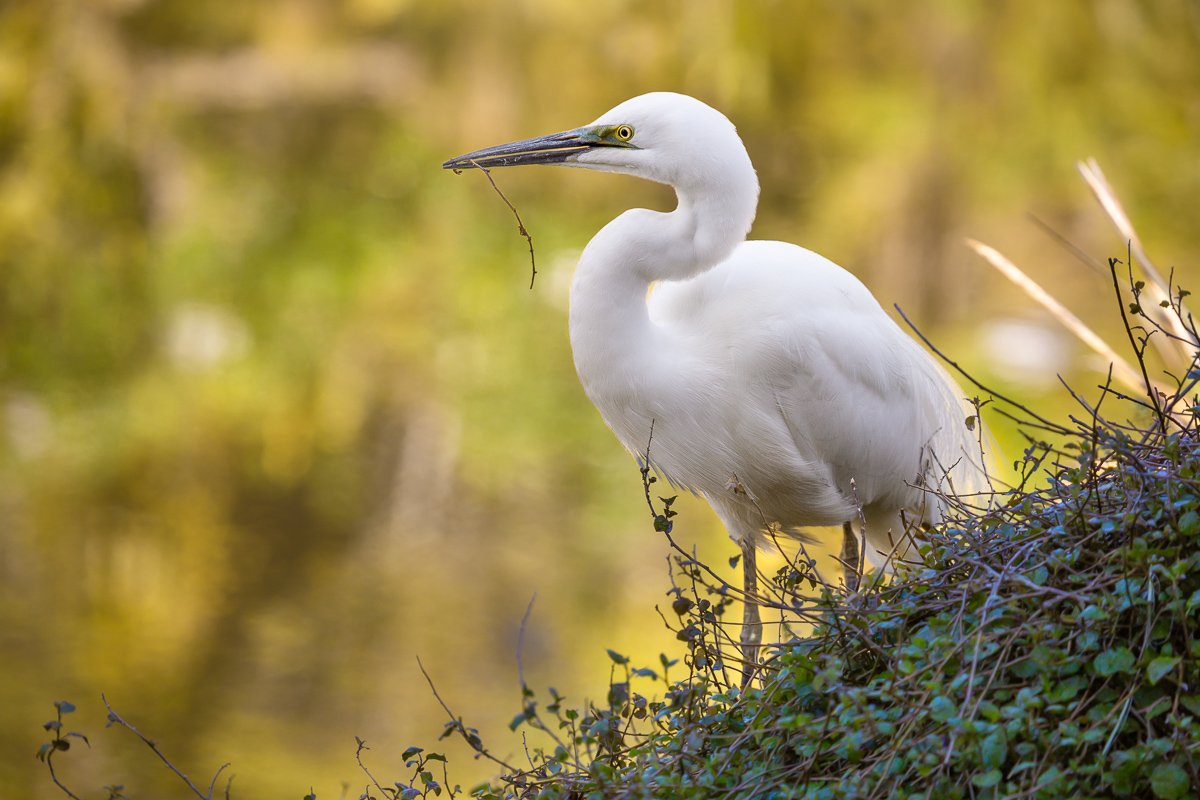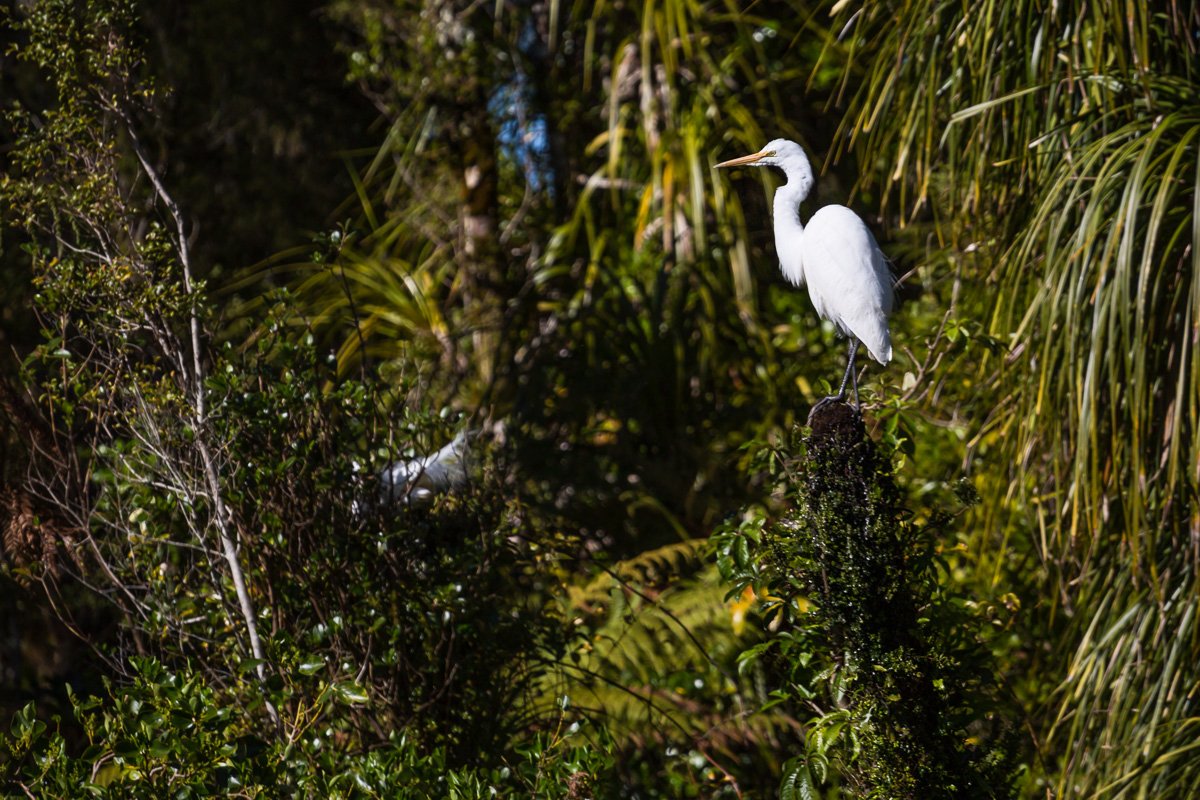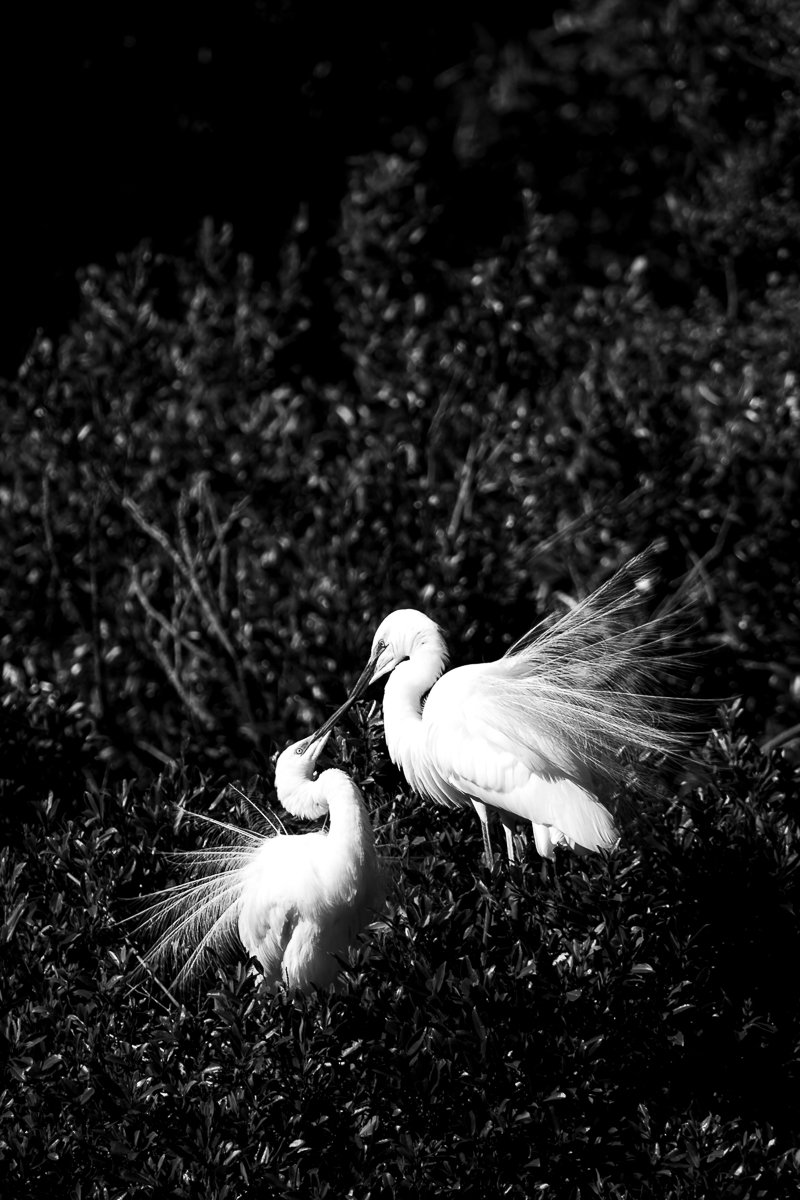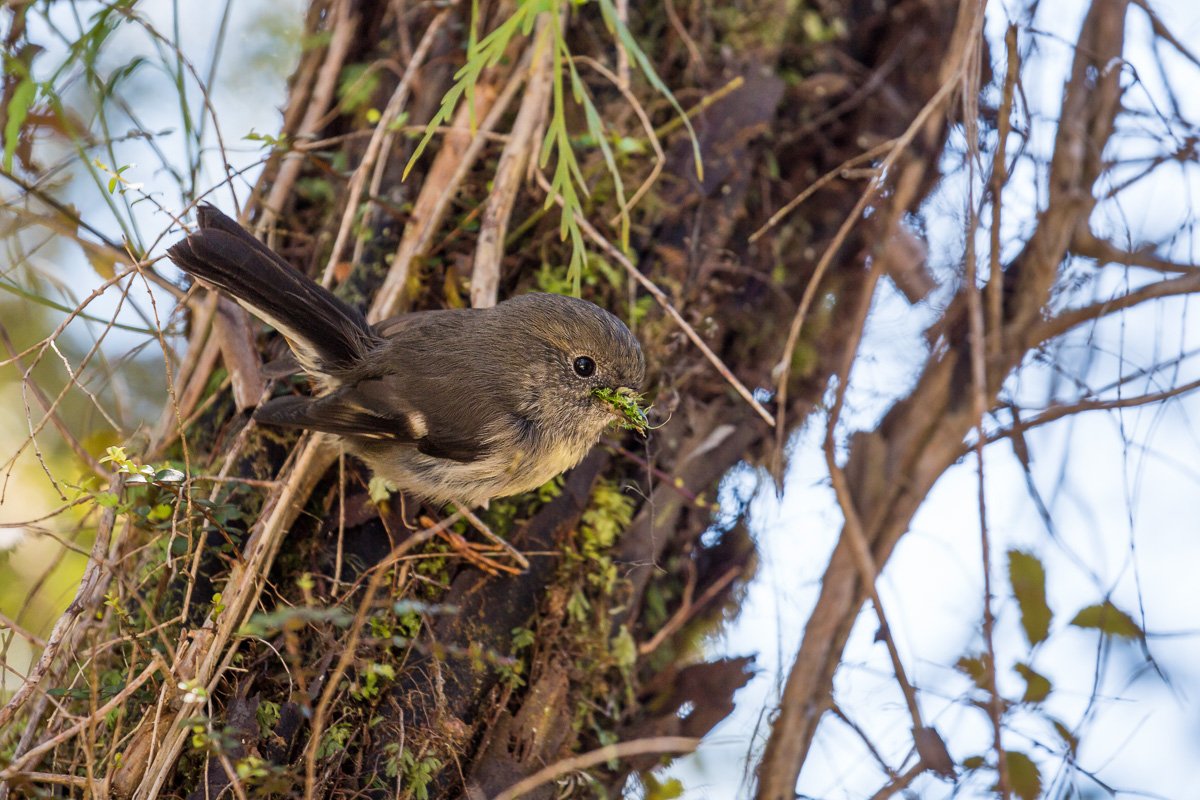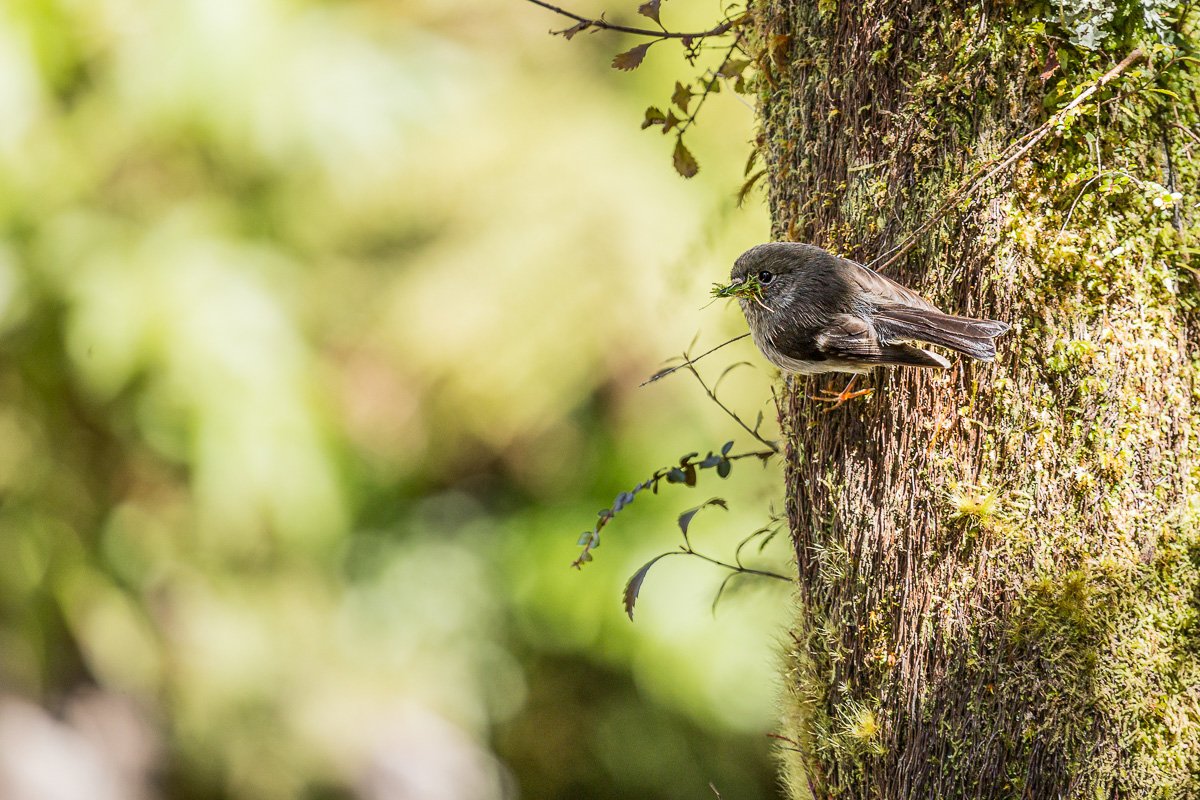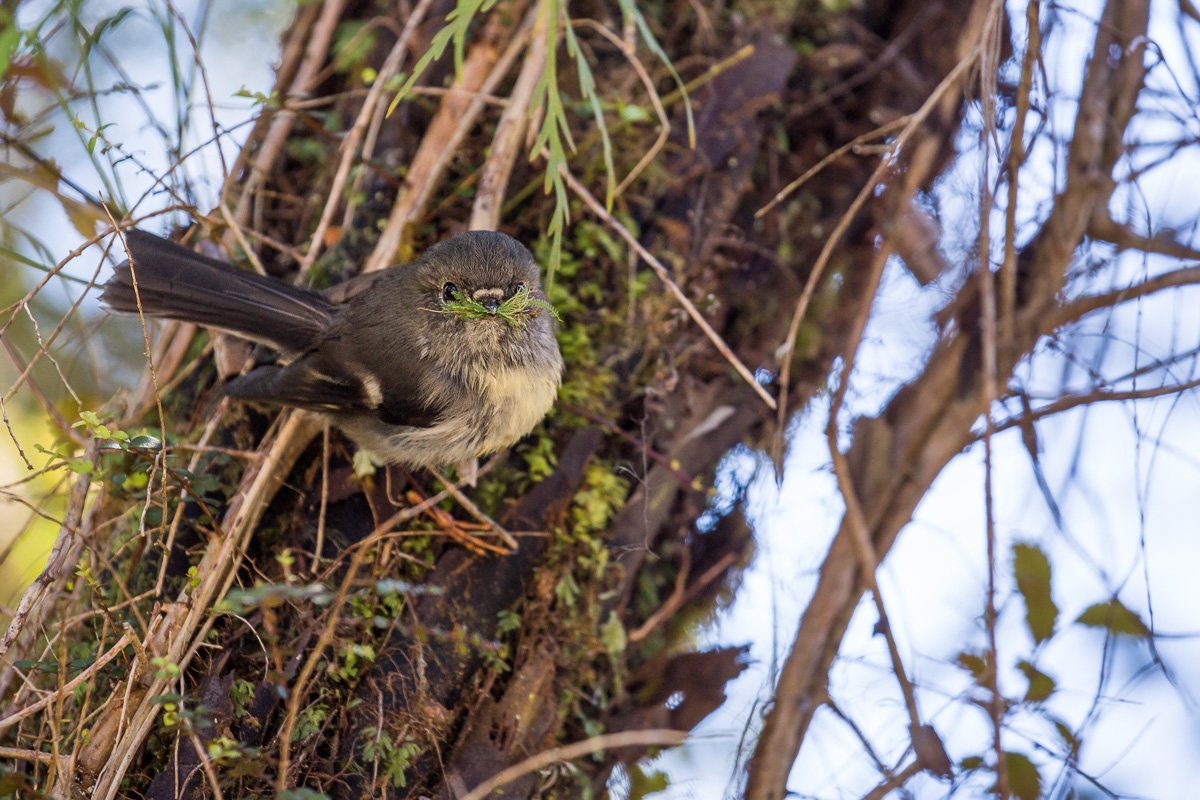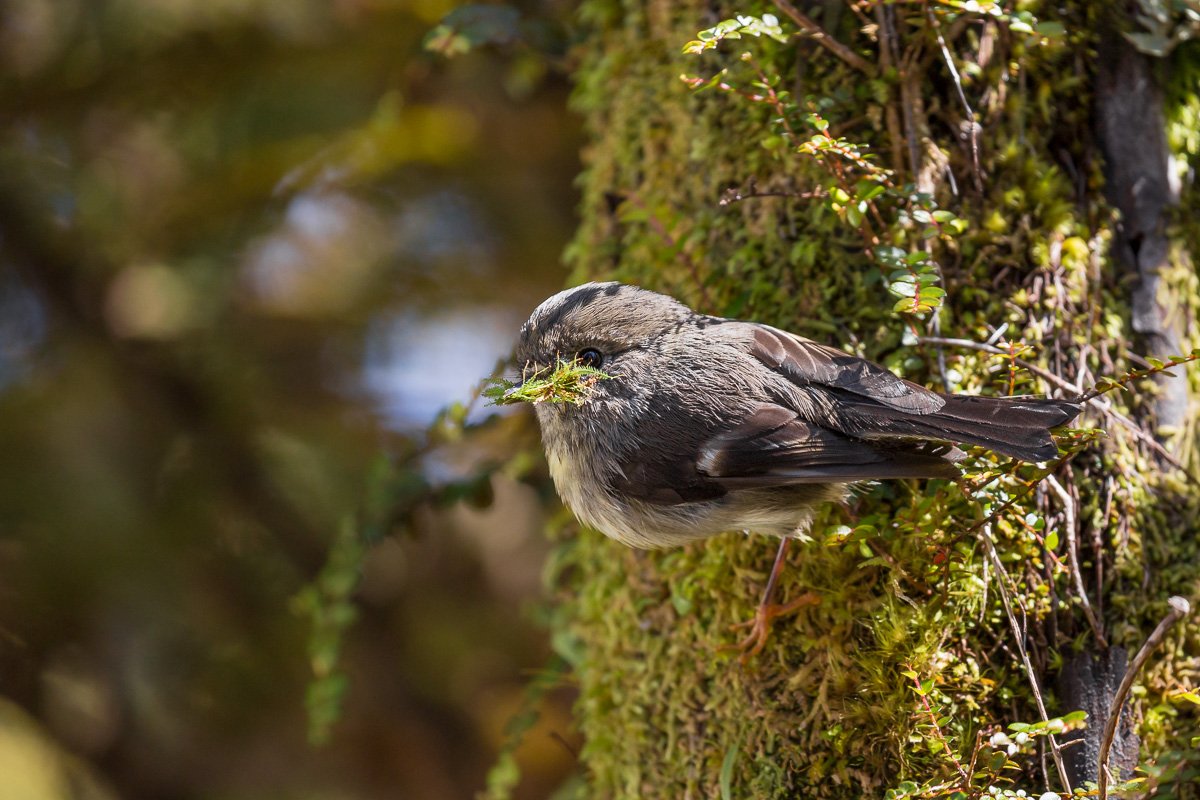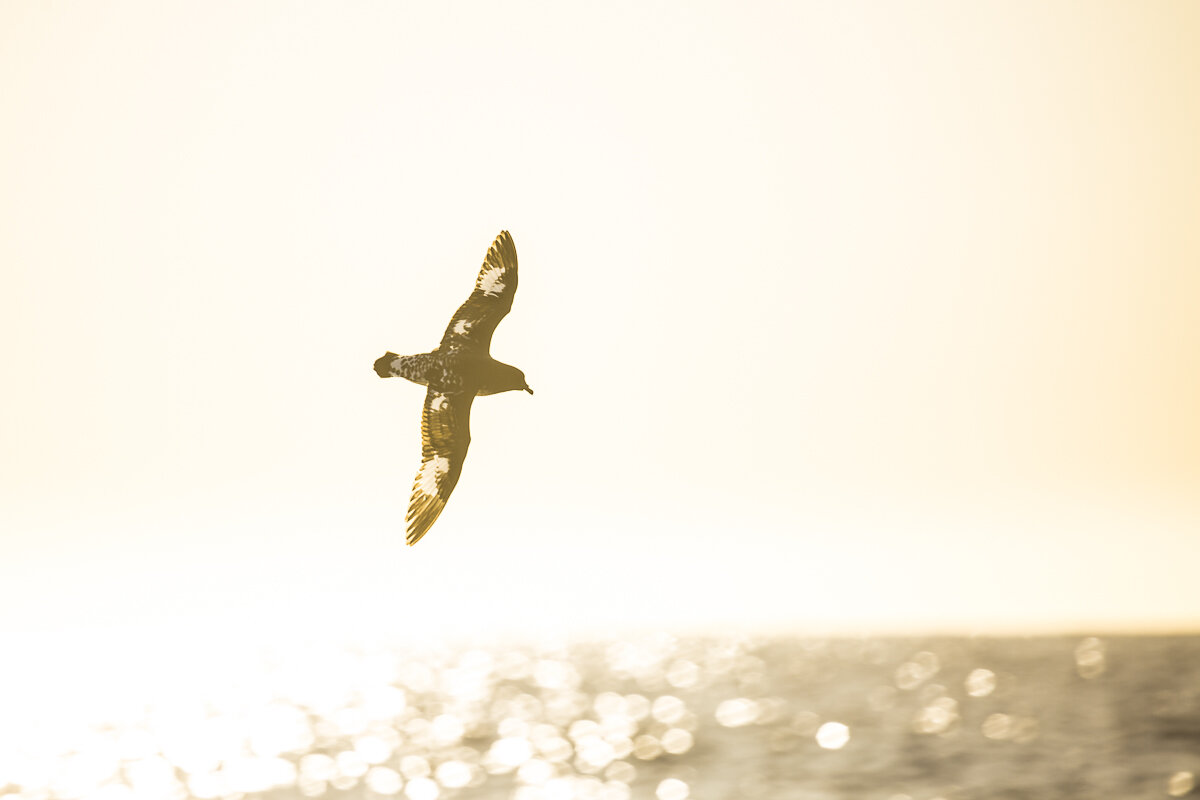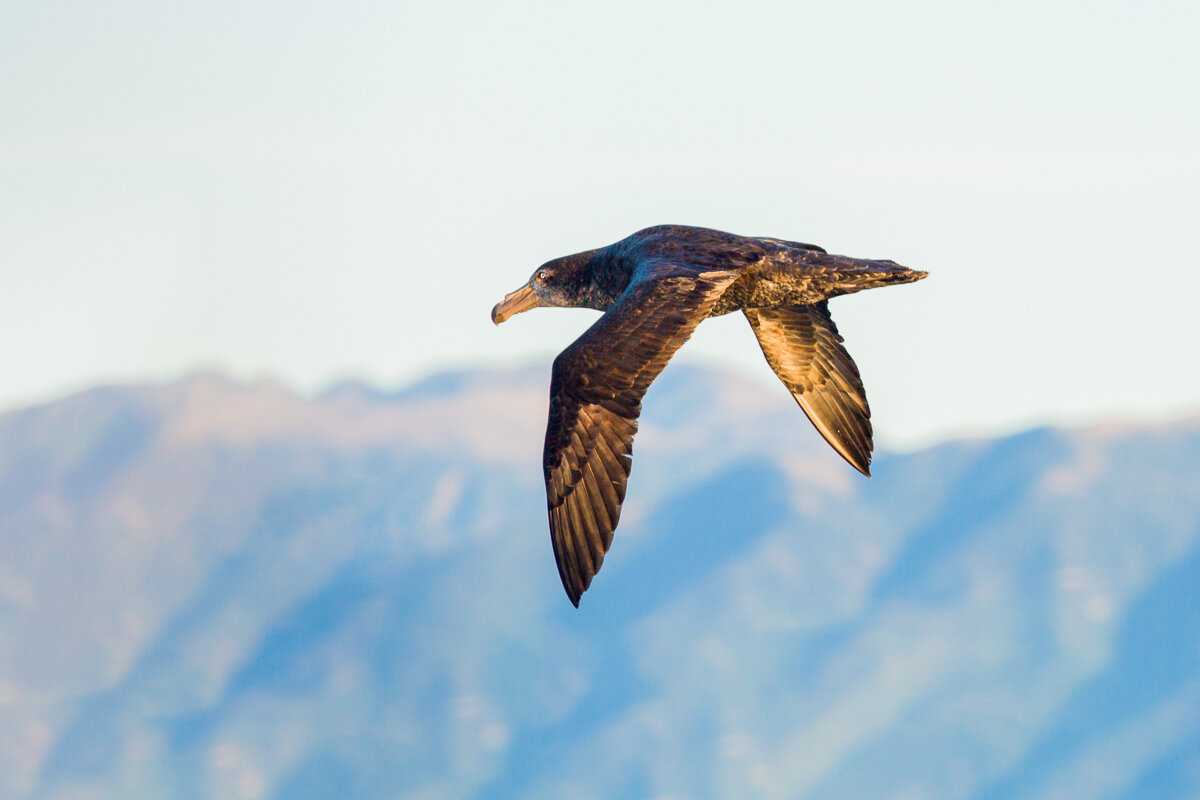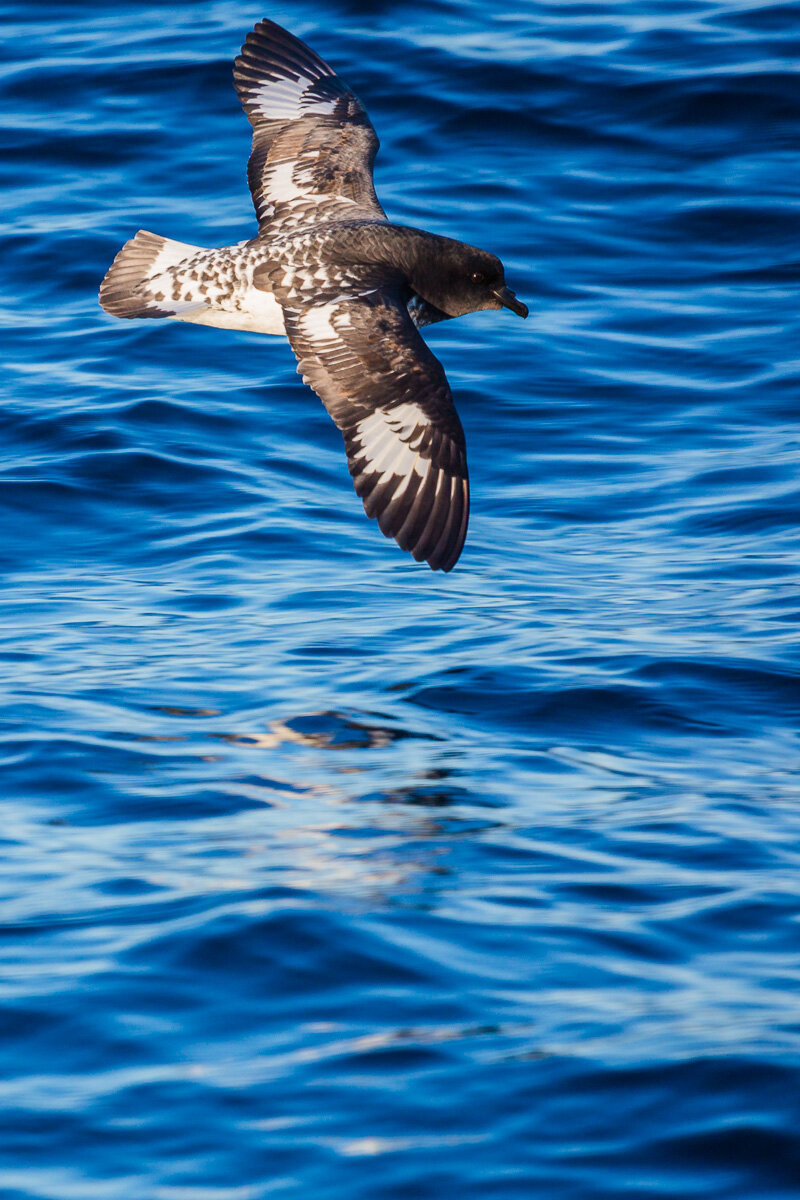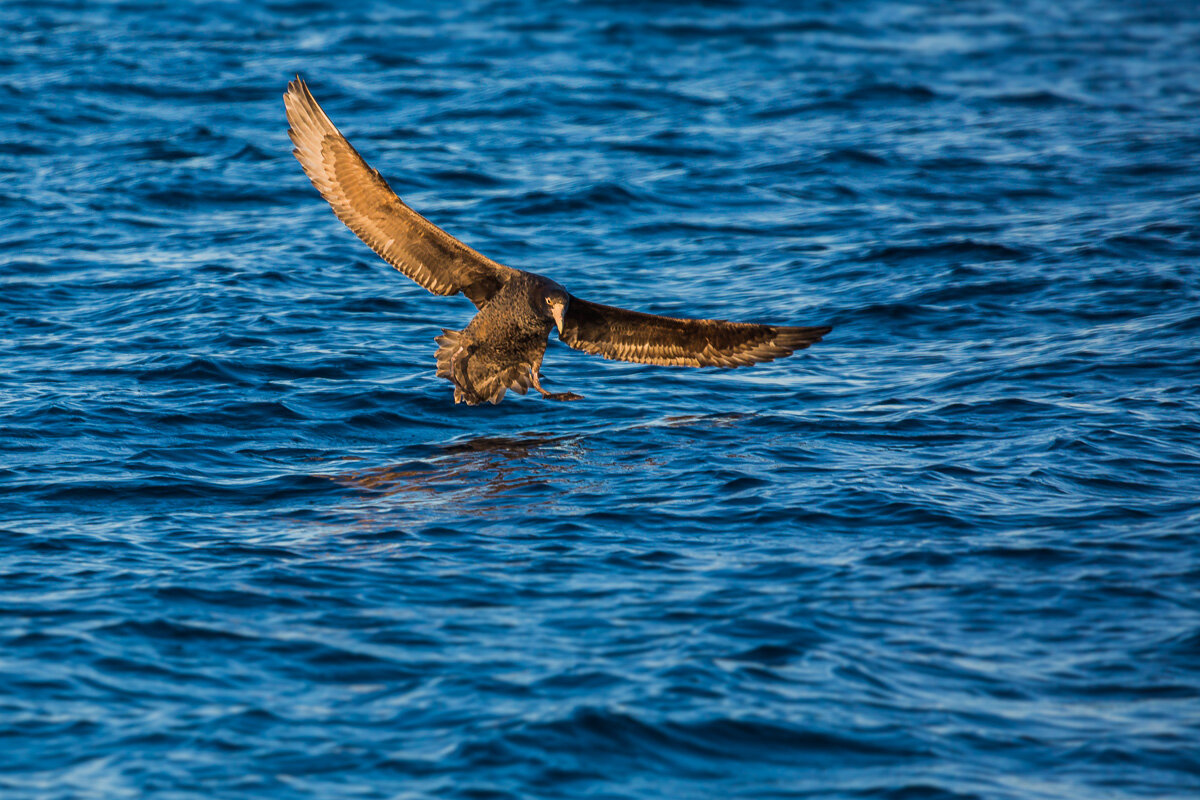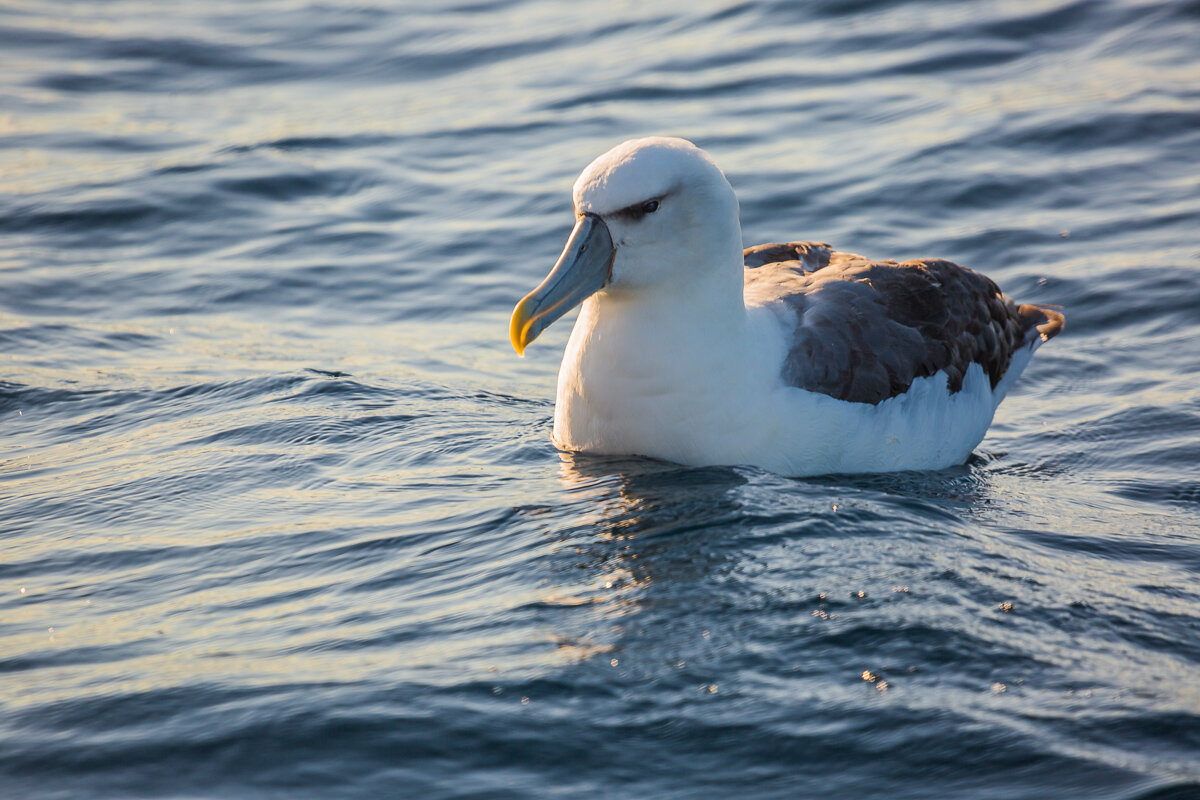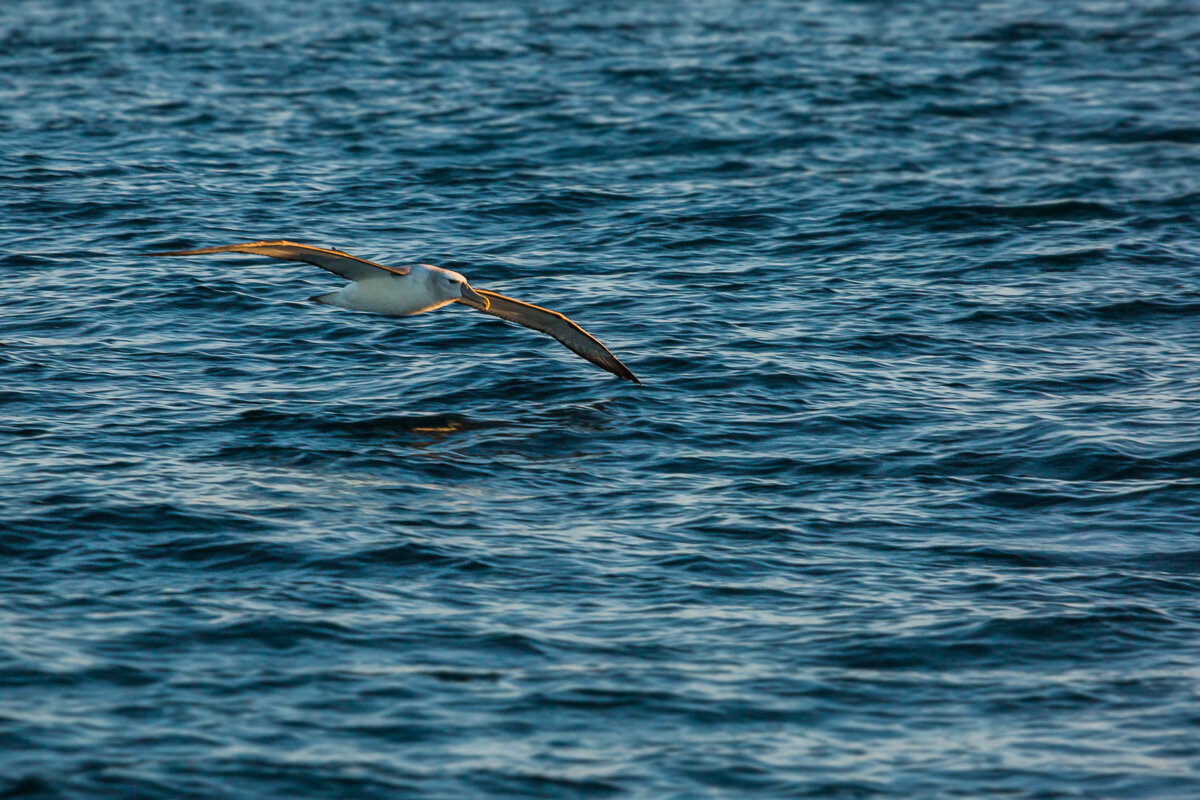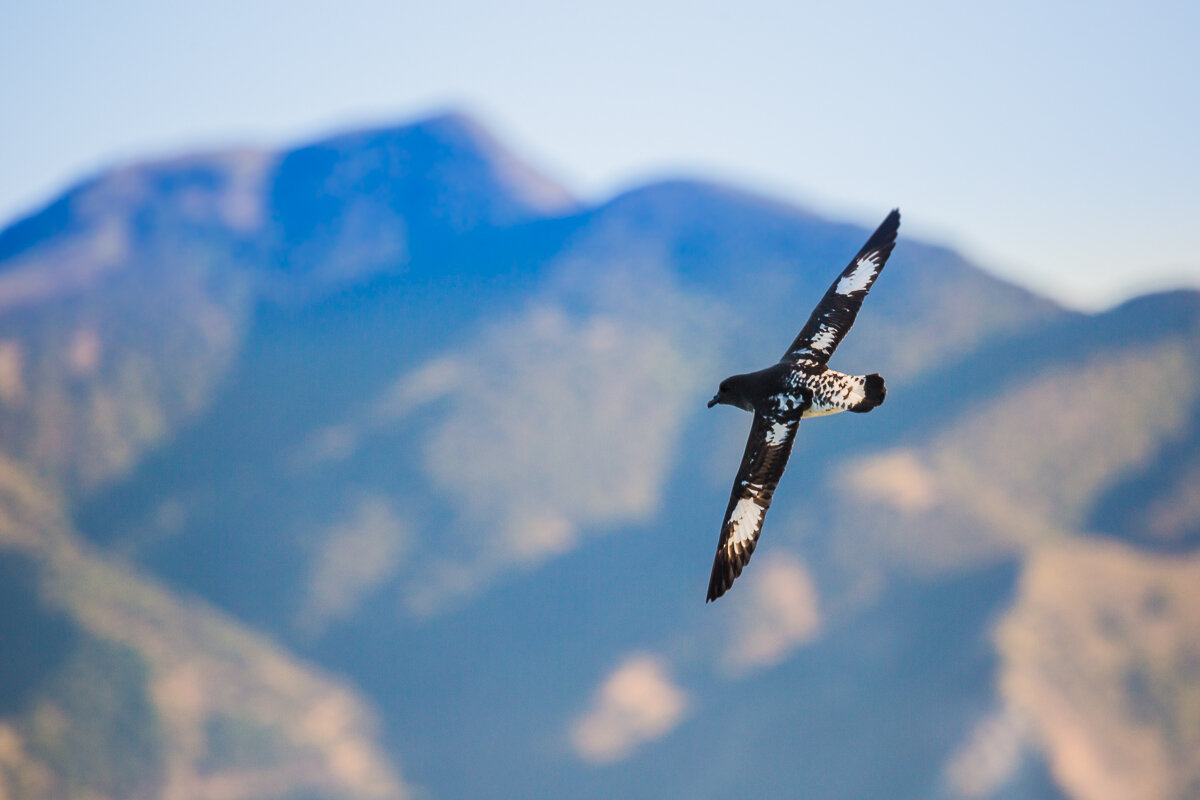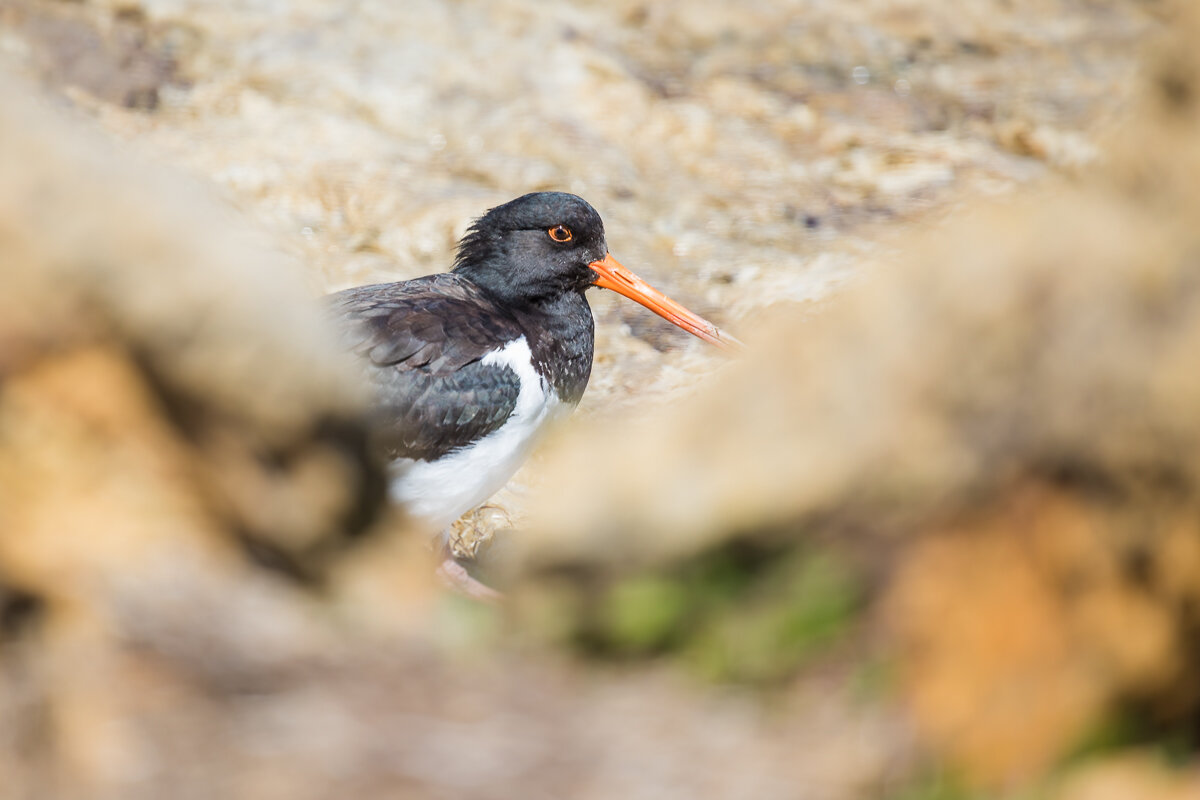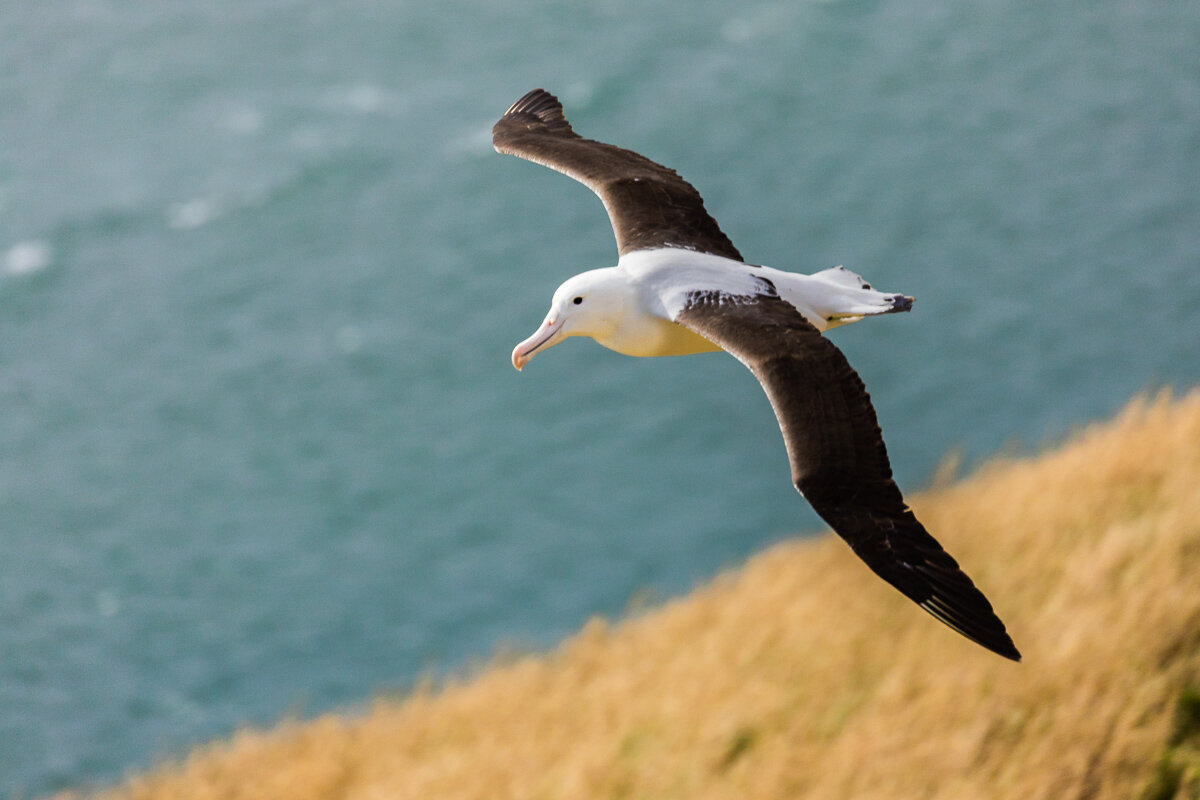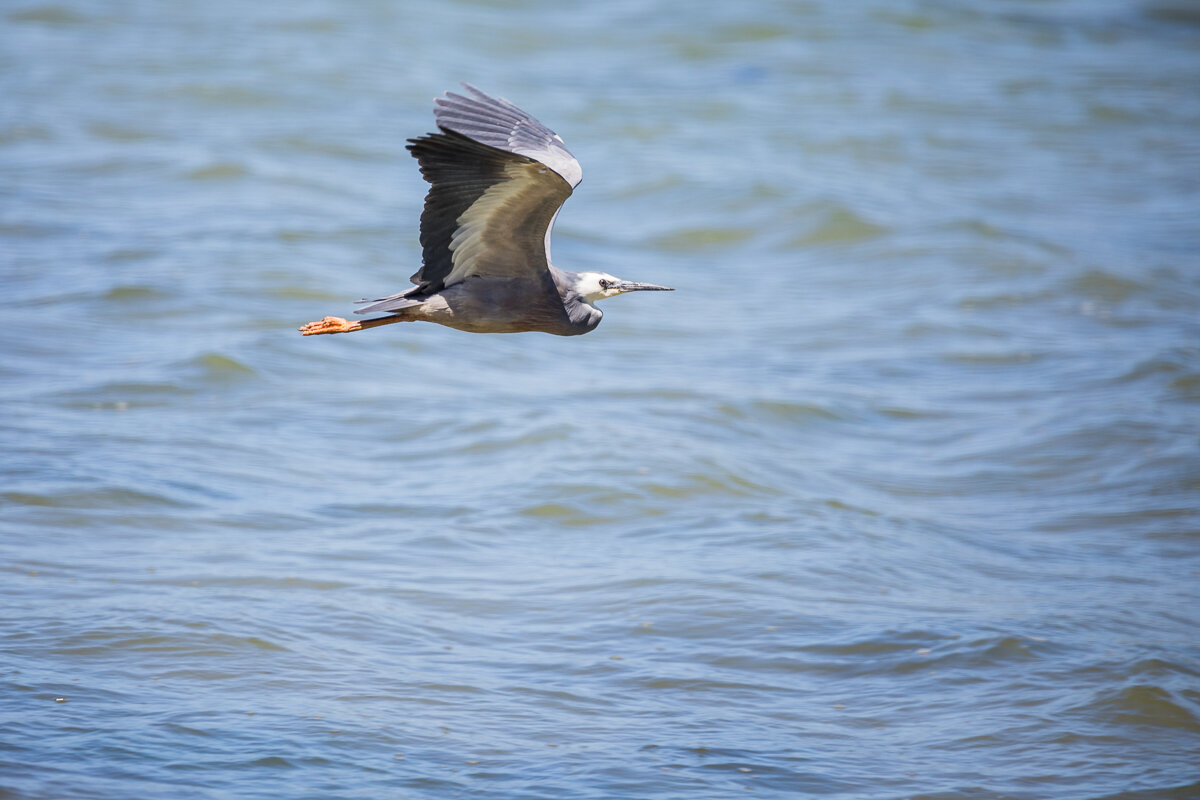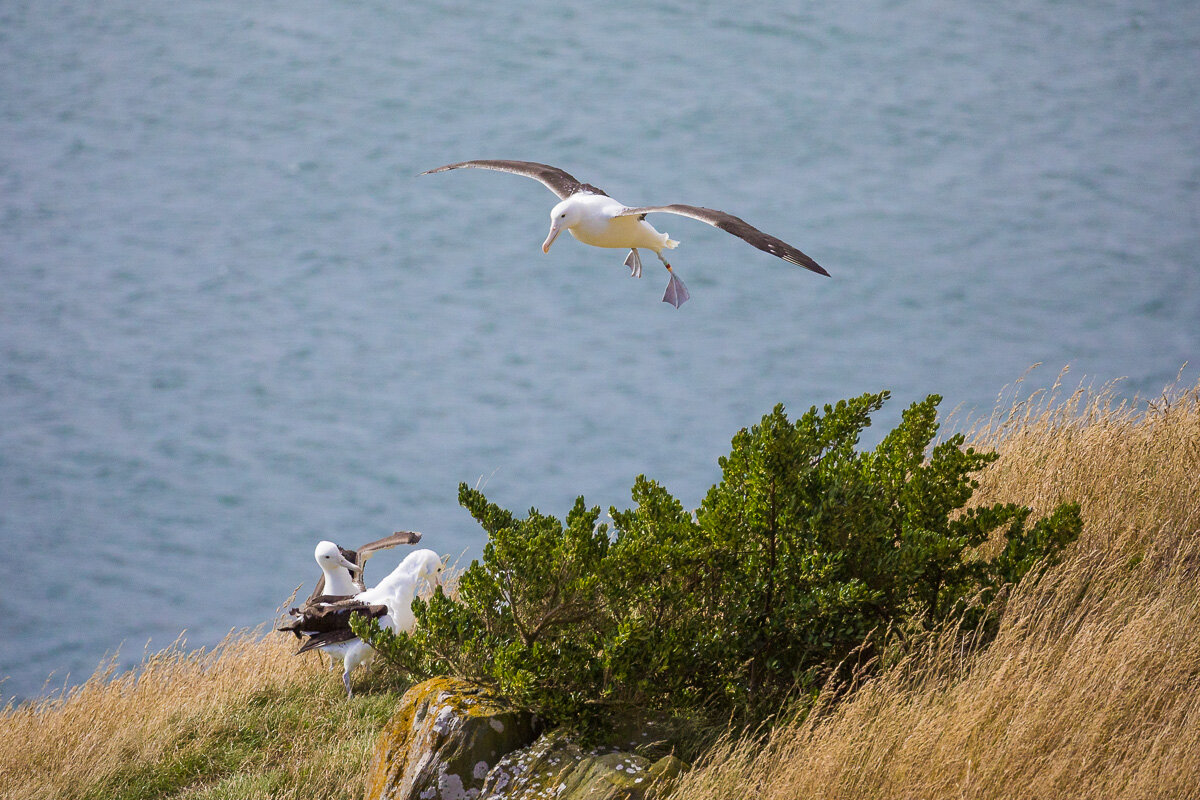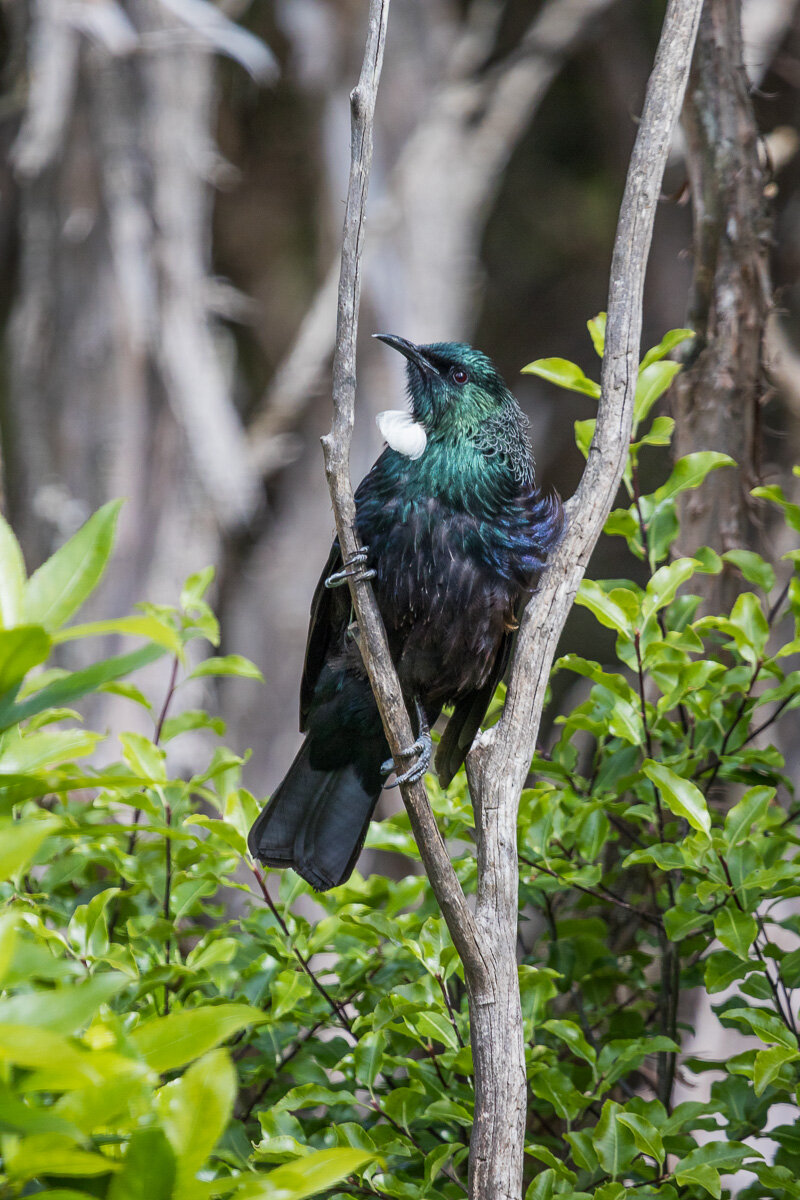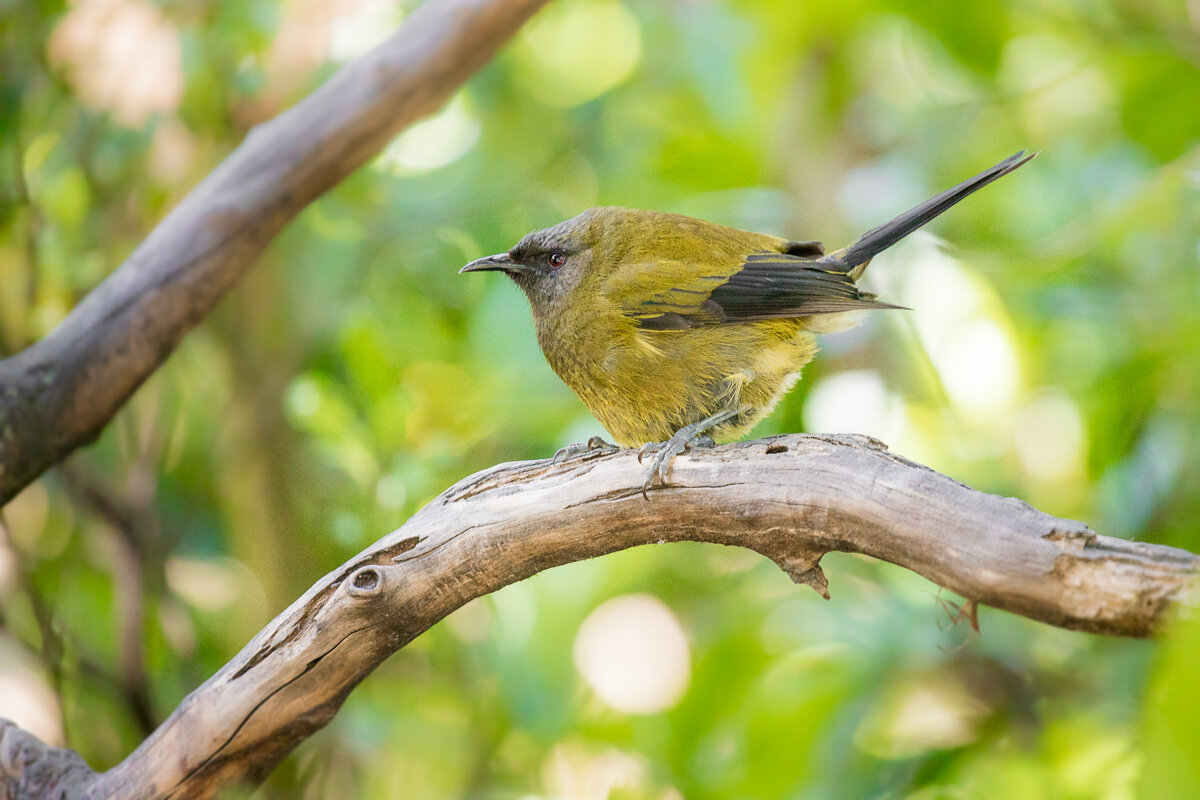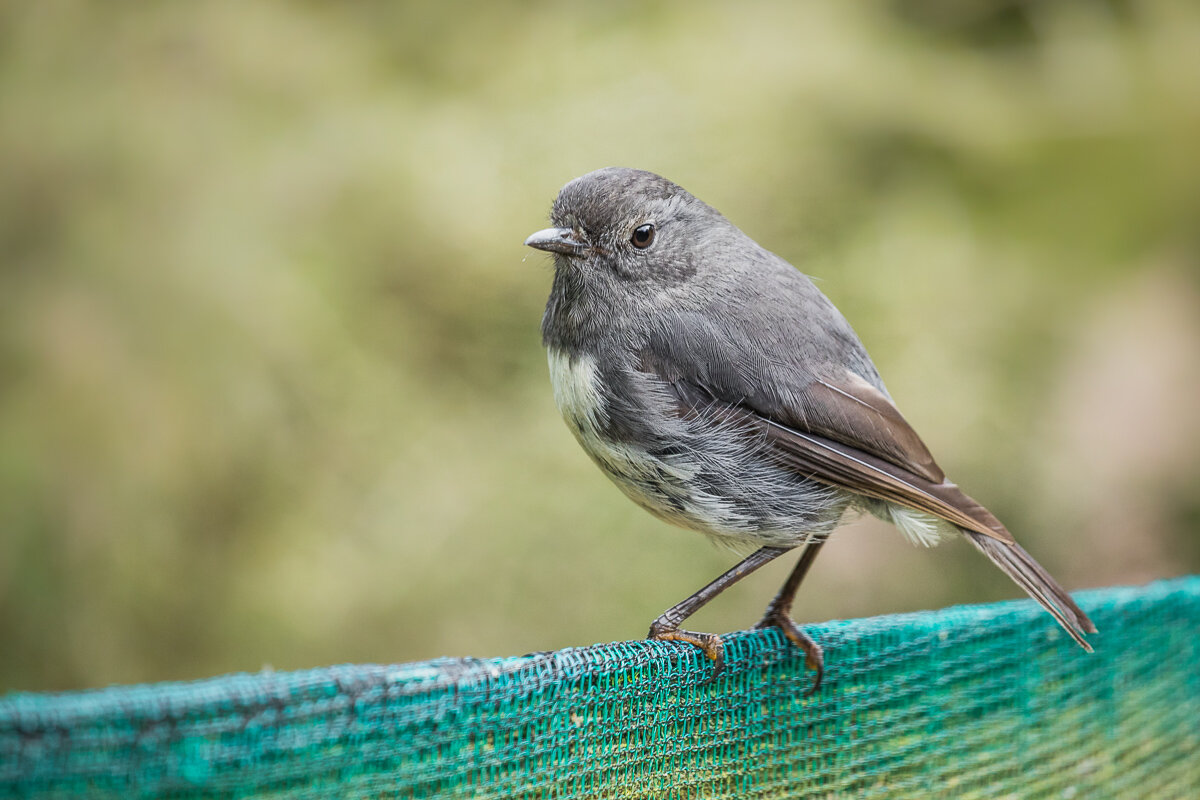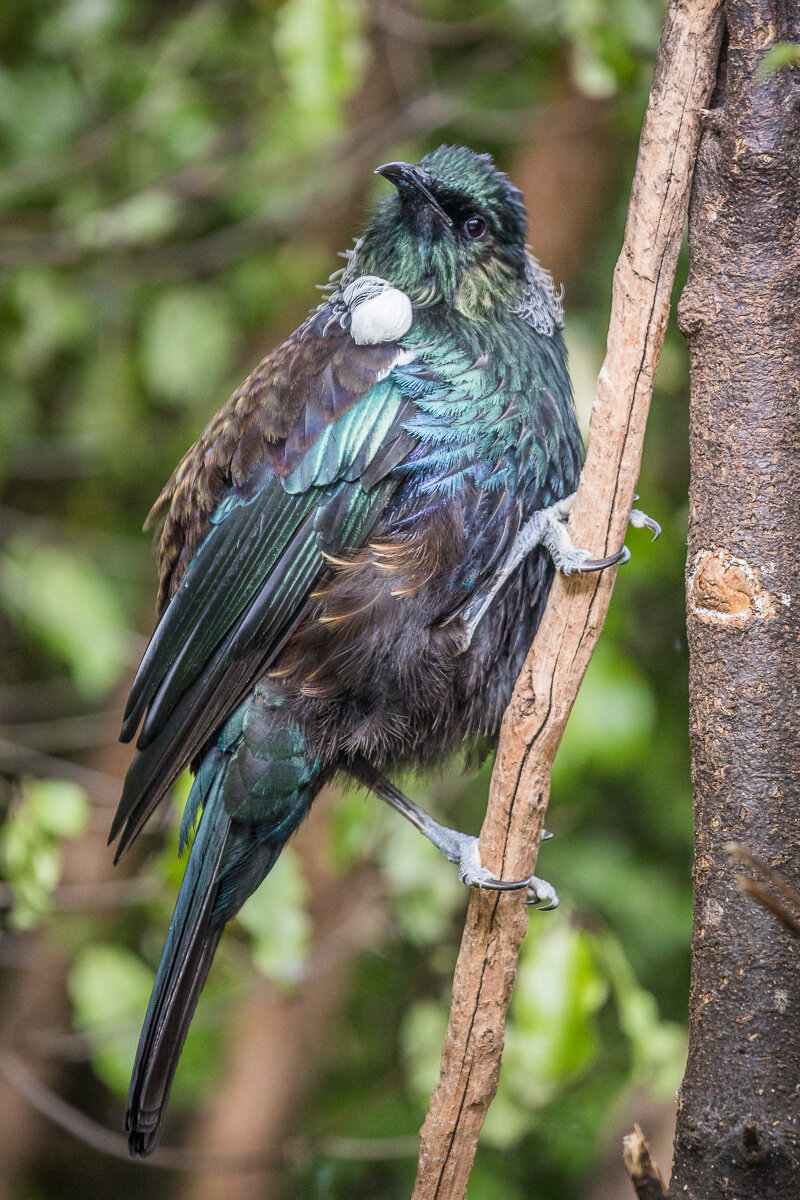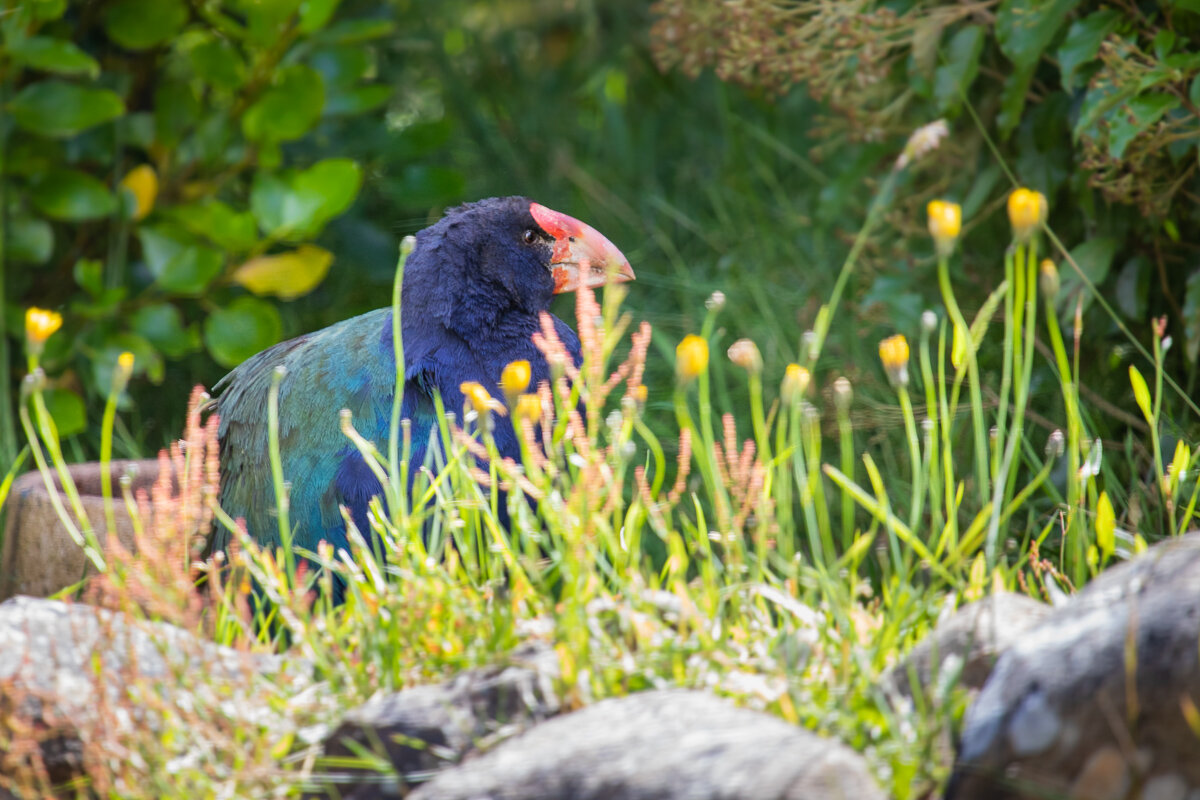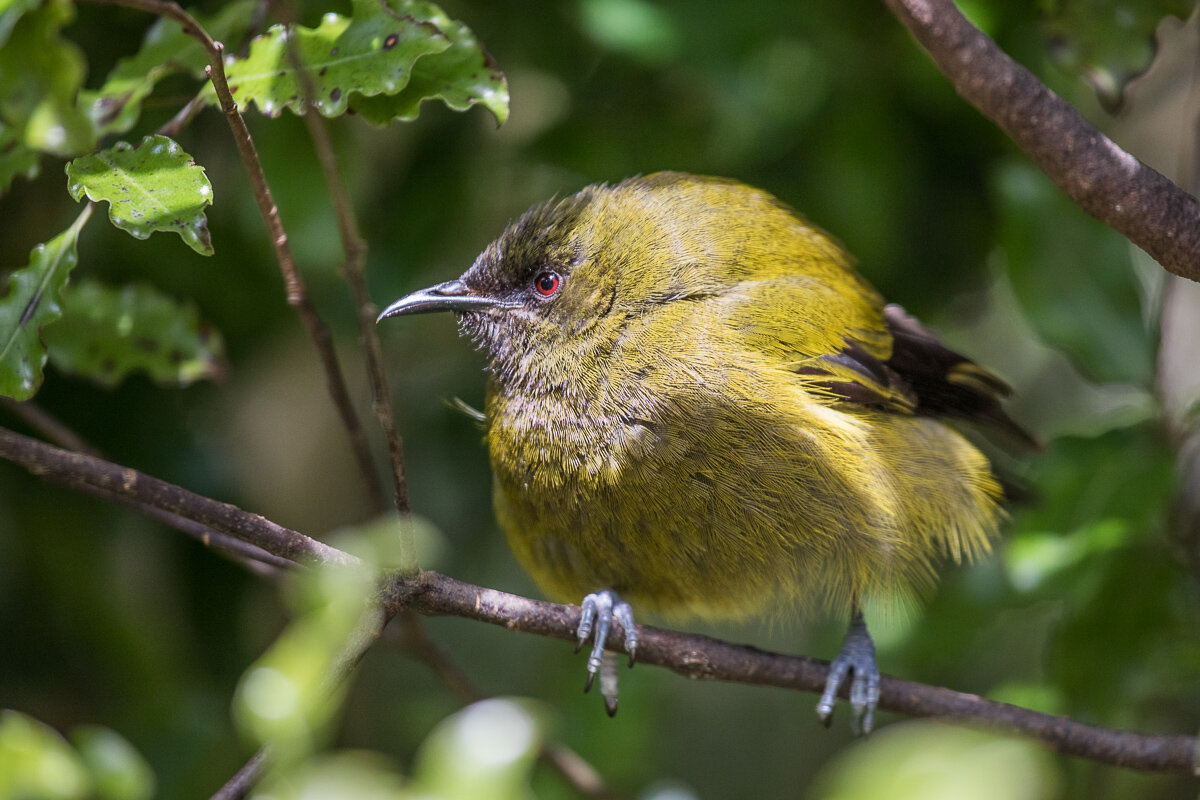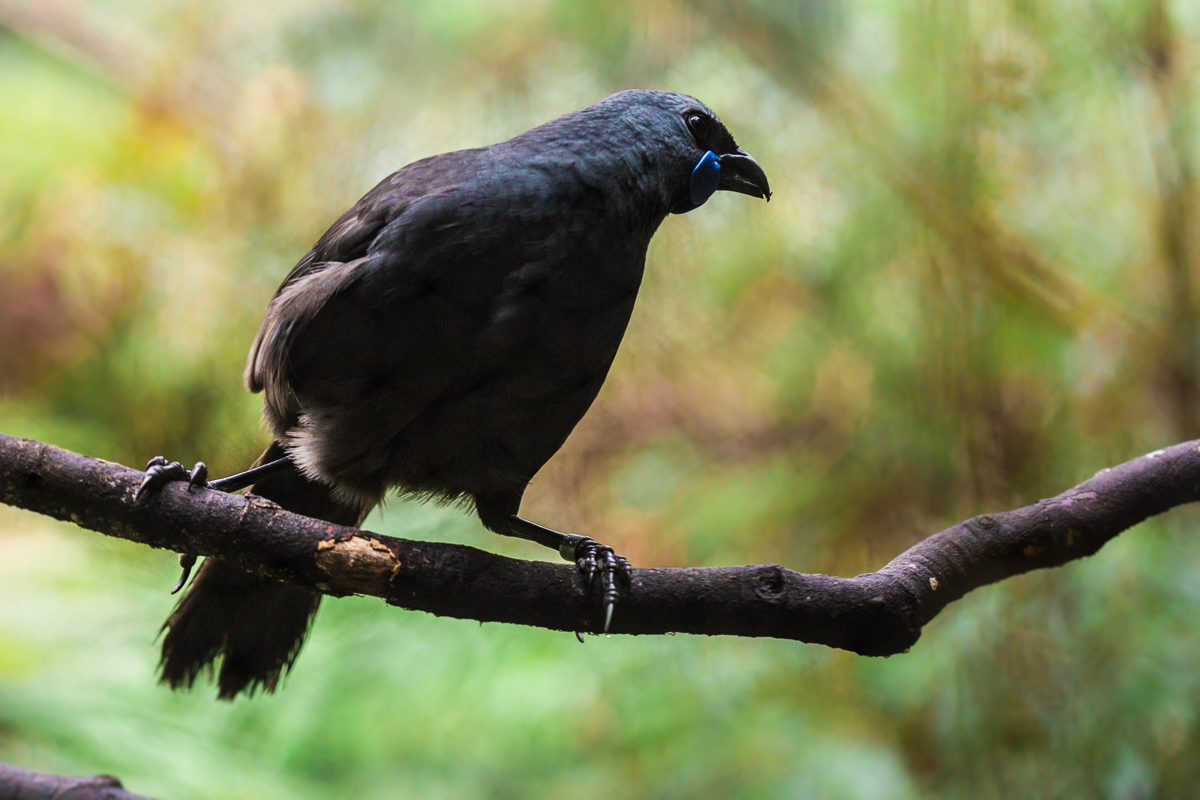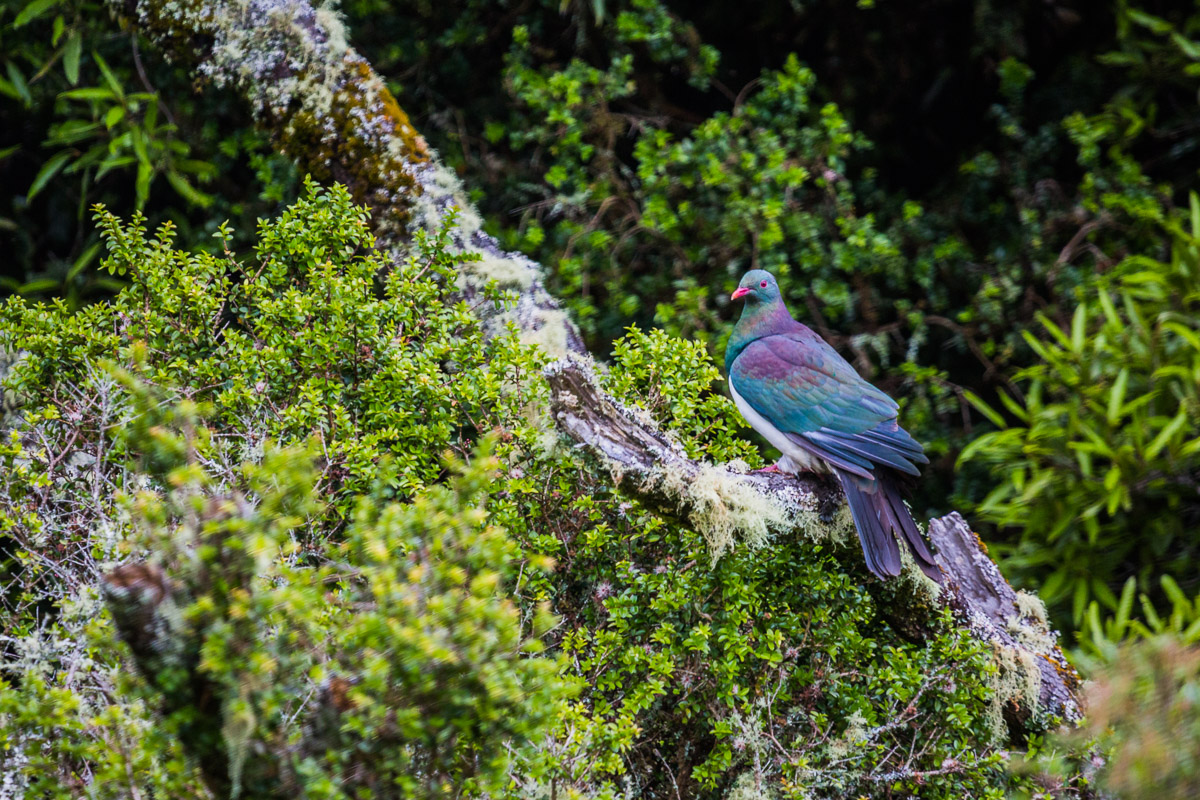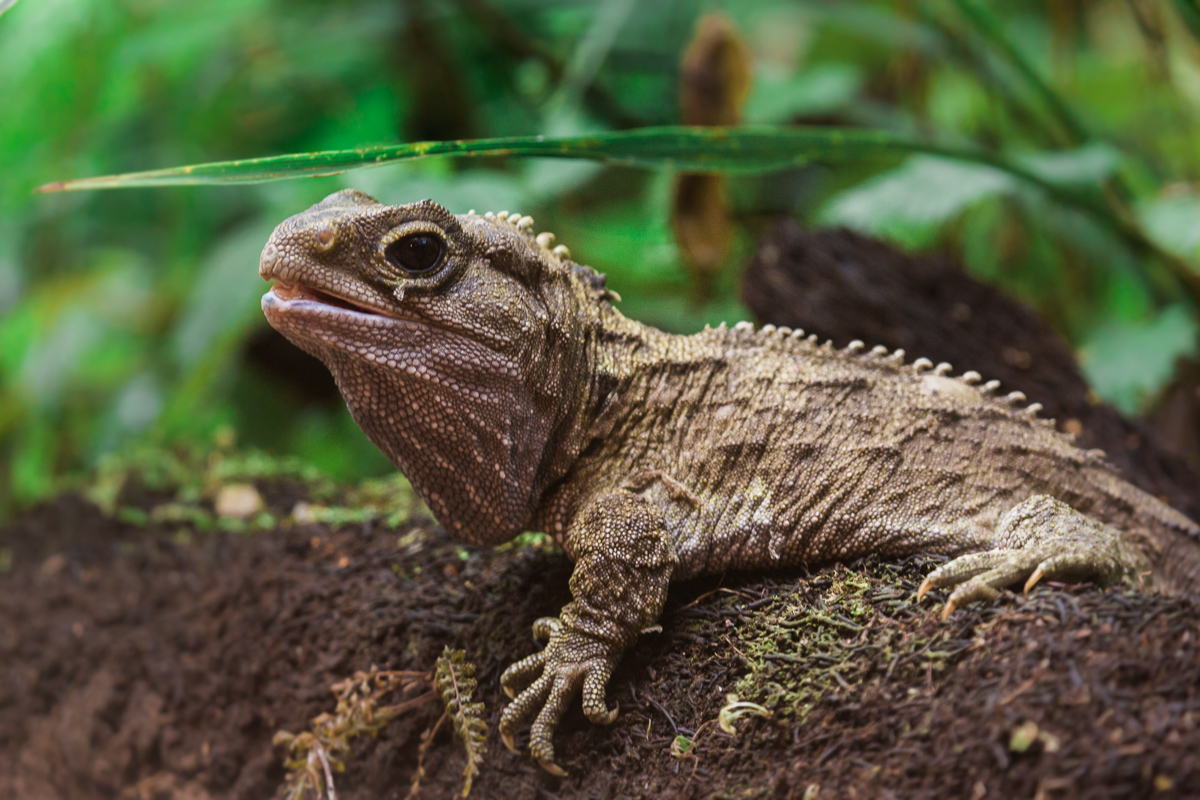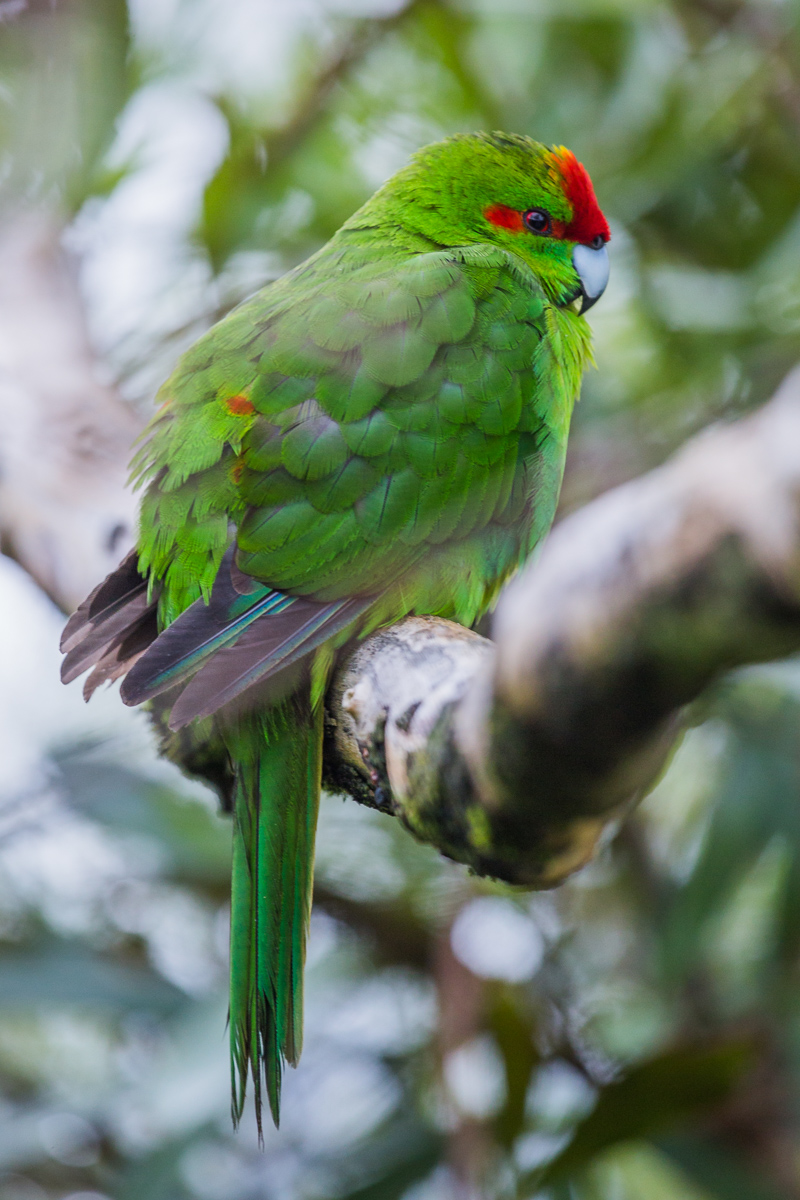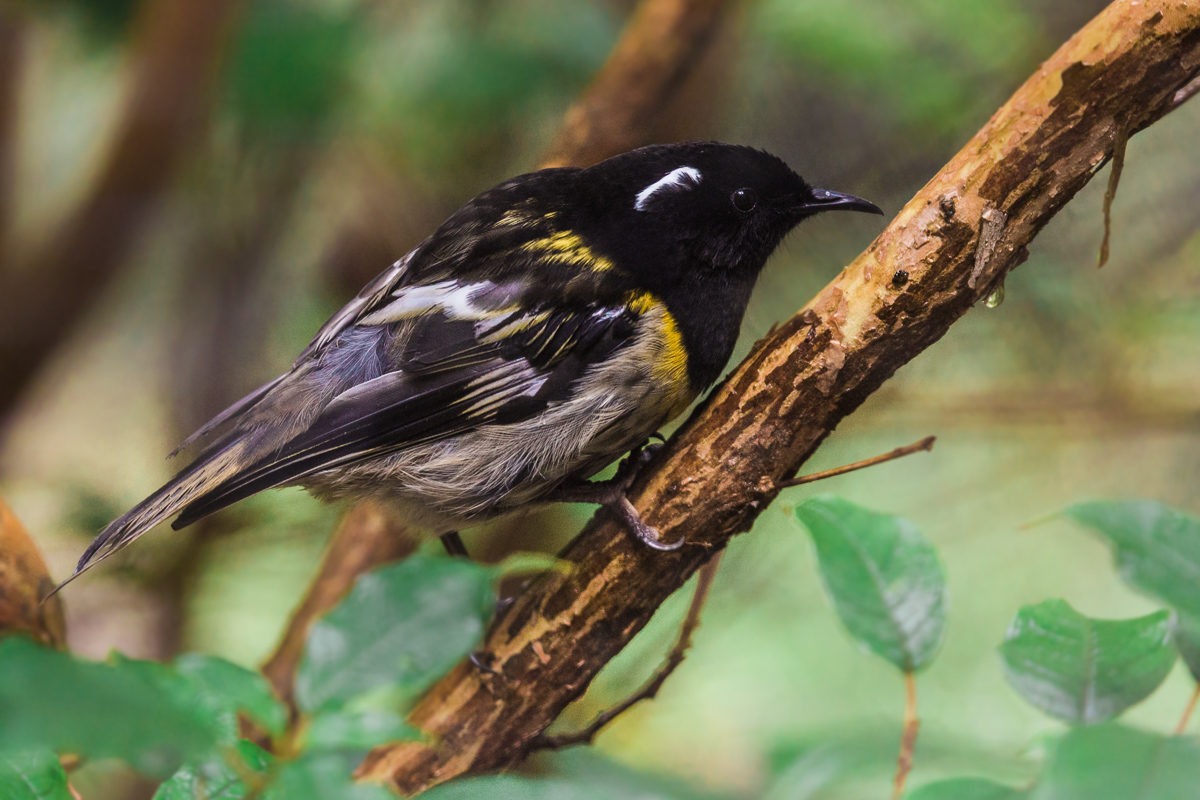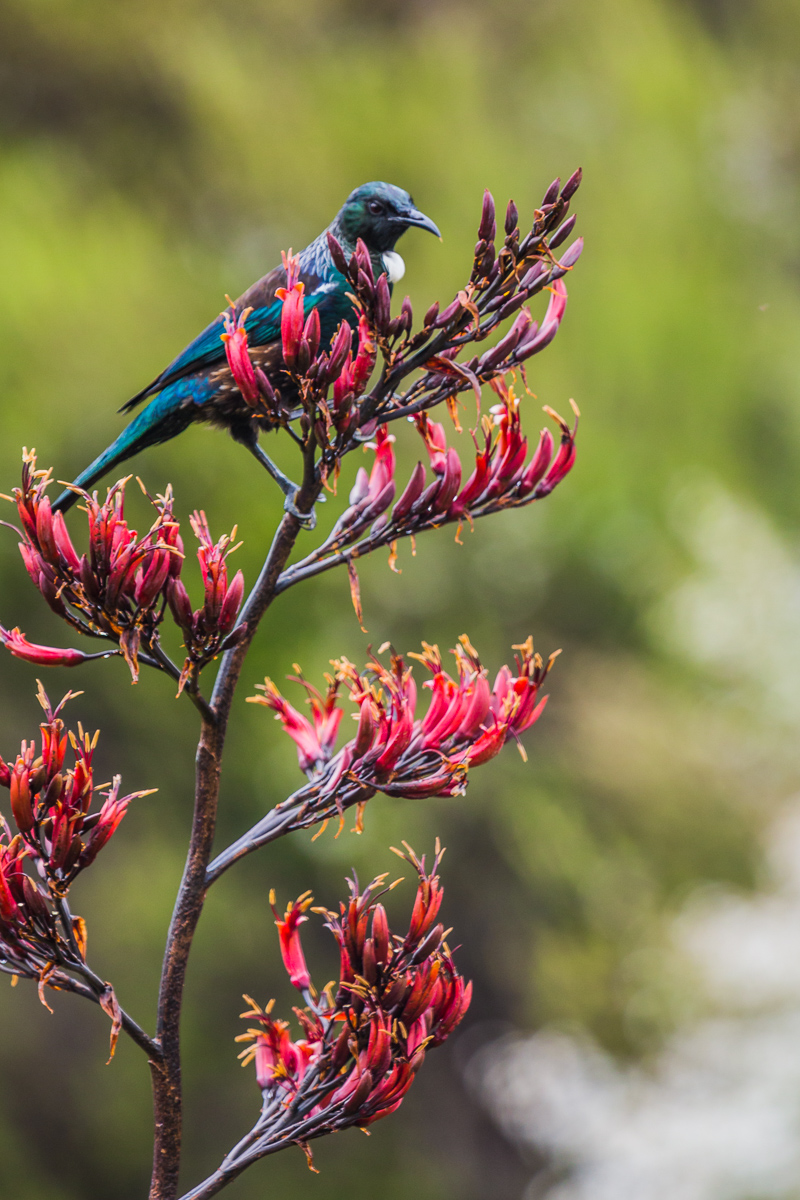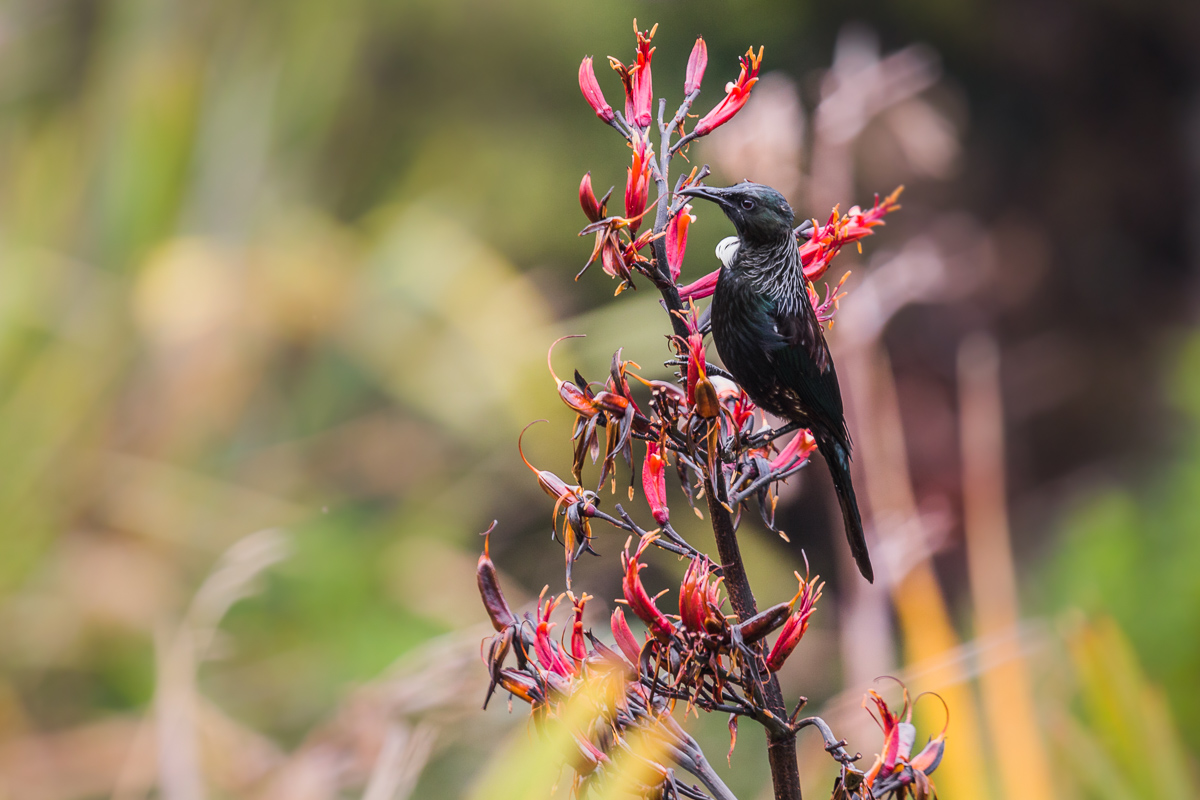In Kings Canyon National Park, I had the privilege of photographing the chipmunks, American robins, Western Bluebirds, and White-headed woodpeckers that inhabit the park’s forests. The forests at this park offered some really incredible lighting for some of the images - particularly the contrasted side lighting in the chipmunk images I am sharing here. Join me through a little walk in the woods where we encounter a range of inhabitants of this beautiful valley…
birds
Animals in the Woods
Of course, there is even more to the National Parks than just incredible landscapes - there are also its many inhabitants. On my visit to Sequoia National Park, I photographed quite a few animals we saw along the way: chipmunks, squirrels, mule deer, and even a white-headed woodpecker. The early morning light also makes for great wildlife photography, casting a soft glow on the subjects. See if you can tell which photos were taken earlier in the day and which were taken under harsher afternoon light.
An Oasis Full of Birds
Fortynine Palms Oasis in Joshua Tree National Park, which I featured in my last blog post, is a rare and special place where desert wildlife unexpectedly thrives. One of the highlights of the oasis is the diverse range of bird species that call it home. Some of the most common include the Cactus Wren, which is known for its distinctive cactus-like nest, and the Black-throated Sparrow, which is often heard before it is seen due to its melodious song. I was also incredibly lucky to spot a kestrel amongst the fronds of the Californian fan palms, but didn’t get a good enough shot!
Paradise in the Desert
The Fortynine Palms Oasis is a natural oasis in the Mojave Desert, located in the lesser-known northern part of Joshua Tree National Park in Southern California. The oasis is named after the forty-nine Washingtonia filifera palm trees that are found there. These palm trees thrive in the desert environment and can grow up to 75 feet tall. The oasis has been used by various Native American tribes, such as the Serrano and Chemehuevi, for thousands of years as a source of water, shelter, and food. In the early 1900s, gold miners established a camp at the oasis and built a few structures that can still be seen today. Today, it is a protected area of the park and its water levels are carefully managed in order to conserve this incredible habitat.
Nature's Avian Architects
This week, I share photos of the weavers at San Diego Zoo, namely the Taveta Golden-Weaver and the Baglafecht Weaver. Both species are native to the grasslands of Africa and are known for their intricate nests and bright yellow feathers. In building their nests, males carefully assemble long blades of grass in an attempt to capture the attention of a mate. No two nests are exactly the same: the individual fibers and leaves chosen for in their construction affect the look and feel of the resulting nest.
Africa Rocks Aviary at San Diego Zoo
It’s time for another big life change - we’ve made the move from San Diego in California to Baltimore, for a new postdoctoral position I’ve taken up. As we take the time to settle into a new city and get accustomed to our new surroundings, I will take the next couple of weeks to share some photos from my archives. In particular, I am excited to share some animal photography from the world-famous San Diego Zoo, where I spent many sunny days chasing birds with my telephoto lens. This weekend, I am sharing images from the African Rocks Aviary, featuring an assortment of species that inhabit the African continent, from the elegant North Carmine bee-eater to the oddly-named red-cheeked cordonbleu.
Memories of Sunnier Summer Days
Brrr! It sure has been cold outside these days! (For those of you who are not in the US, much of the country has been facing some serious ice storms this week). Although I do love the cold - and especially the snow -, I thought it might be a good idea to share some images of a warmer summer day at La Jolla Cove in San Diego. So, huddle up in your warmest layers and join me as I share some images of the incredible marine life of California, including sea lions, pelicans, cormorants, and even an osprey.
Sea Lions and Friends
Another highlight of La Jolla is the local colony of California sea lions, which bask among the crowds of (almost perfectly evenly spaced) cormorants. The easiest way to tell them apart from the Pacific harbor seals which also inhabit these shores is to look at their ears: sea lions have ear flaps, whereas seals have only holes with no pinnae. Additionally, while sea lions live in La Jolla’s beaches year-round, seals are only seen there in large numbers in the winter.
In this blog post, I share a few photos of these amazing pinnipeds, as well as some of the feathered friends they share their habitats with. Enjoy!
Pelicans at La Jolla
There’s something so captivating about the highly contrasted golden light that follows a dramatic sunrise. Following on from my previous post, where I shared some images of the cormorant colonies at La Jolla Cove, this week I want to showcase this stunning light on the local California brown pelicans.
The birding enthusiasts among you will quickly note that these birds are not in breeding plumage. This visit was late in the summer, after the chicks were fully fledged and looking almost indistinguishable from the adults. However, I have plans to return in January next year to see them in all their breeding plumage splendour. Here’s to hoping that the stunning light makes up for their drab feathers this time!
Last Stop in Aotearoa
The Nelson Lakes National Park was the final destination on our travels through the South Island of New Zealand. The region is known for its large lakes with crystalline waters. In the winter, it also serves as a ski destination, nestled perfectly between the lakes and the surrounding alps. An excellent way to end our time in Aotearoa, and one of the very final places we had left to see here.
Keep an eye out for my blog posts over the next few weeks to see what I’ve been up to since moving all the way from New Zealand to the United States!
West Coast Wildlife
New Zealand’s West Coast is full of opportunities to observe the local wildlife - from the friendly South Island robins and curious weka, to crowded colonies of New Zealand fur seals. In this blog post, I have gathered only a few of my images of the fauna that inhabit this special corner of Aotearoa.
Pancake Rocks and Their Inhabitants
These rock formations in New Zealand’s West Coast are, of course, named after their looks - they look like stacked rounded layers somewhat resembling pancakes. Pancake Rocks even boasts a suitably-themed pancake-serving café near the entrance to the park. I visited on a stormy evening and, although the weather left much to be desired, the white-fronted terns (Sterna striata) that inhabit this location more than made up for the moody skies.
Kotuku Breeding Colony
The Kotuku, or White Heron (Egreta alba modesta), is commonly found across Oceania and Asia. However, they are not usually seen in their plumage, where they gain exaggerated wing feathers and a blue tint to their faces. There is only a single breeding colony of White Herons in New Zealand, located in the Waitangiroto Nature Reserve. Access is only possible with a guided White Heron Sanctuary Tour, as the land is under protection of the Department of Conservation. The tour is certainly worth it, as it is a pretty guaranteed way to view dozens of Kotuku pairs courting, nesting, and tending to their chicks. We were there during peak courtship time, and so also caught the full spectacle of the species’ breeding plumage. Our visit took place in mid-morning, meaning light was a bit harsh, although that did make for some very dramatic images.
Cute Little Visitor
Female tomtits have adorable disproportionately large heads for their minscule bodies. I was fortunate enough to spend some days living right next to a pair of these beautiful birds during my visit to Franz Josef village, and the female would often bring about new nesting material. Watching her hop from tree to tree through my telephoto lens was a great way to spend a lazy afternoon!
Animals of Serra da Capivara
Time for something a little different! This month, I am featuring the Serra da Capivara National Park, in the northeast of Brazil, over five weekend posts. This UNESCO World Heritage Site is of great interest to geologists, anthropologists, and animal behaviour scientists. It houses some of the oldest cave paintings in South America, and, for the animal enthusiasts among us, a tool-using population of capuchin monkeys. In this first blog post, I share some of the fauna inhabiting the park, including these clever primates. I was even lucky enough to watch them crack nuts with rocks for several minutes, and caught a couple of images of this behaviour too.

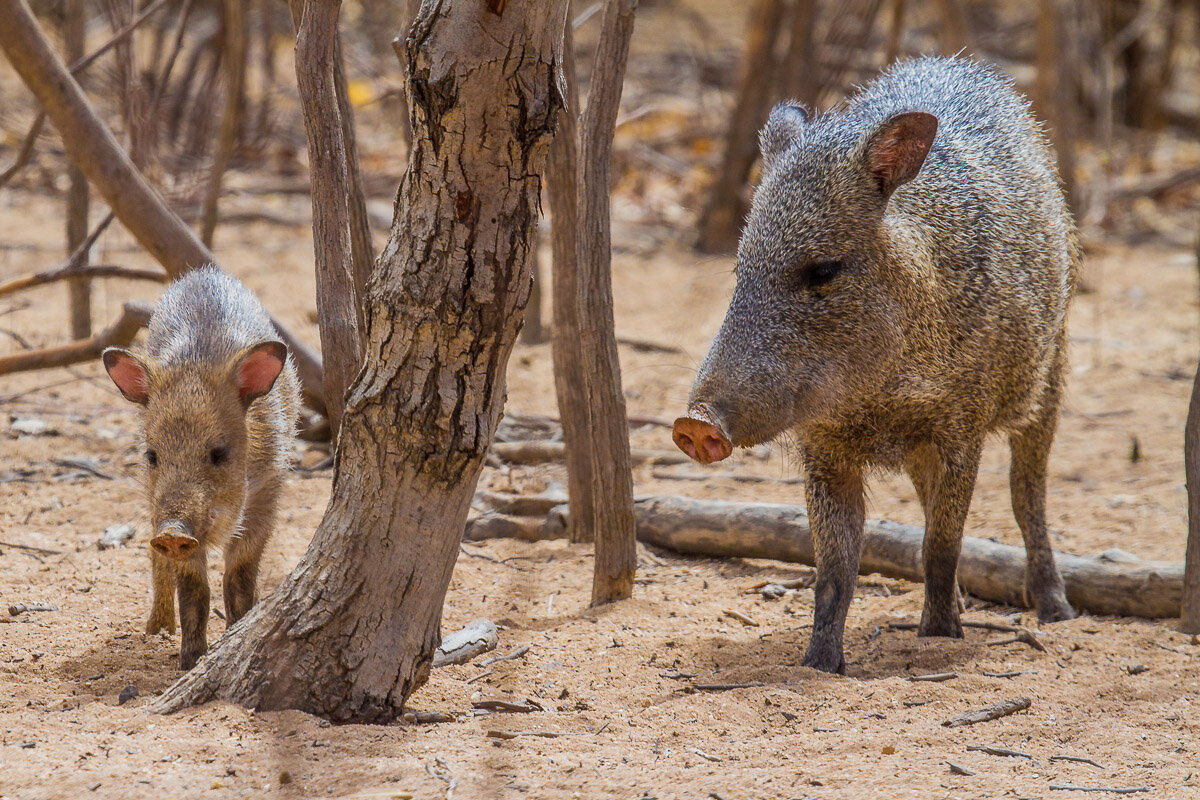
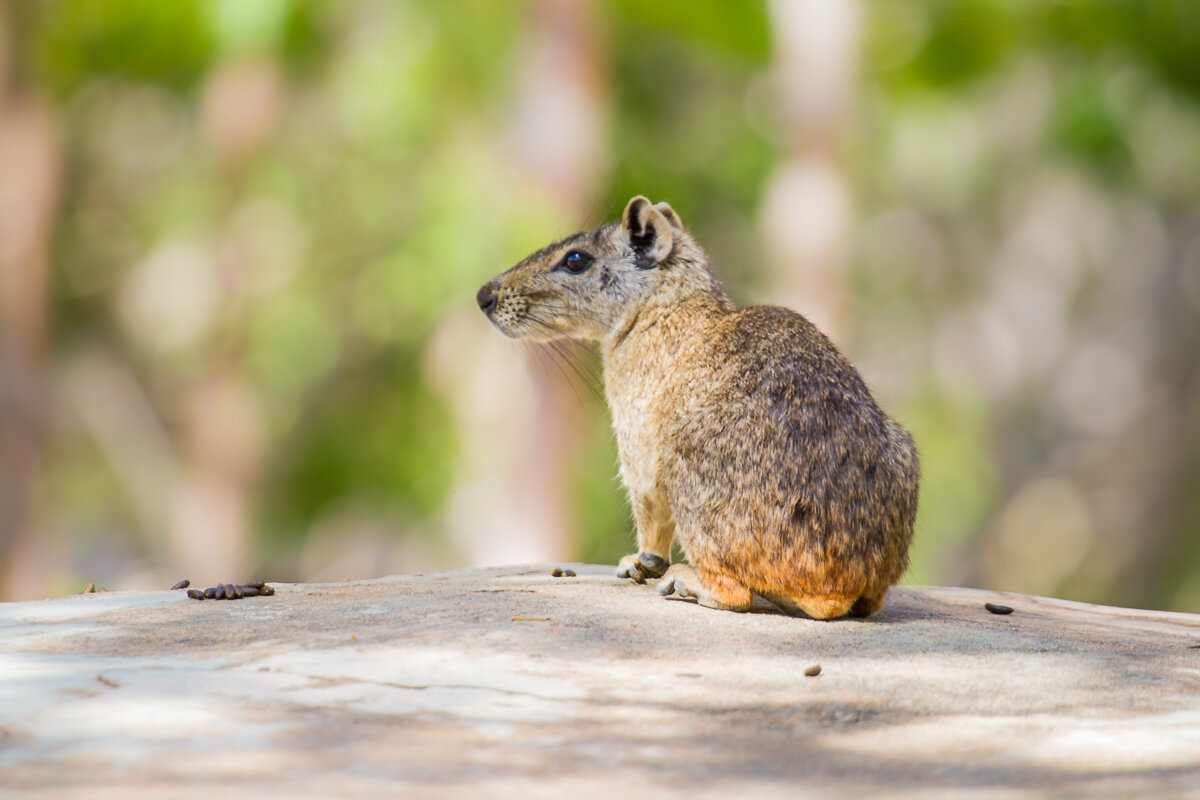
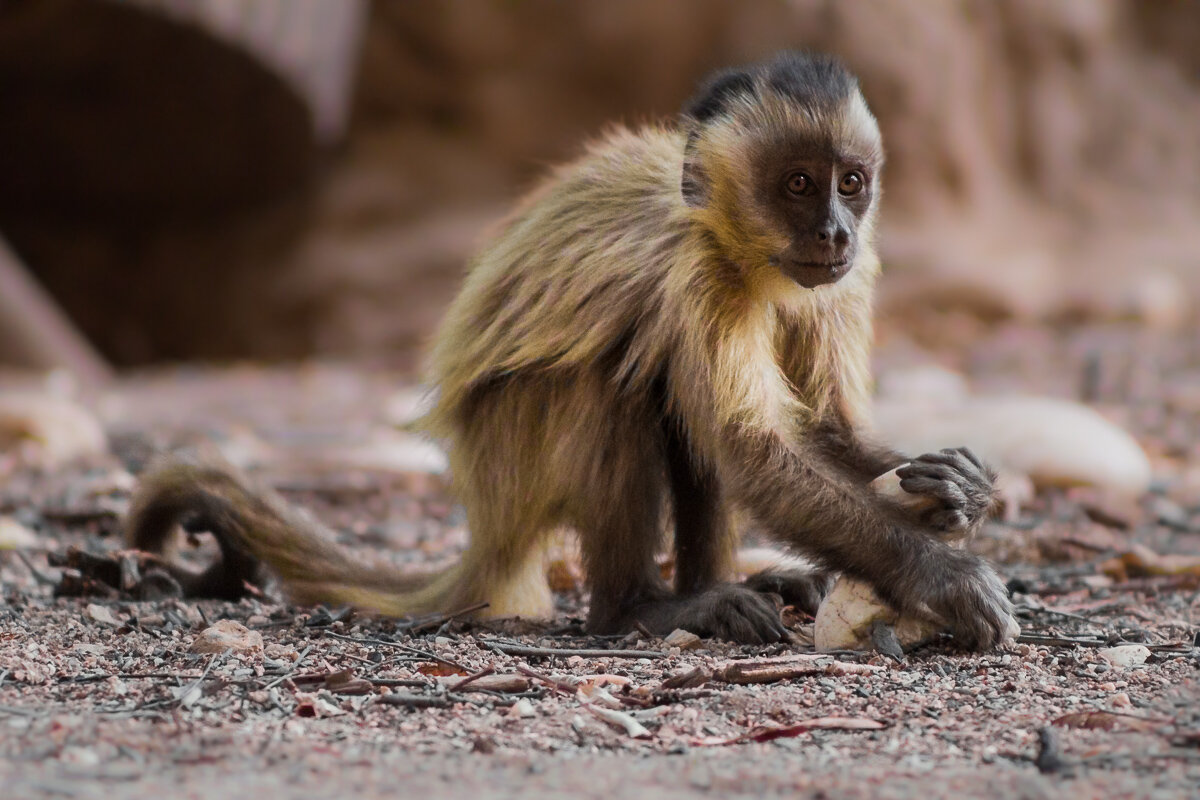
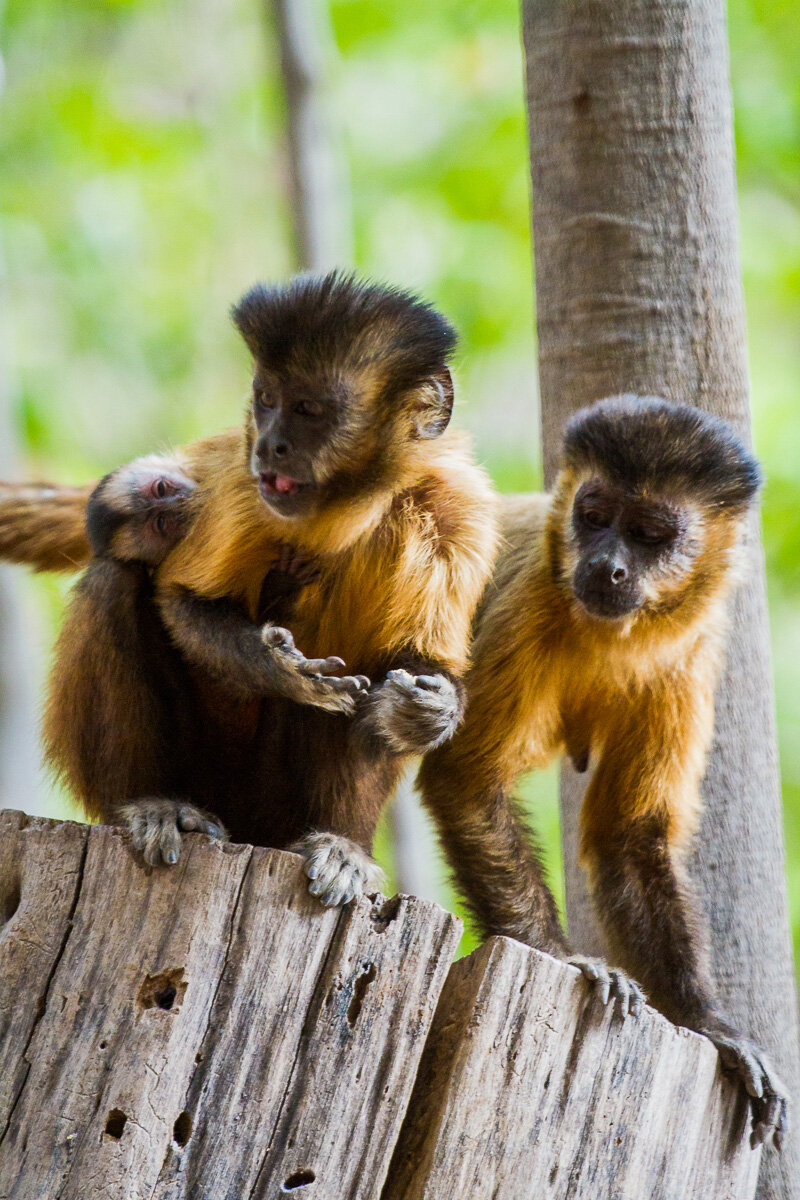
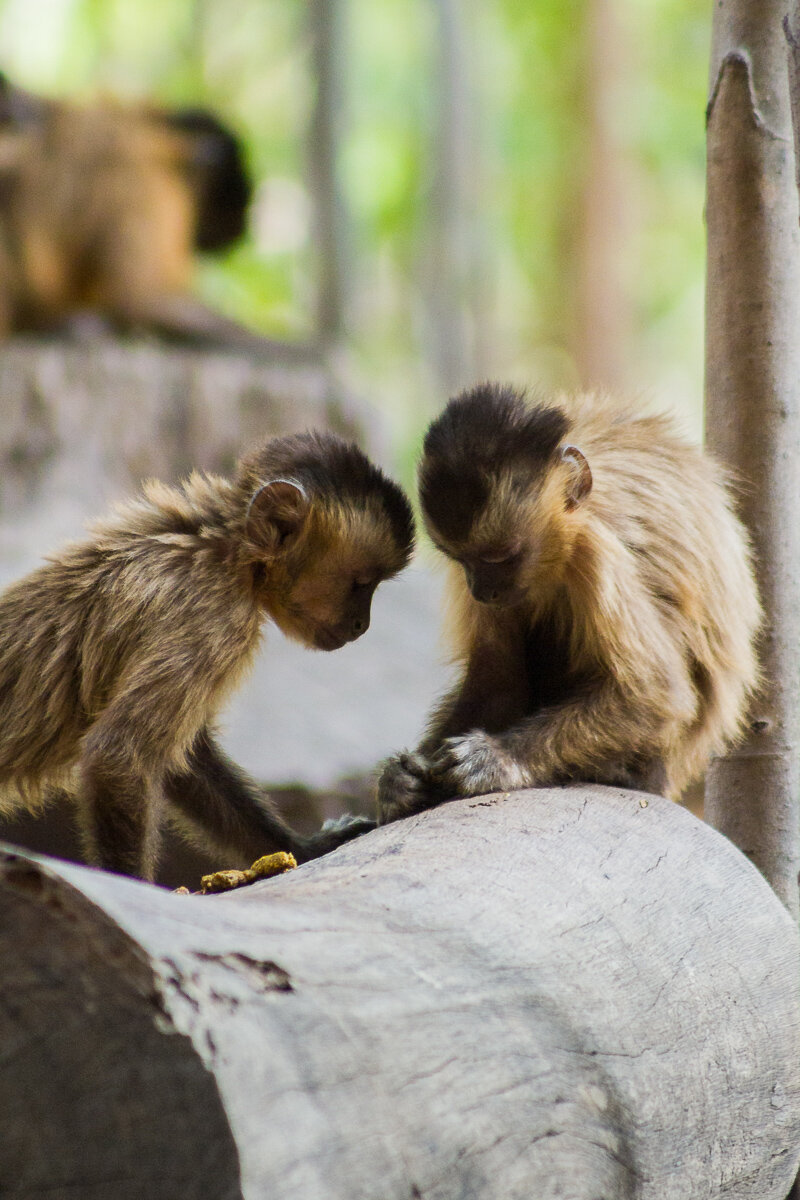

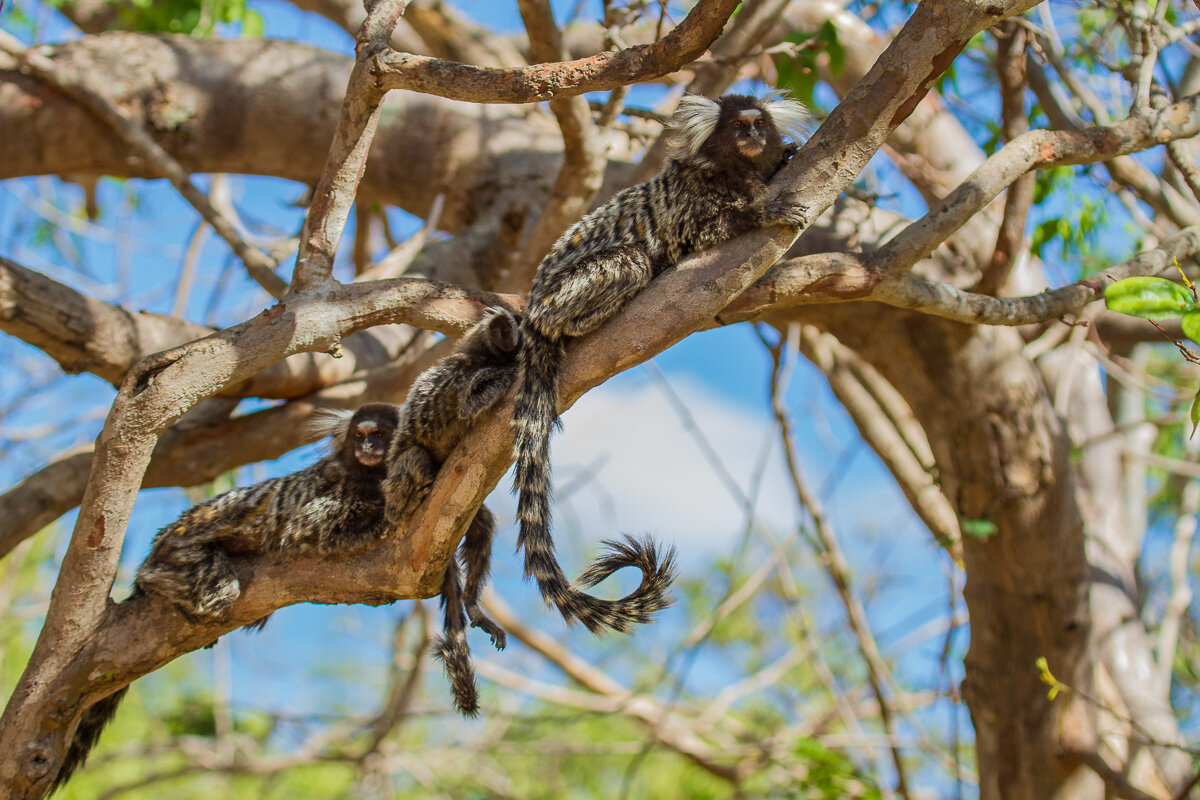
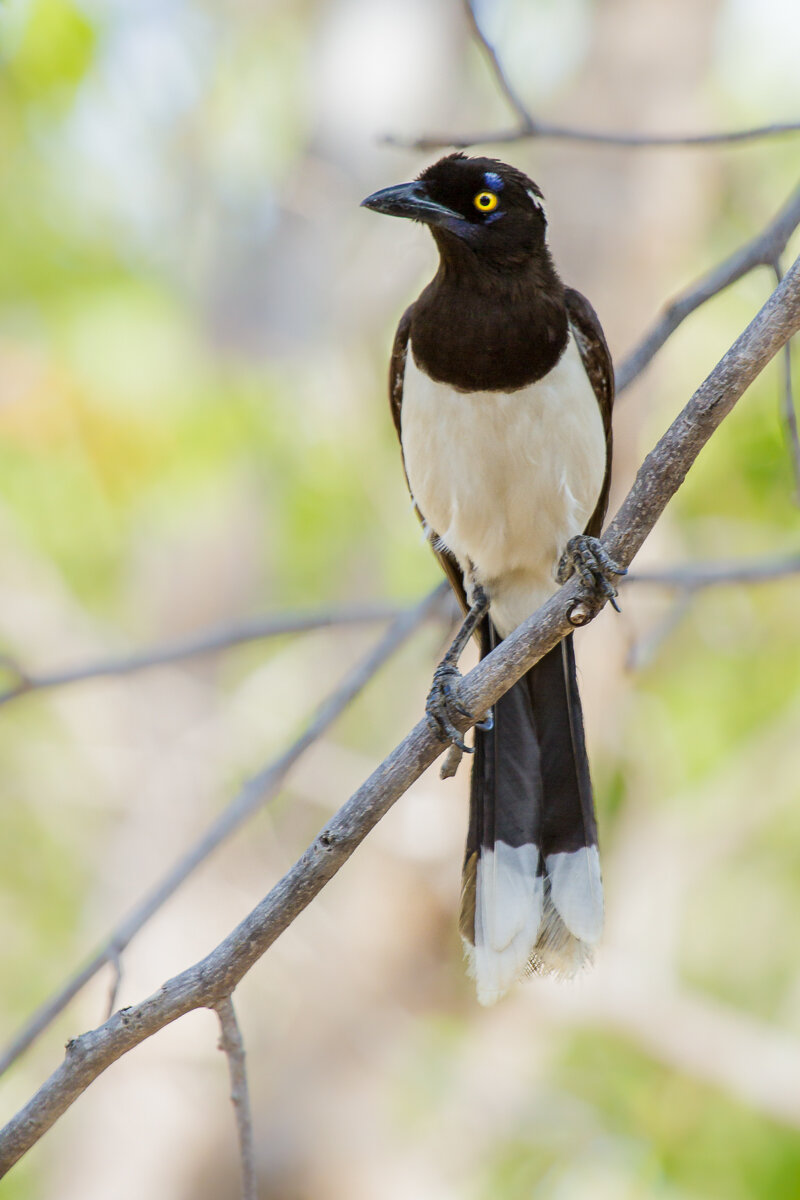
Birds of New Caledonia
One of the perks of my work is that I get to visit some beautiful places and get to see some amazing animal species. For three years, I visited New Caledonia to work with the incredible New Caledonian crows, a species that crafts and uses sticks and hooks as tools to extract grubs from rotten tree trunks. Here are some images of these crows, and a couple other endemic bird species that can be seen in the Grande-Terre island.
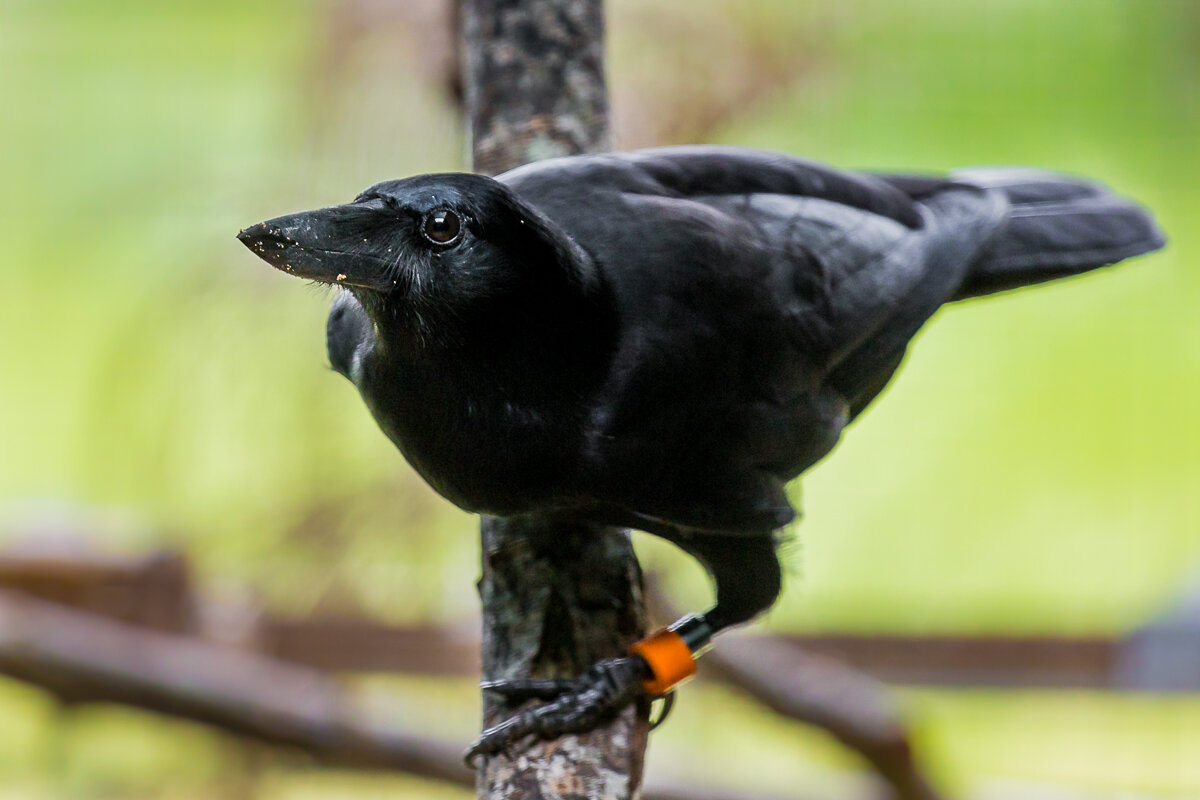

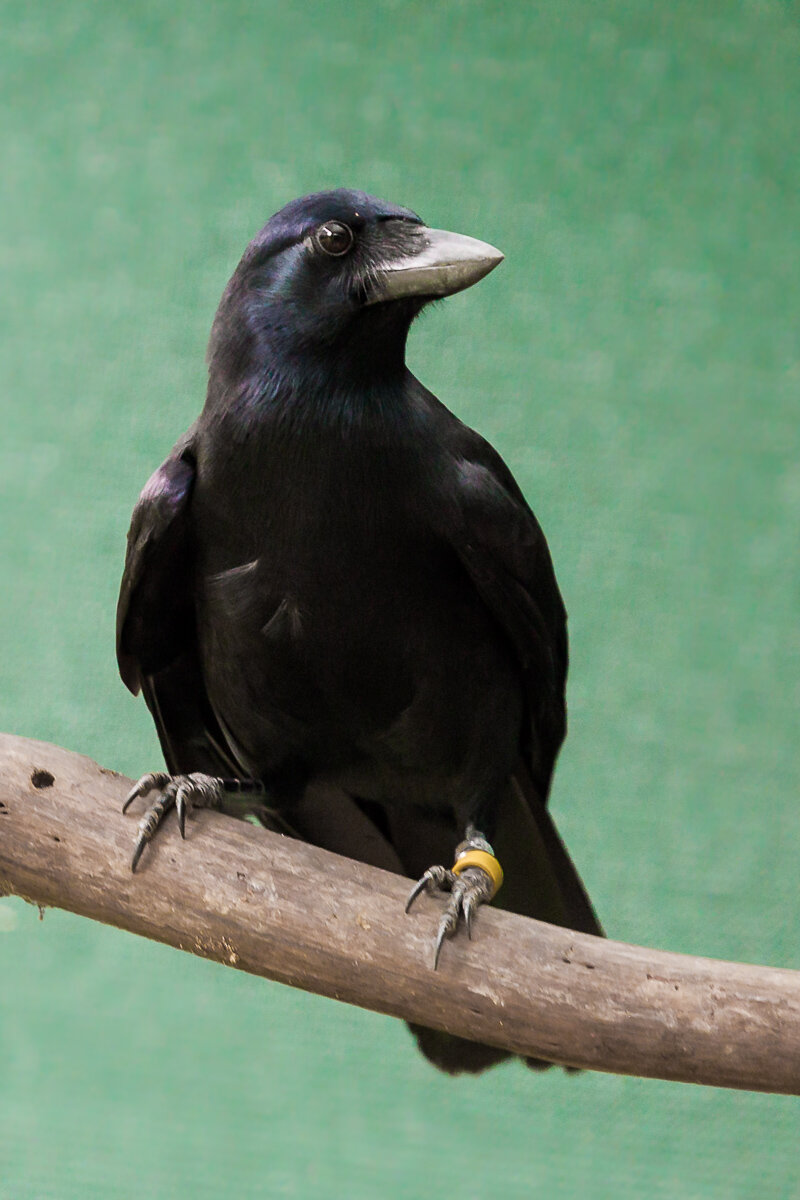


Birdwatching at Sea
During a whale-watching cruise in Kaikoura, I photographed a number of seabird species that inhabit these coasts. Some of those migrate long distances each year, going as far as Antarctica. Here, I share some images of the Cape petrel, Northern giant petrel, Southern giant petrel, and the Subantarctic Black-browed Albatross. You can find more information about these birds at the Albatross Encounter Kaikoura website.
Birds of Dunedin
Dunedin, the so-called wildlife capital of New Zealand, is an excellent place to go birdwatching, especially seabirds. This is the home to Taiaroa Head, the world’s only mainland breeding colony of royal albatross. I paid a visit to the Royal Albatross Centre to see these magnificent animals up close, and although it was not the right time to spot chicks, it was still incredible to see these giants take flight so close by.
Orokonui Ecosanctuary
The Orokonui Ecosanctuary in Dunedin is an excellent place to meet some of New Zealand’s most charismatic bird species. This is an open natural reserve where endemic birds can live and breed in a large predator-free area. There are also plenty of bird feeders to supplement the birds’ diets. The many walks at the sanctuary can easily provide a whole day’s worth of birdwatching, and are definitely worth a visit.
Pukaha Mount Bruce Wildlife Centre
The Pukaha Mount Bruce Wildlife Centre is located in the region of Wairarapa. It houses a wide range of native New Zealand birds, including the rare kokako and takahe. It was a lovely afternoon stop on a cloudy day.
Here are some images of the New Zealand fauna which can be seen at the sanctuary.

